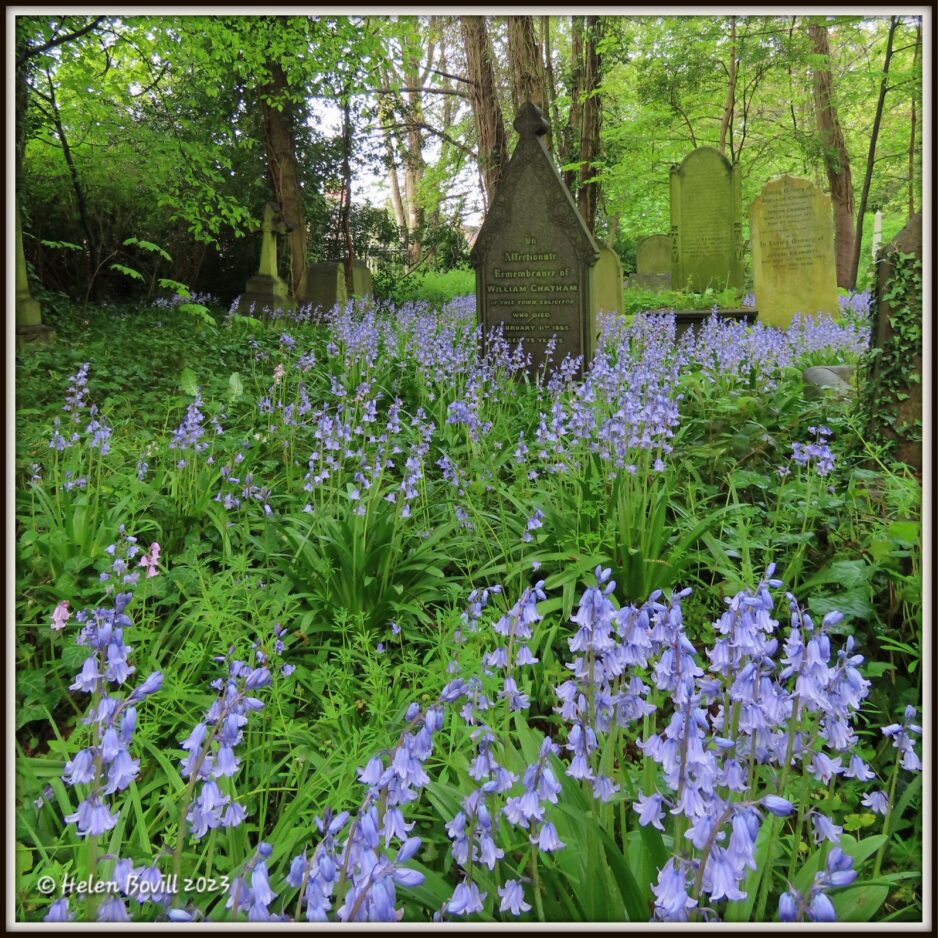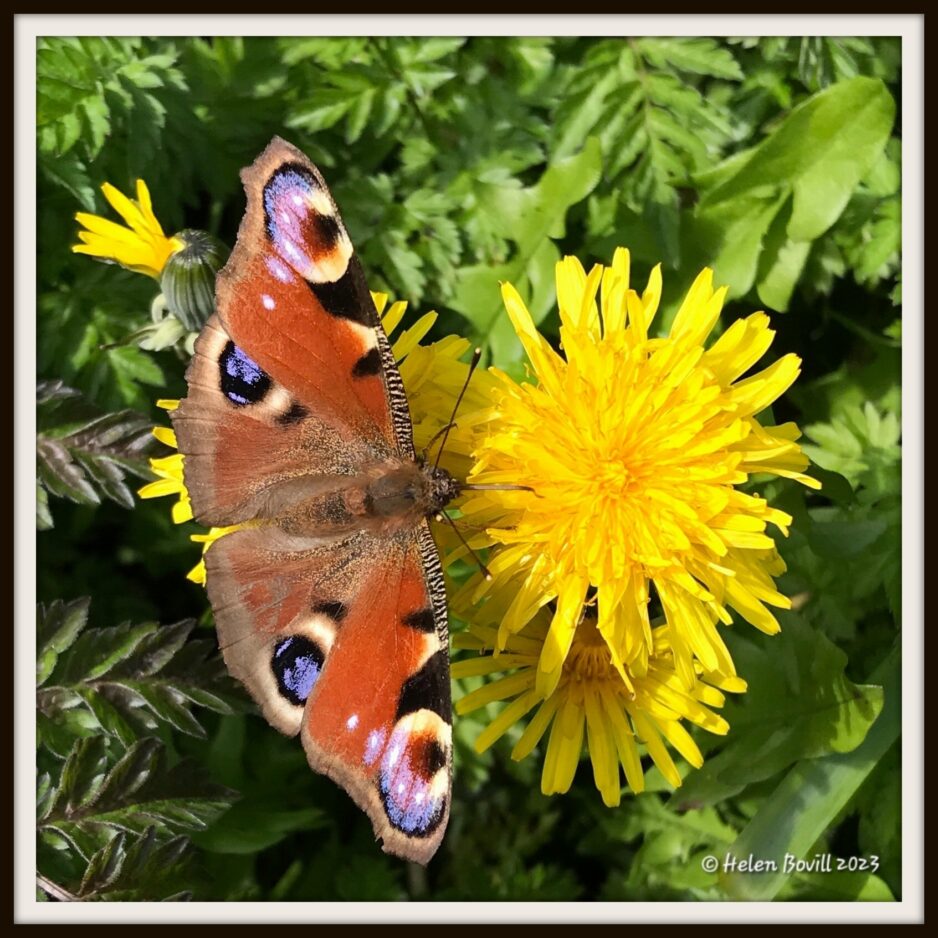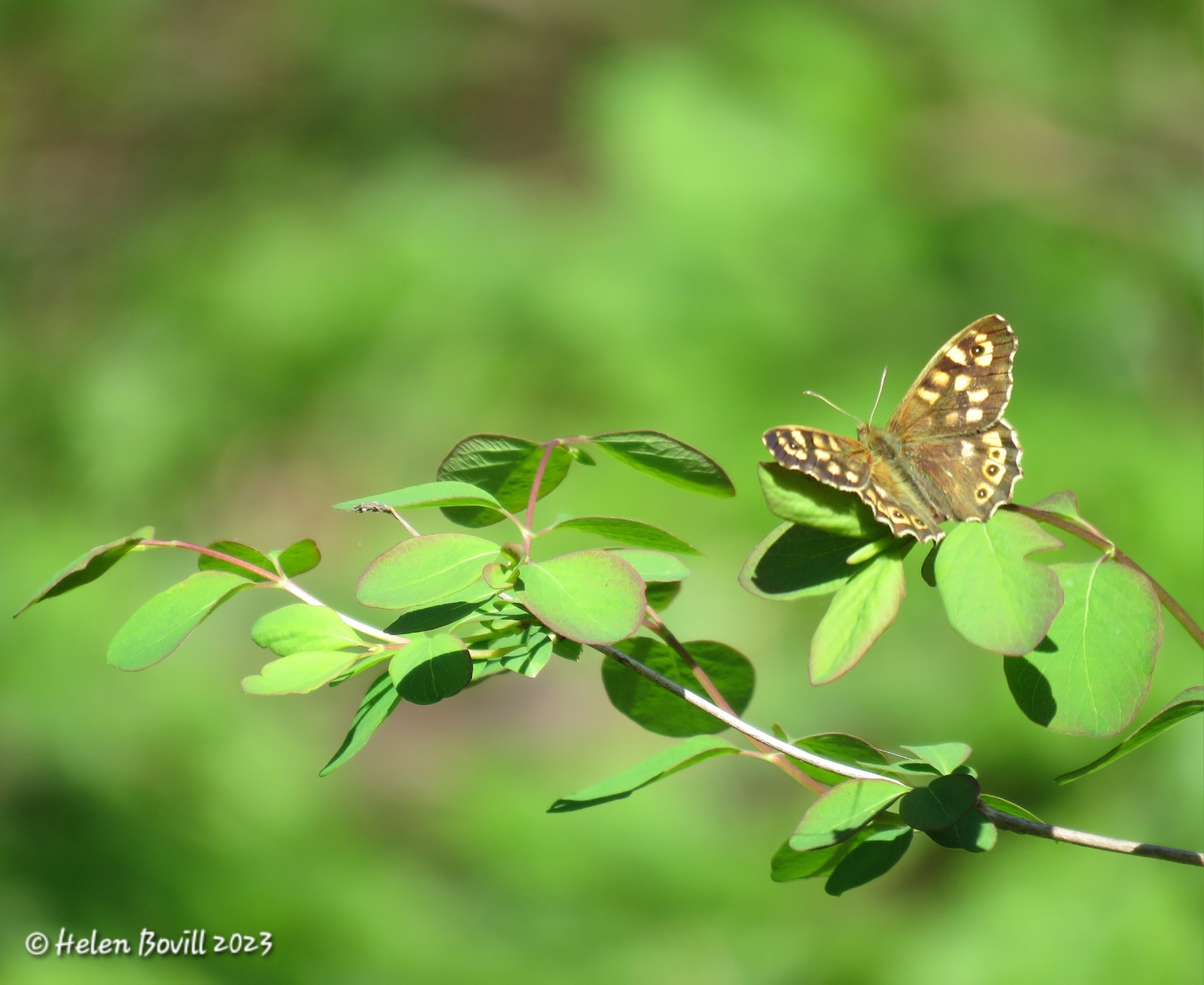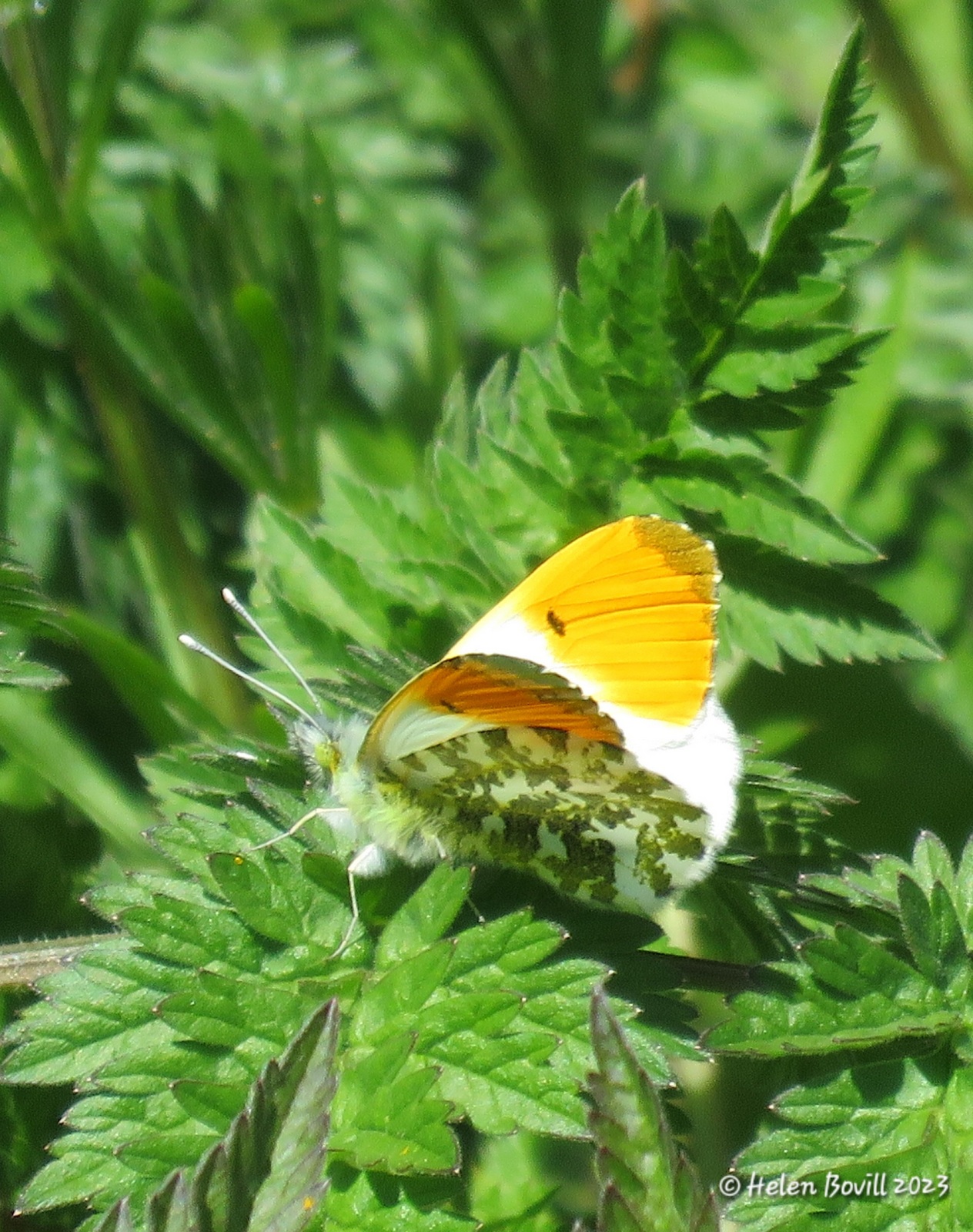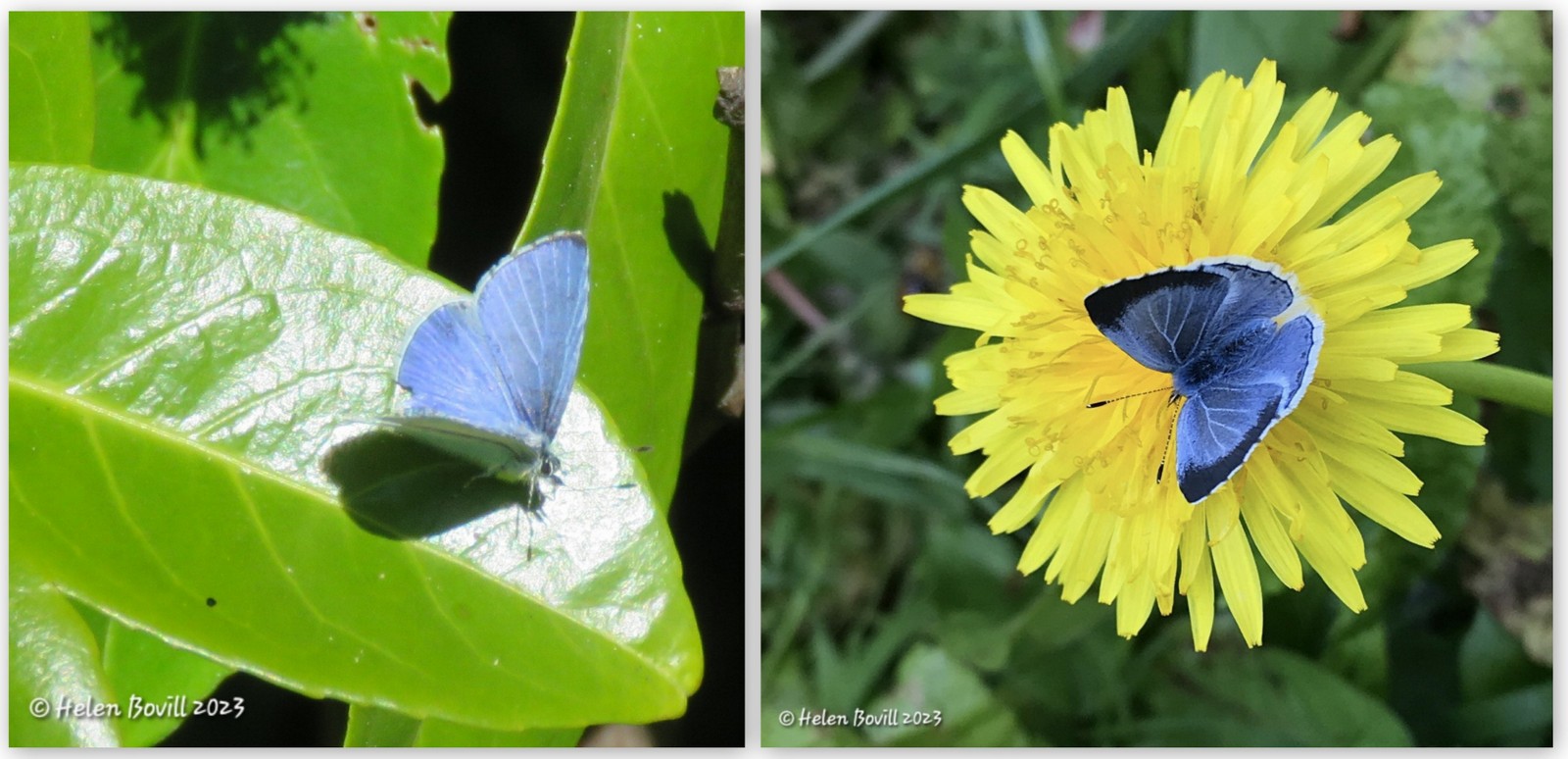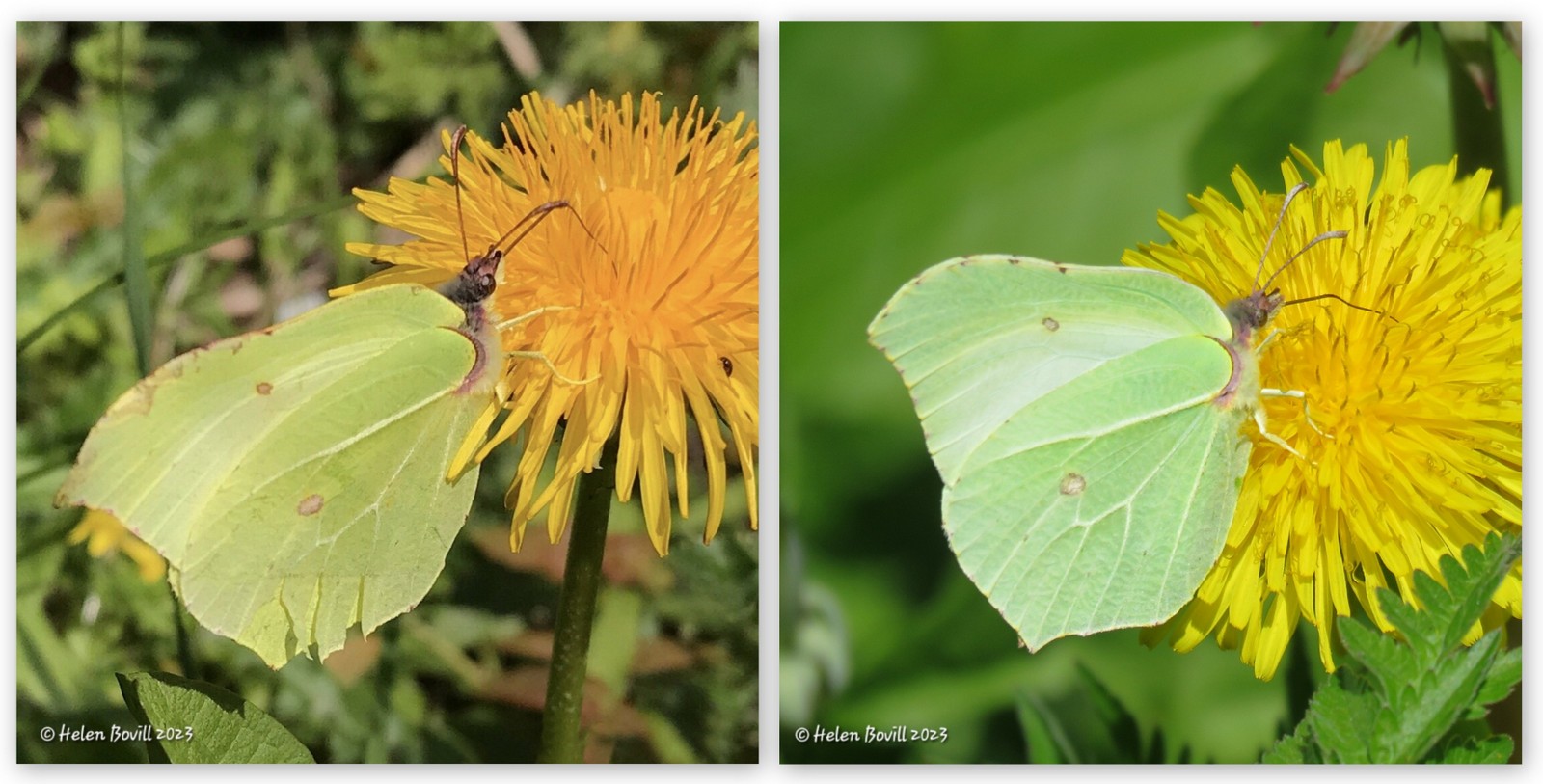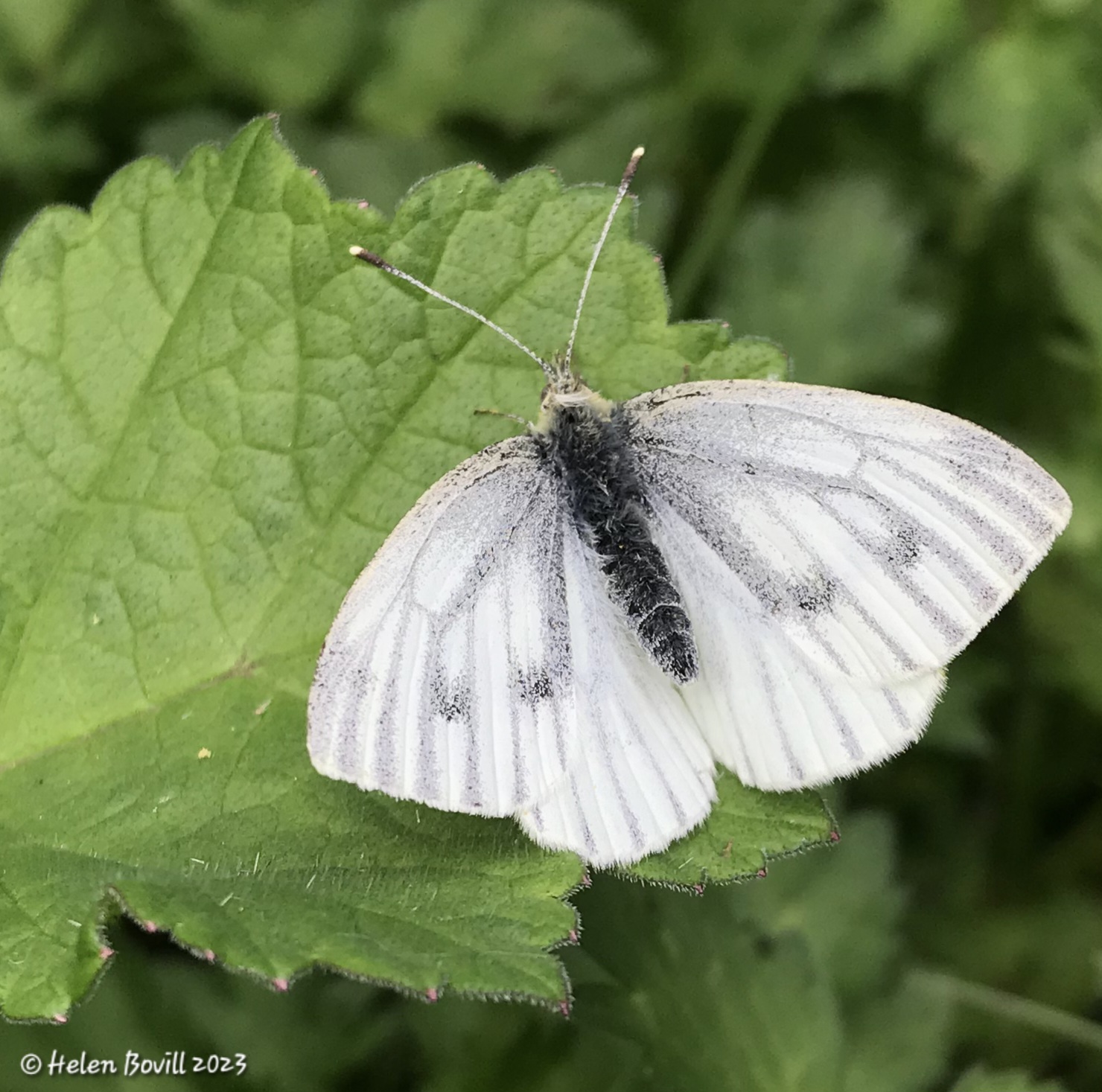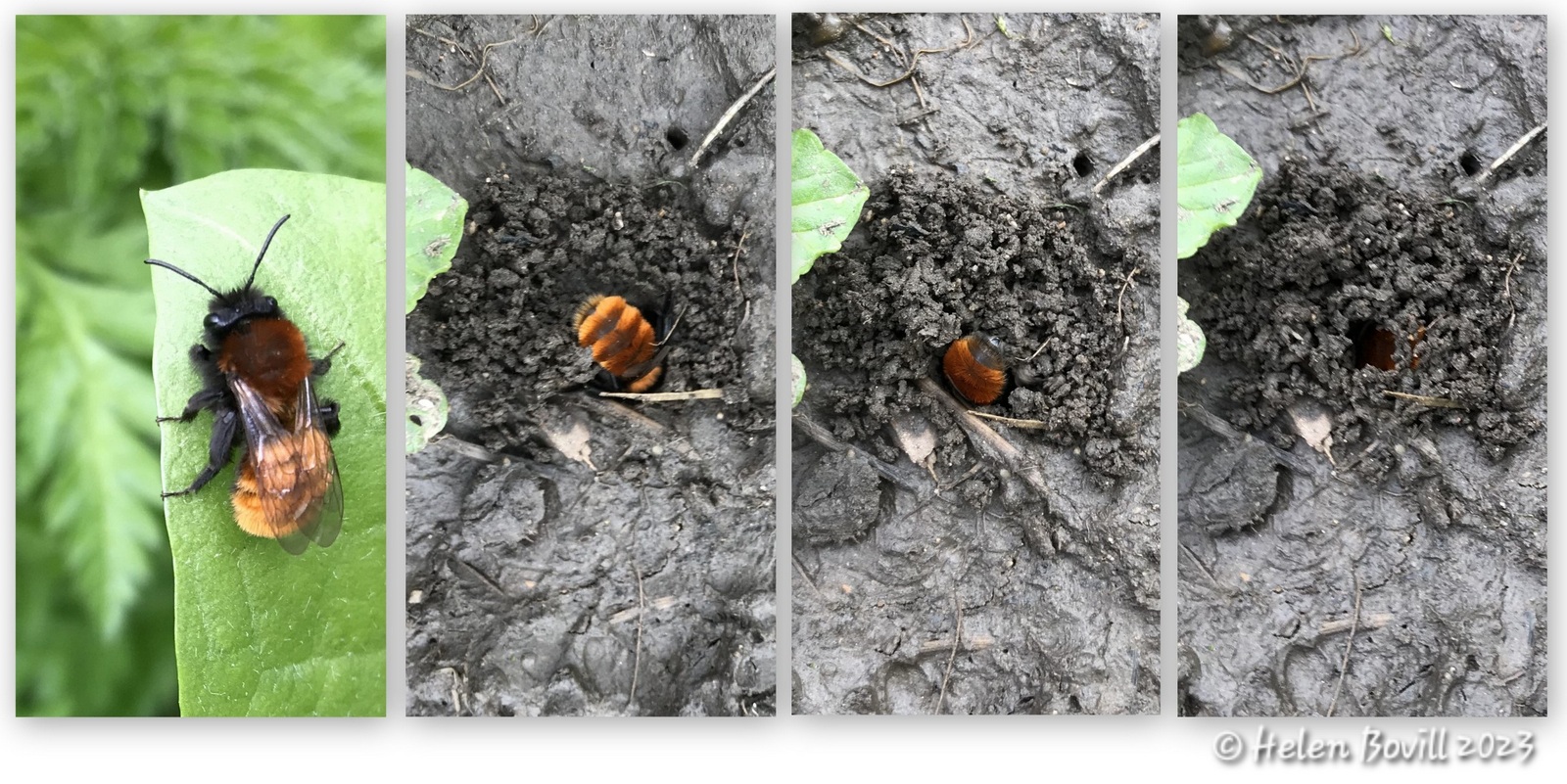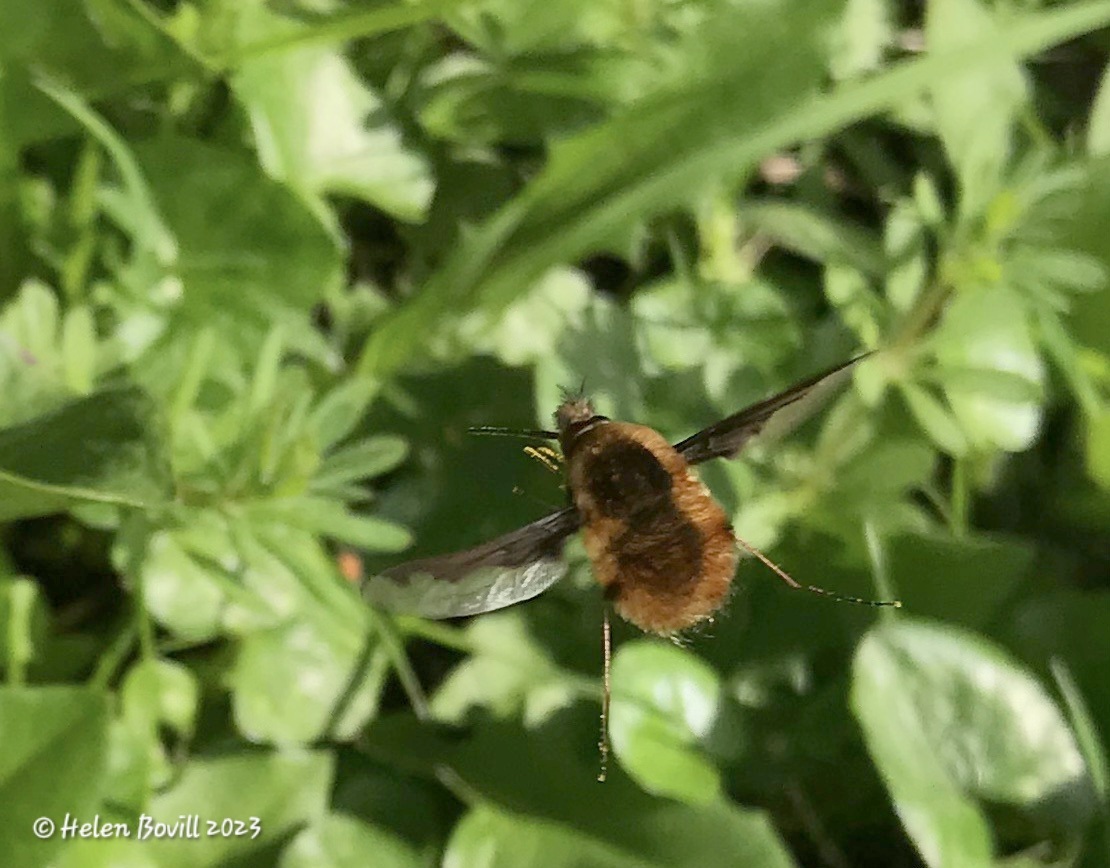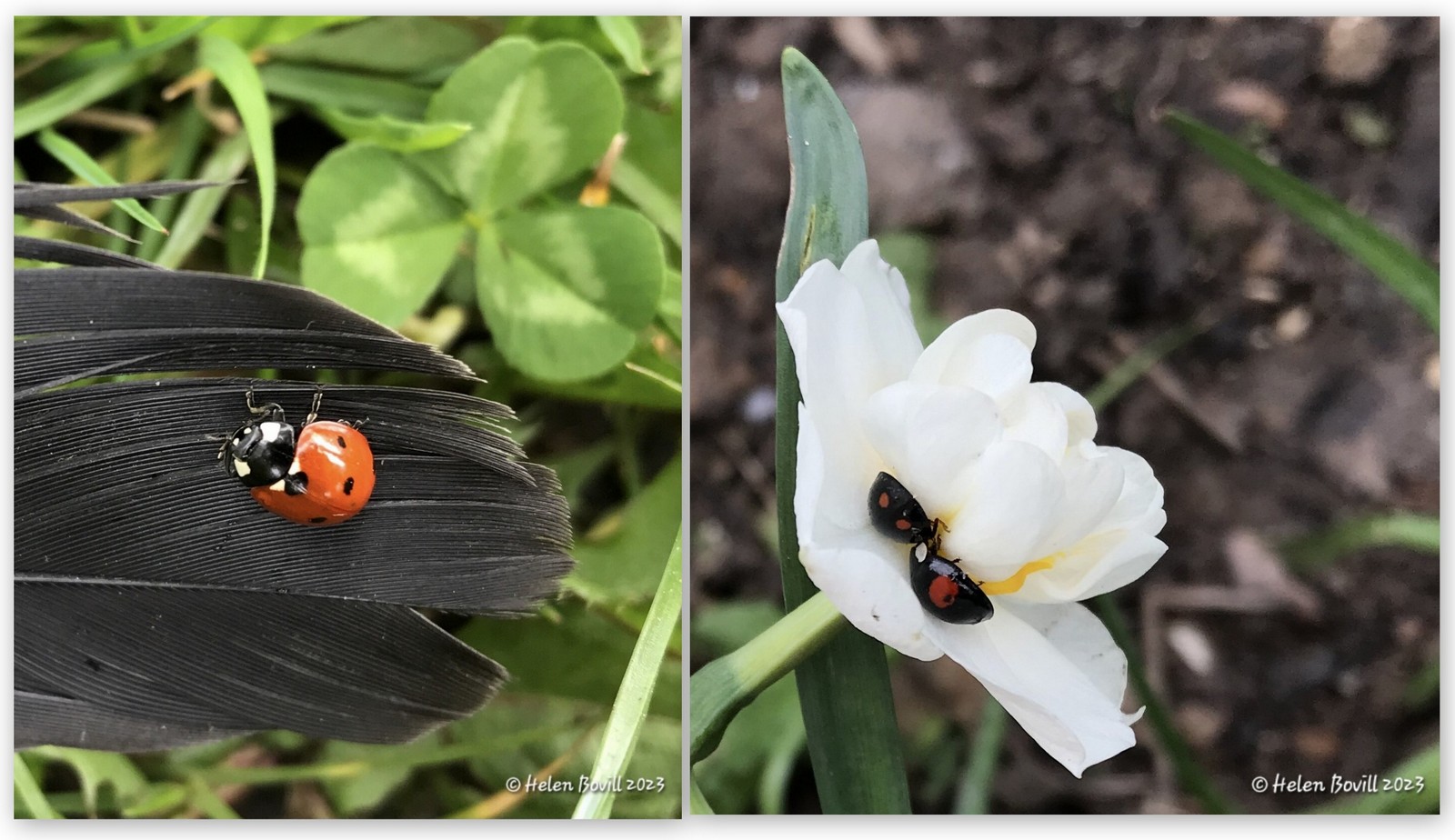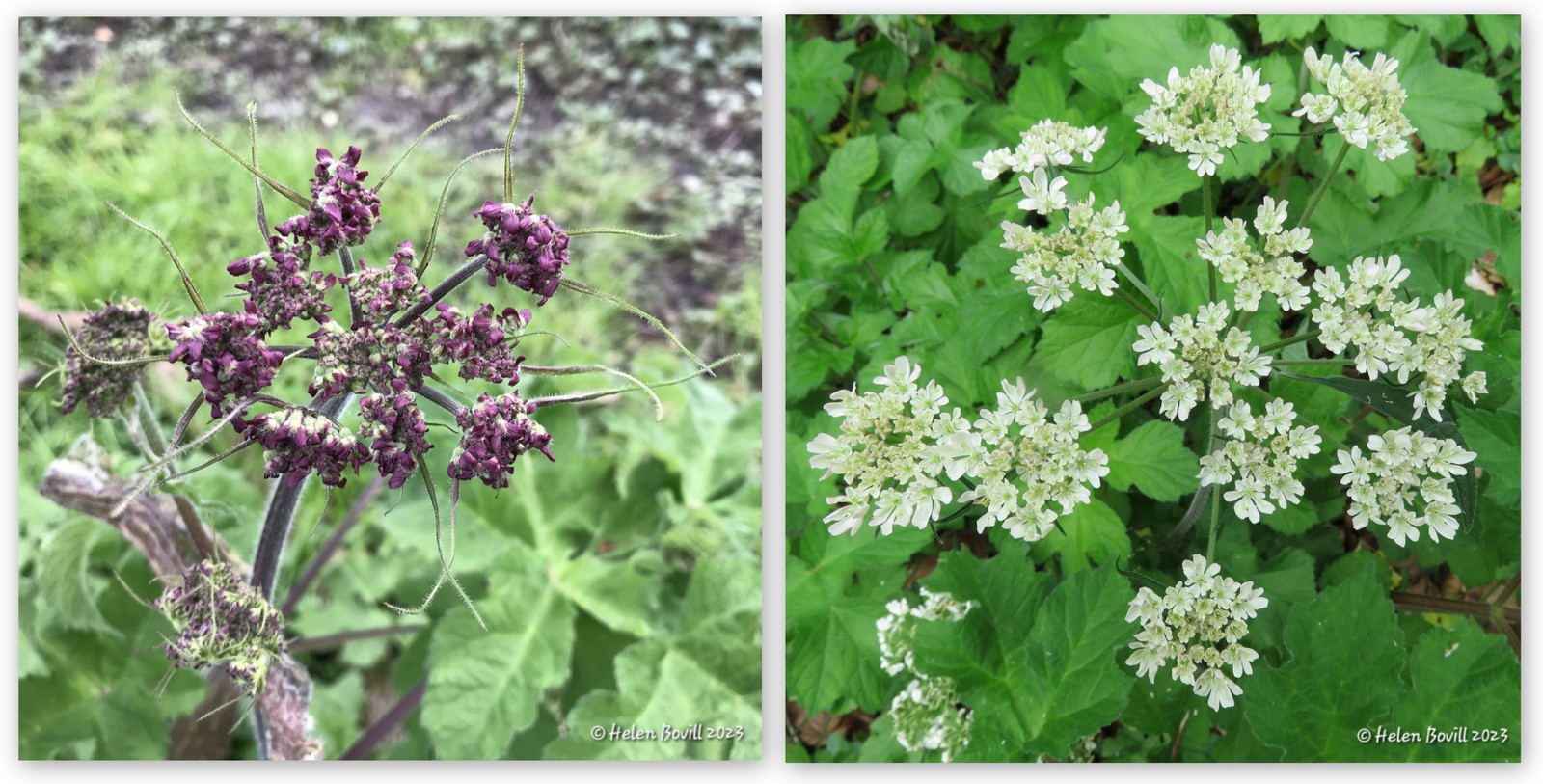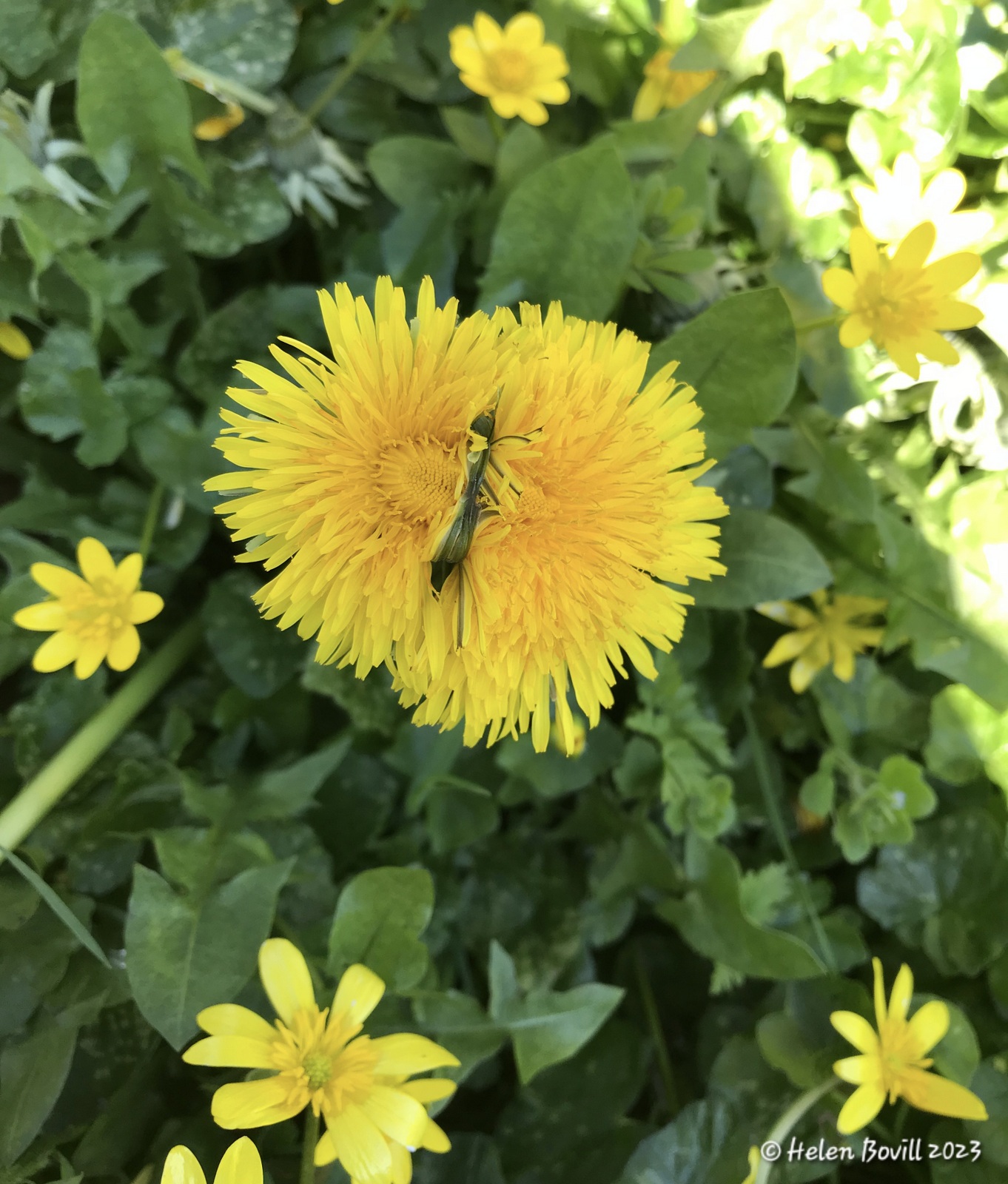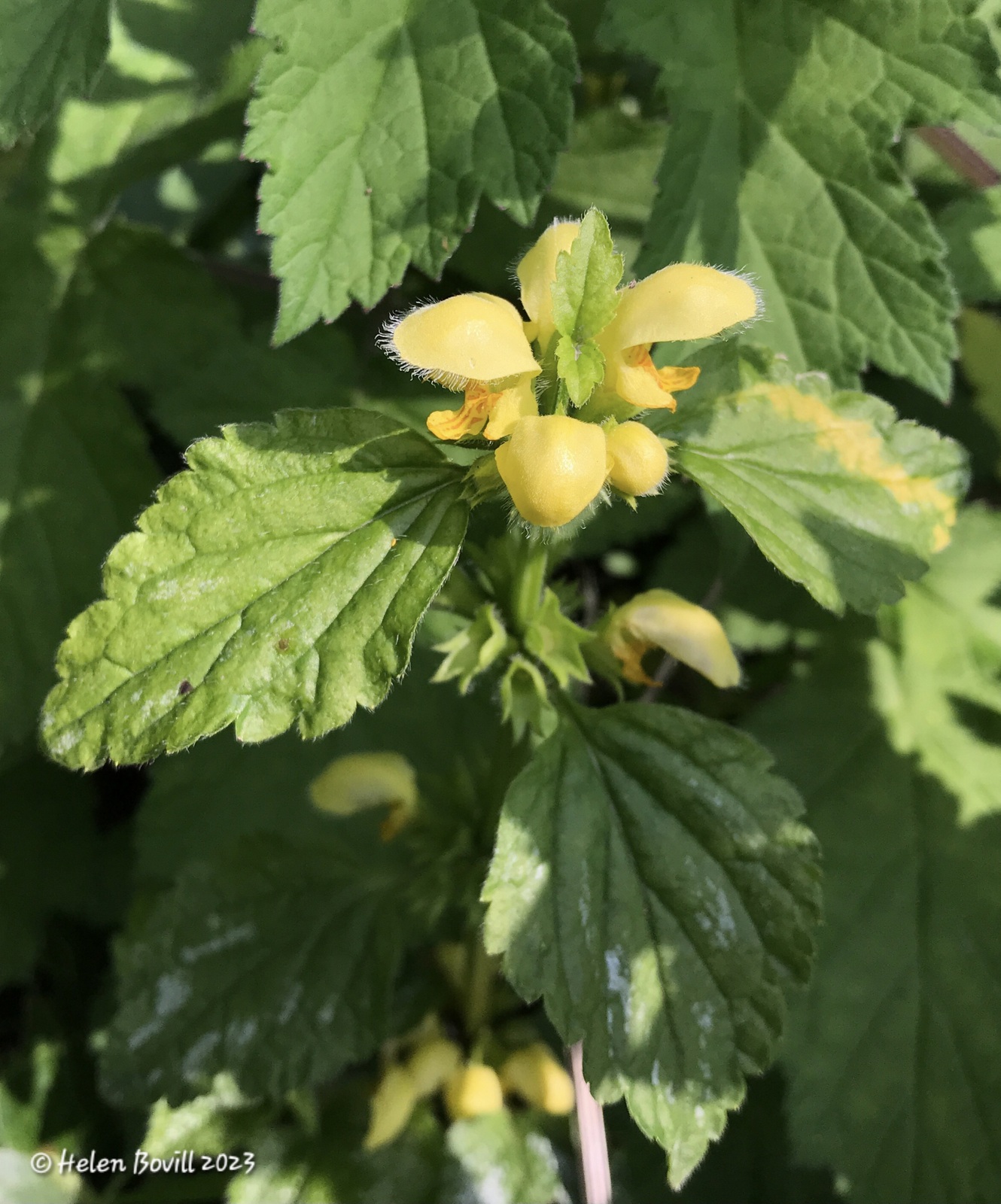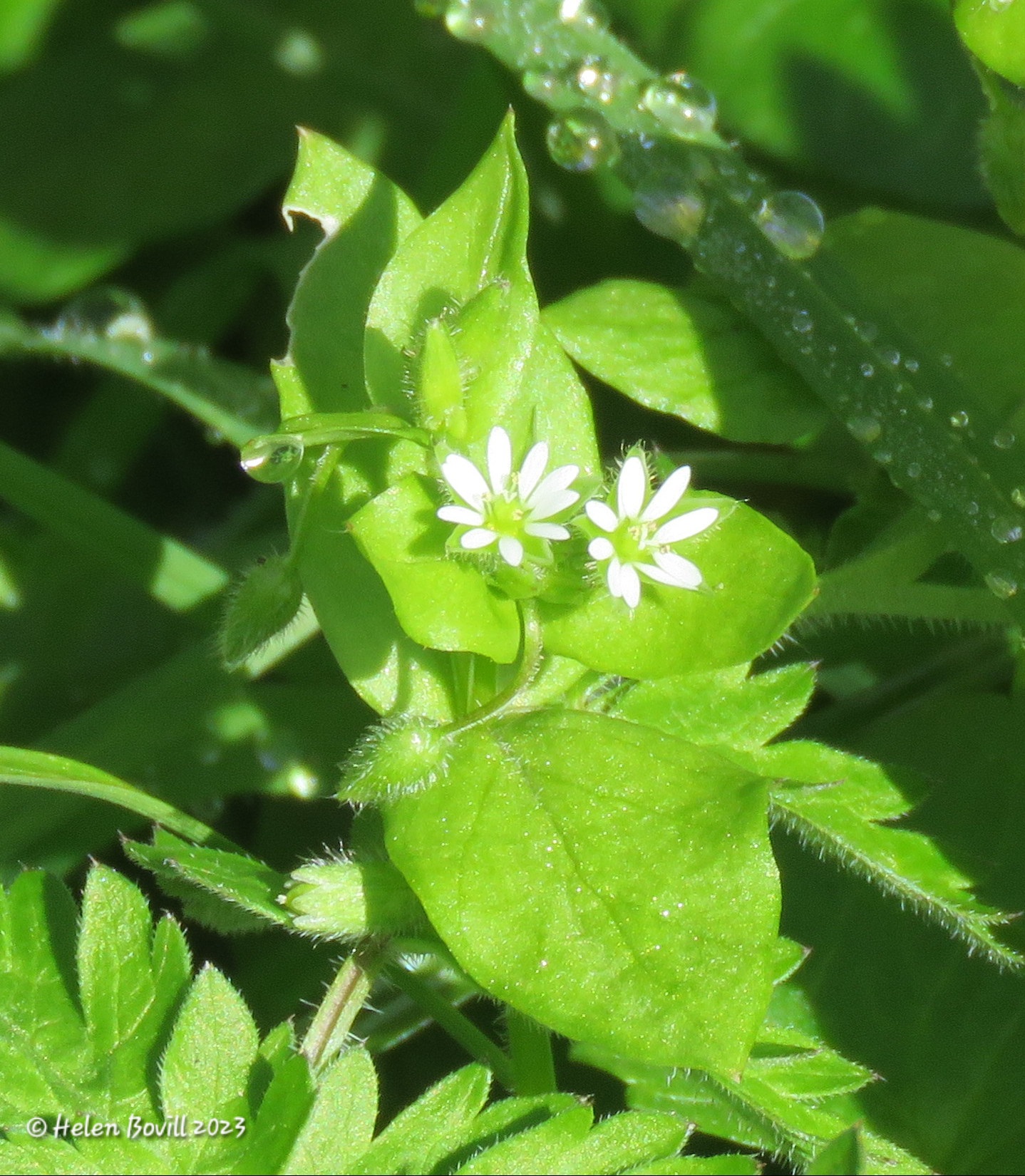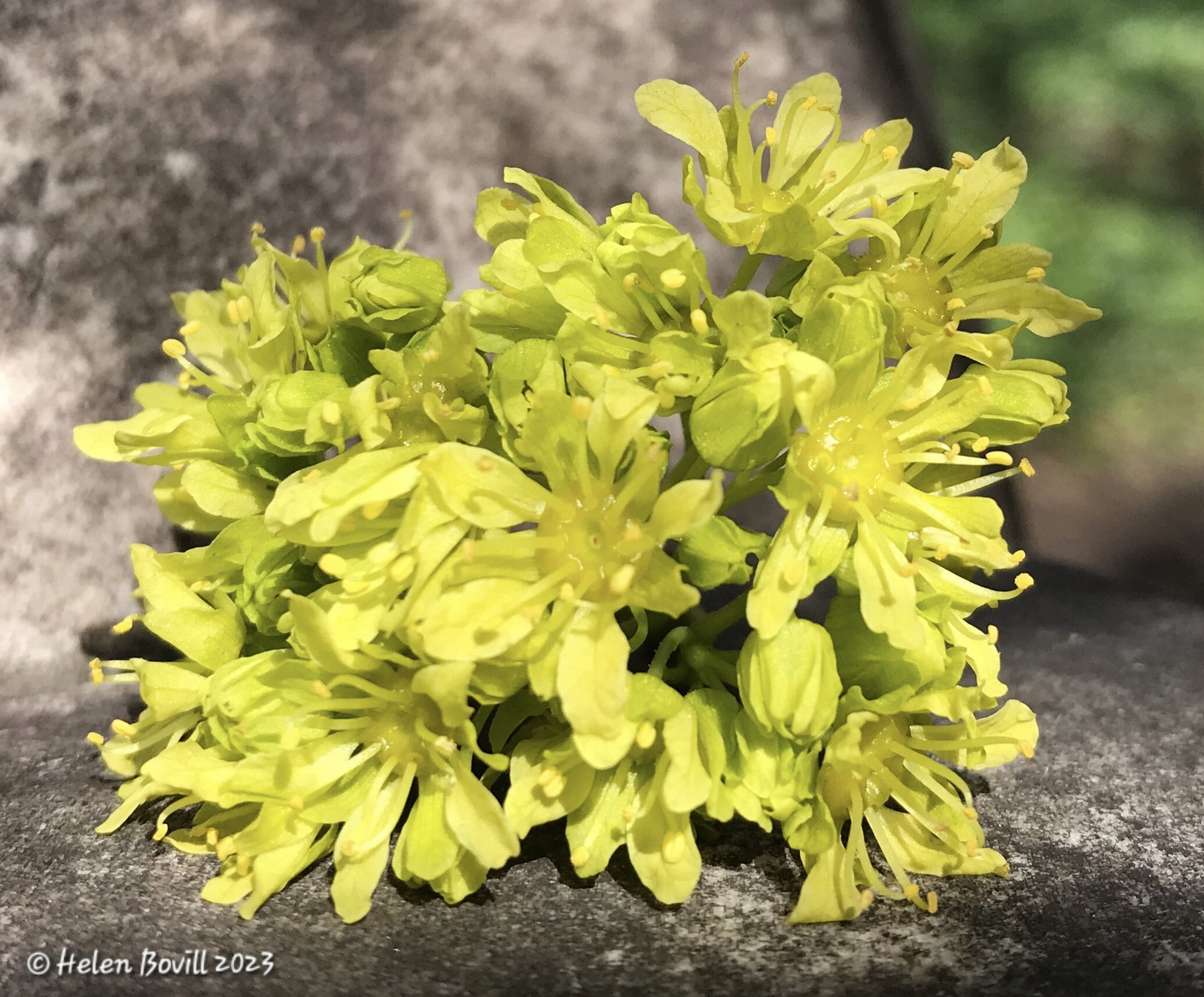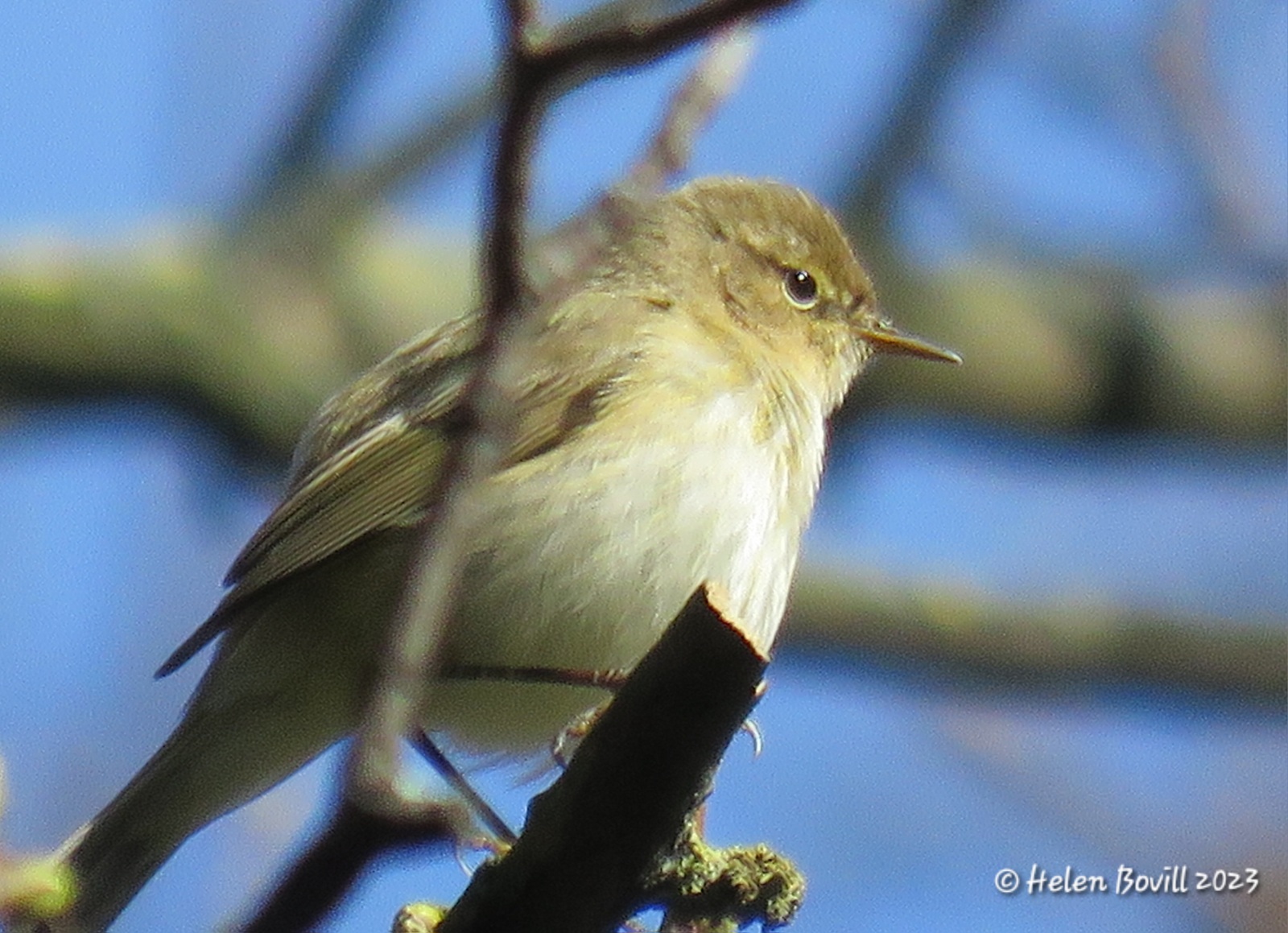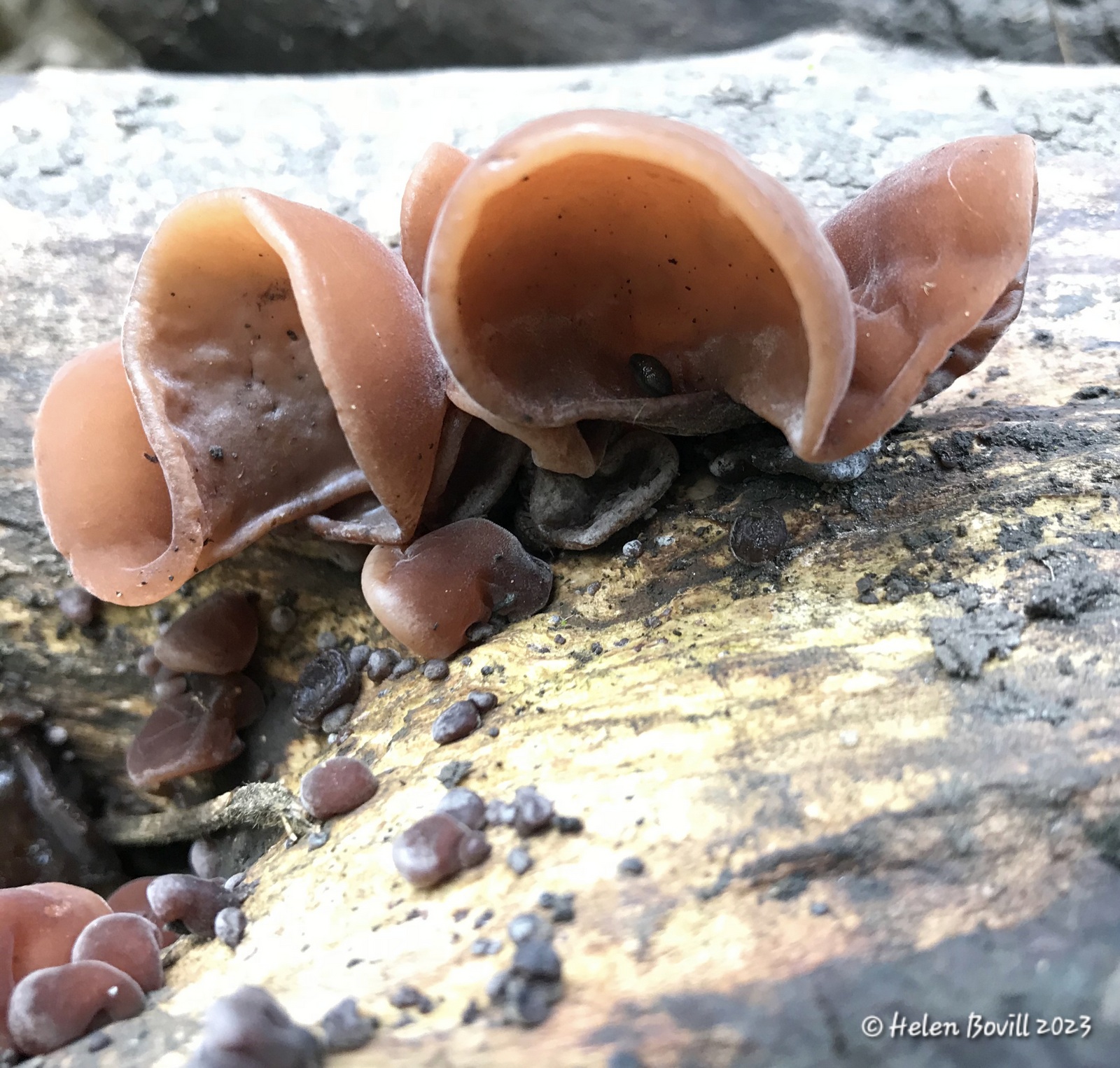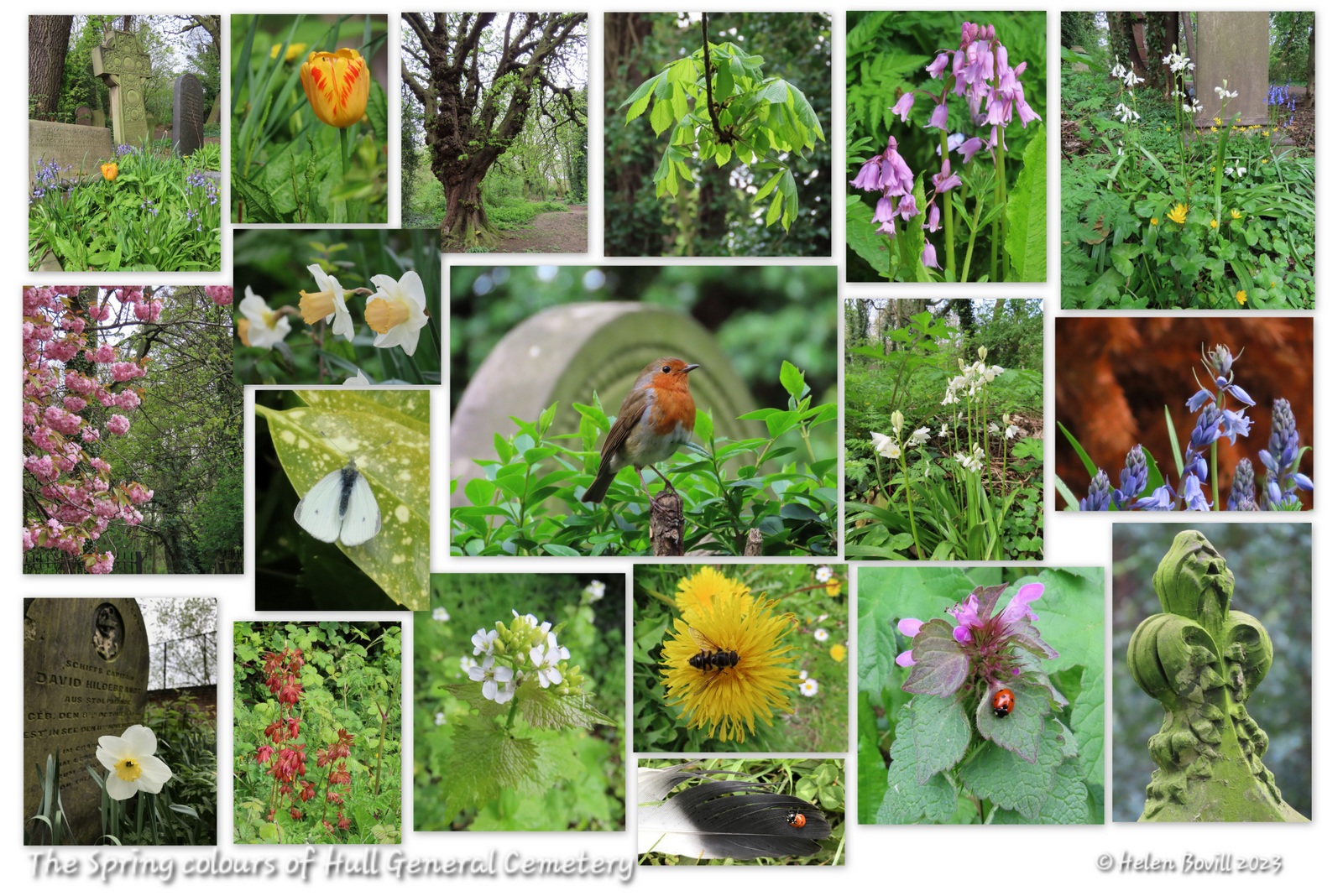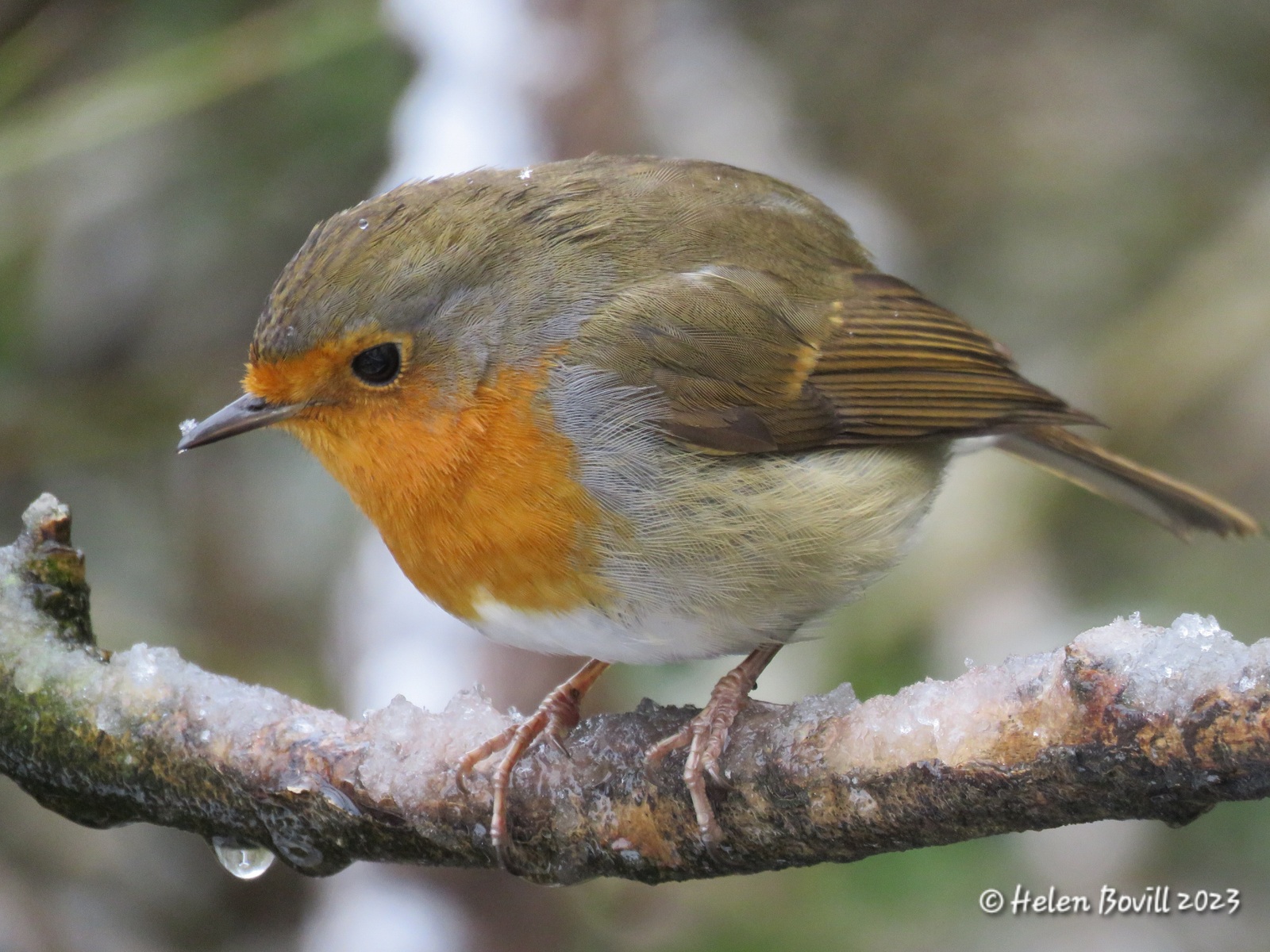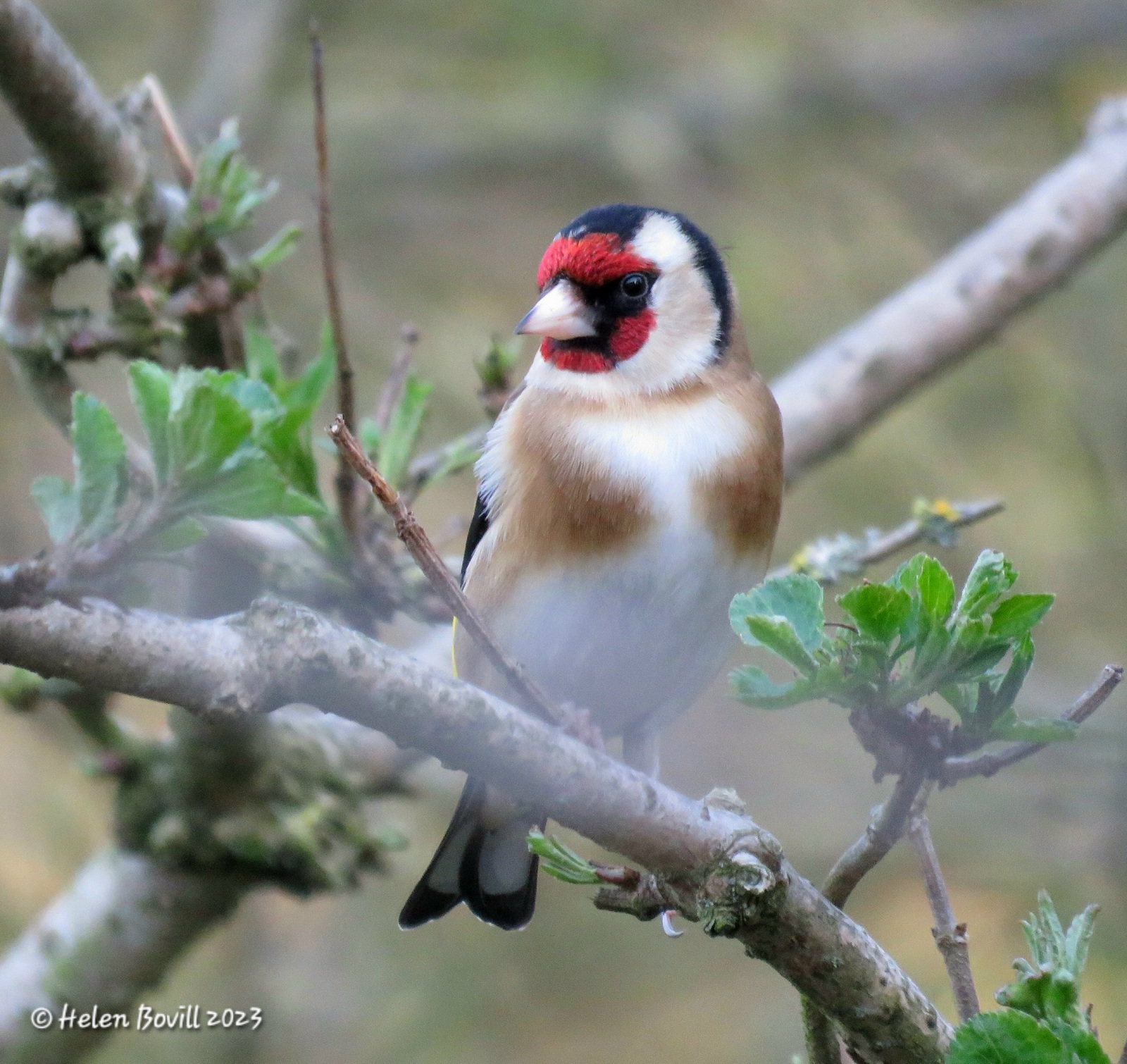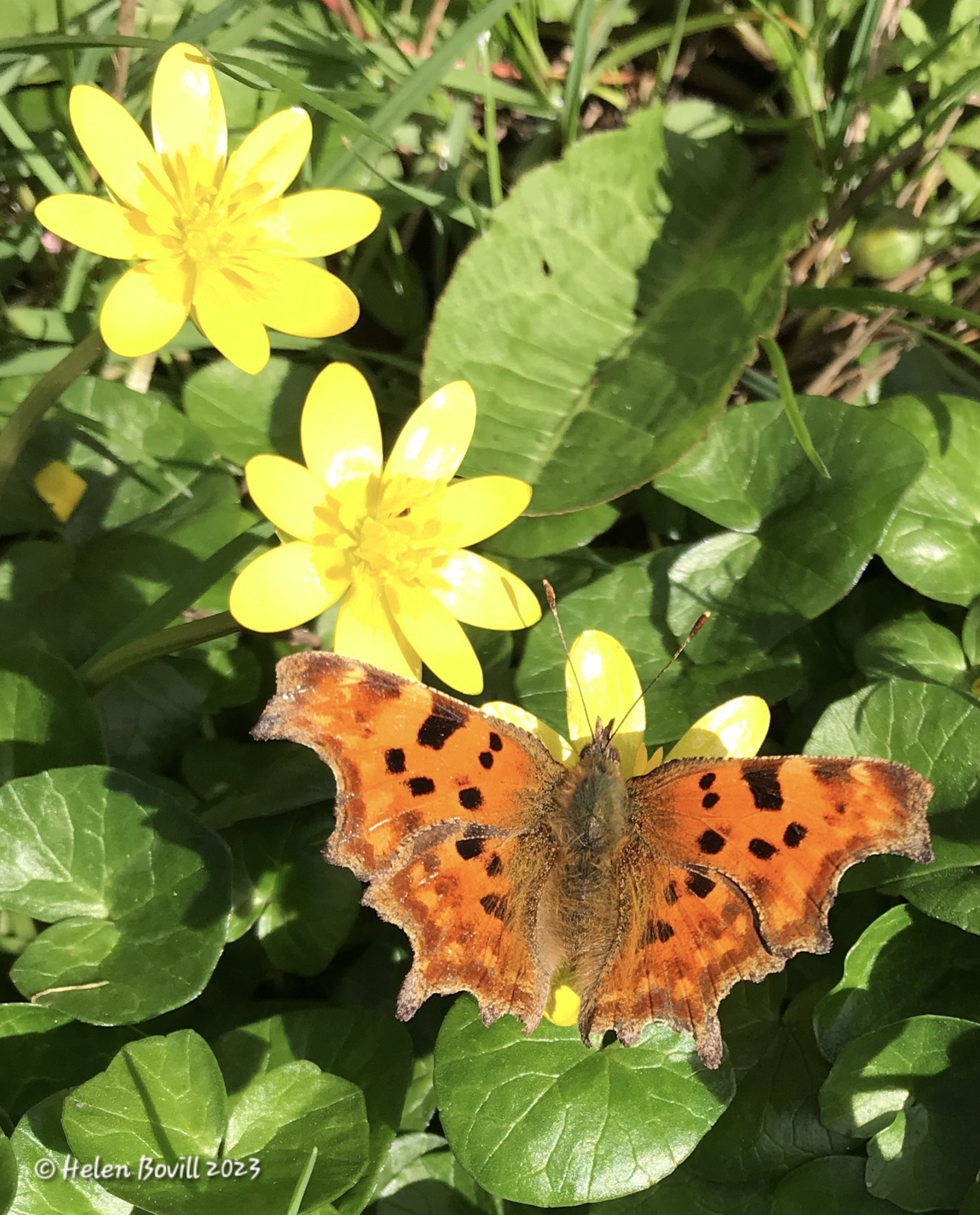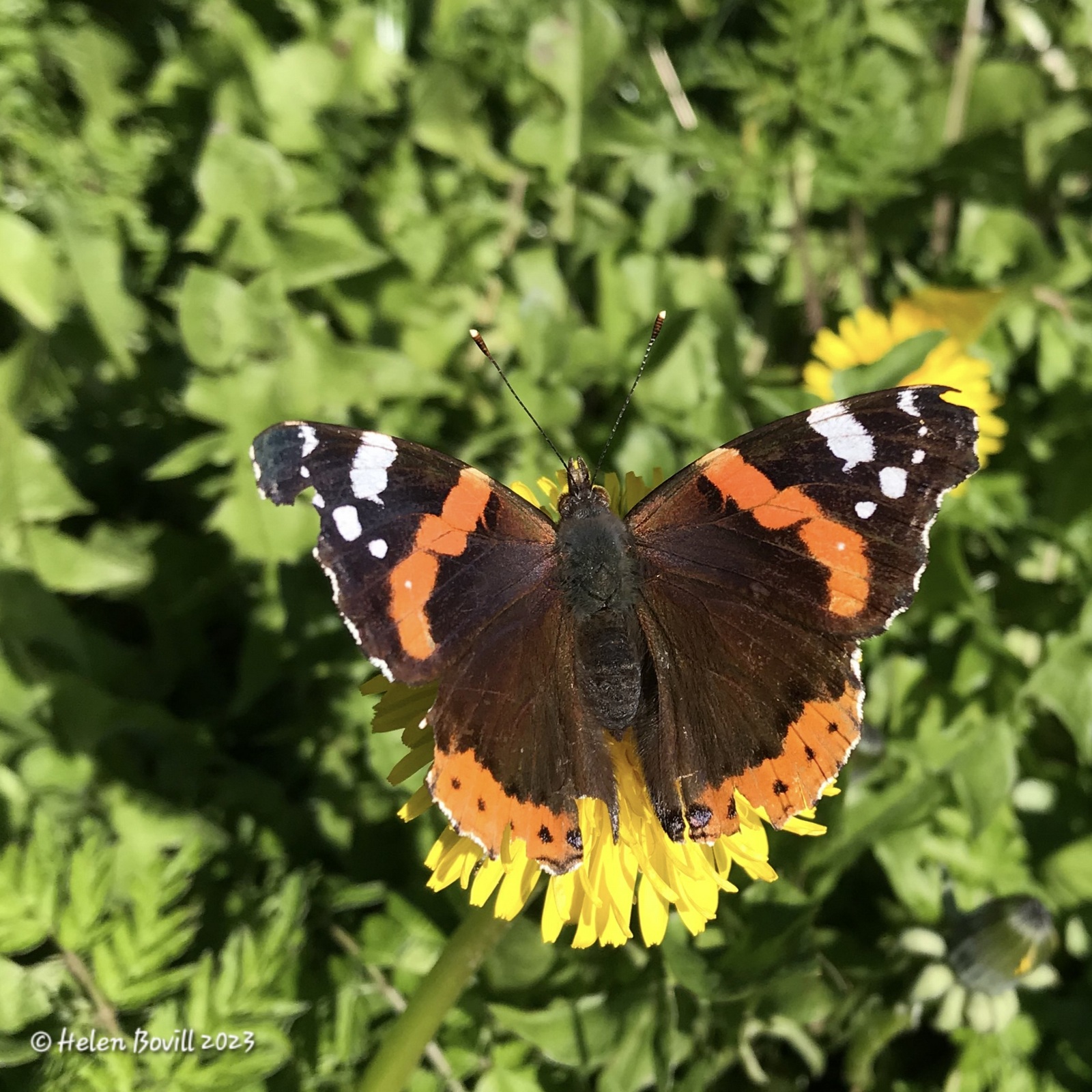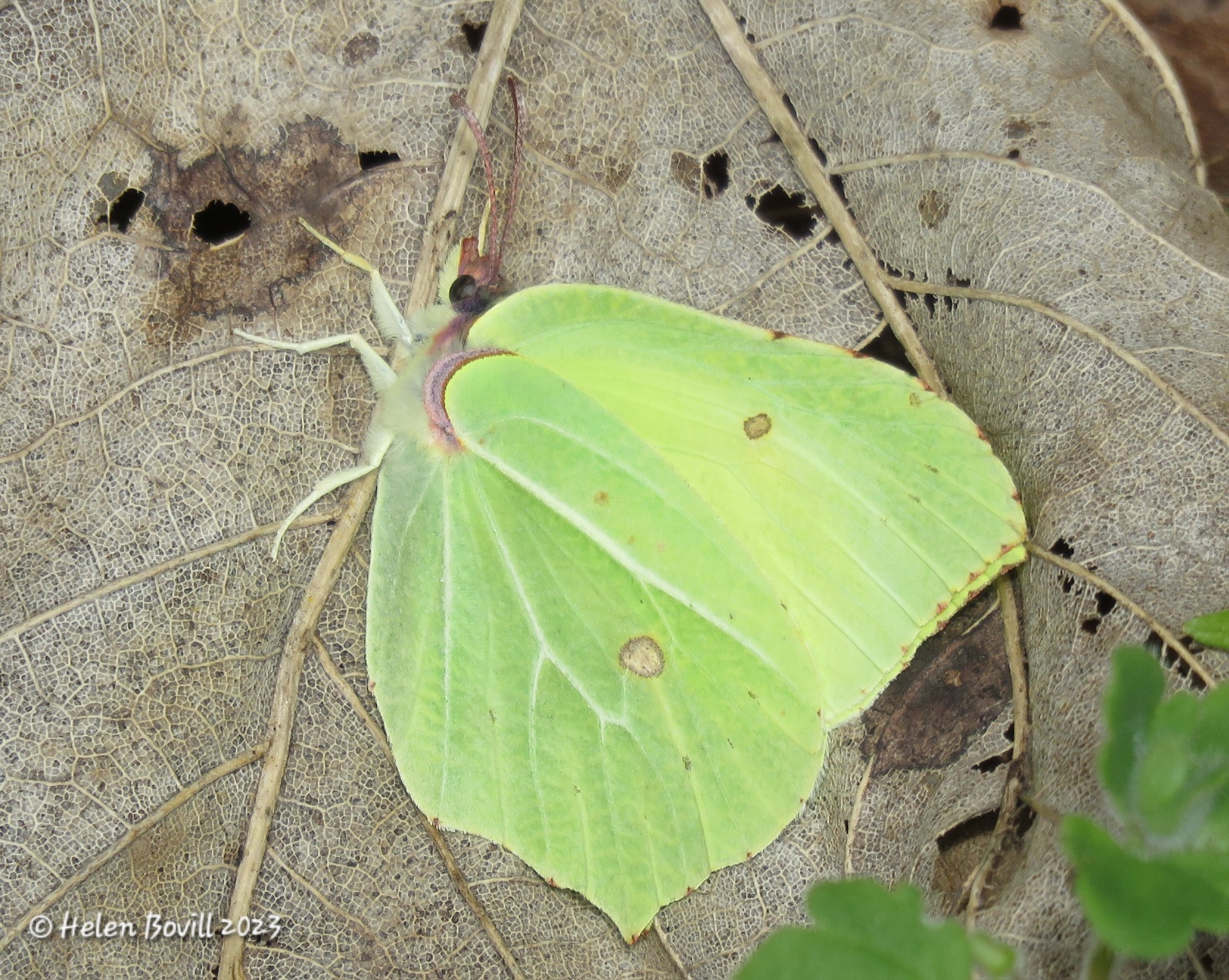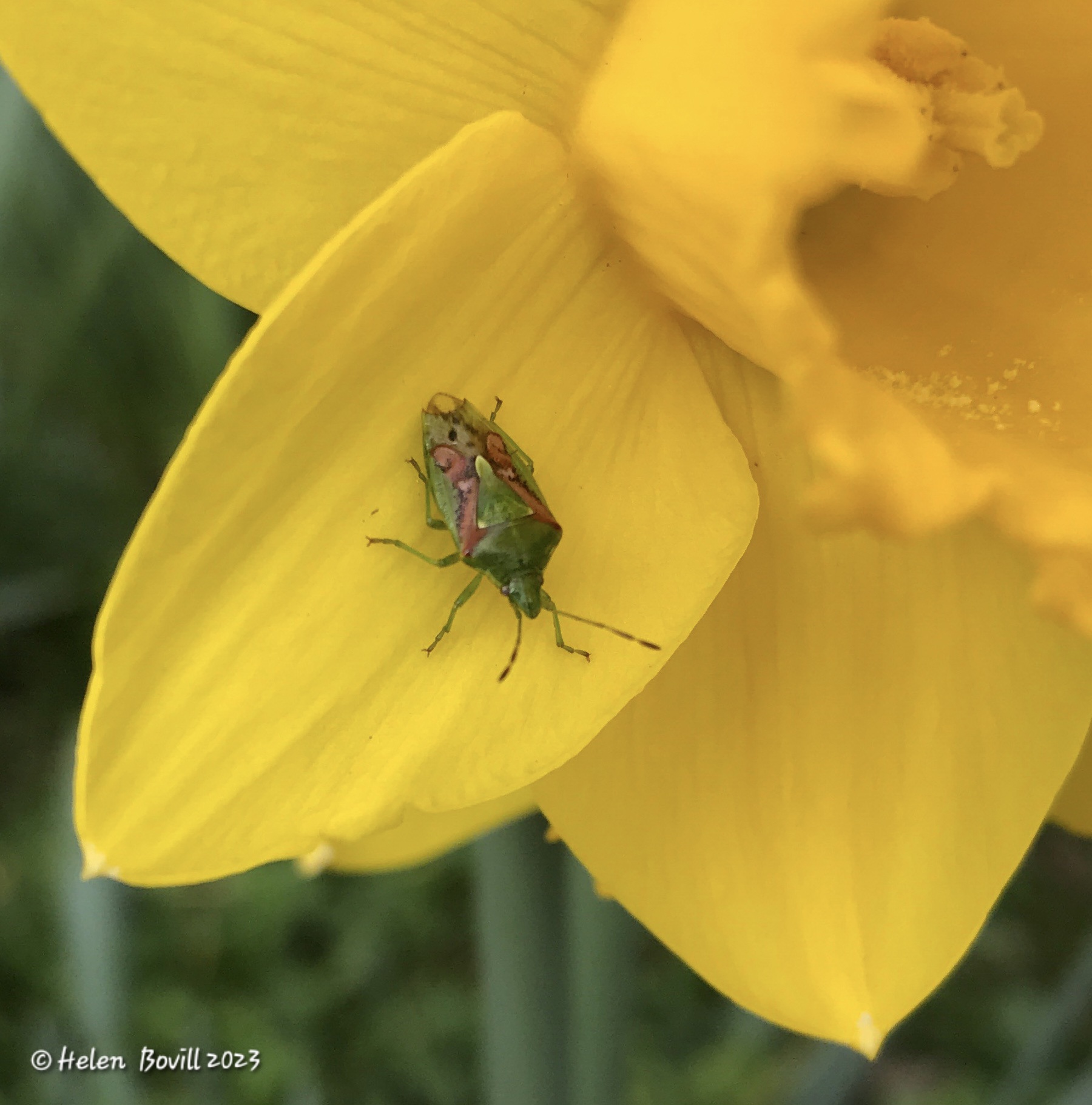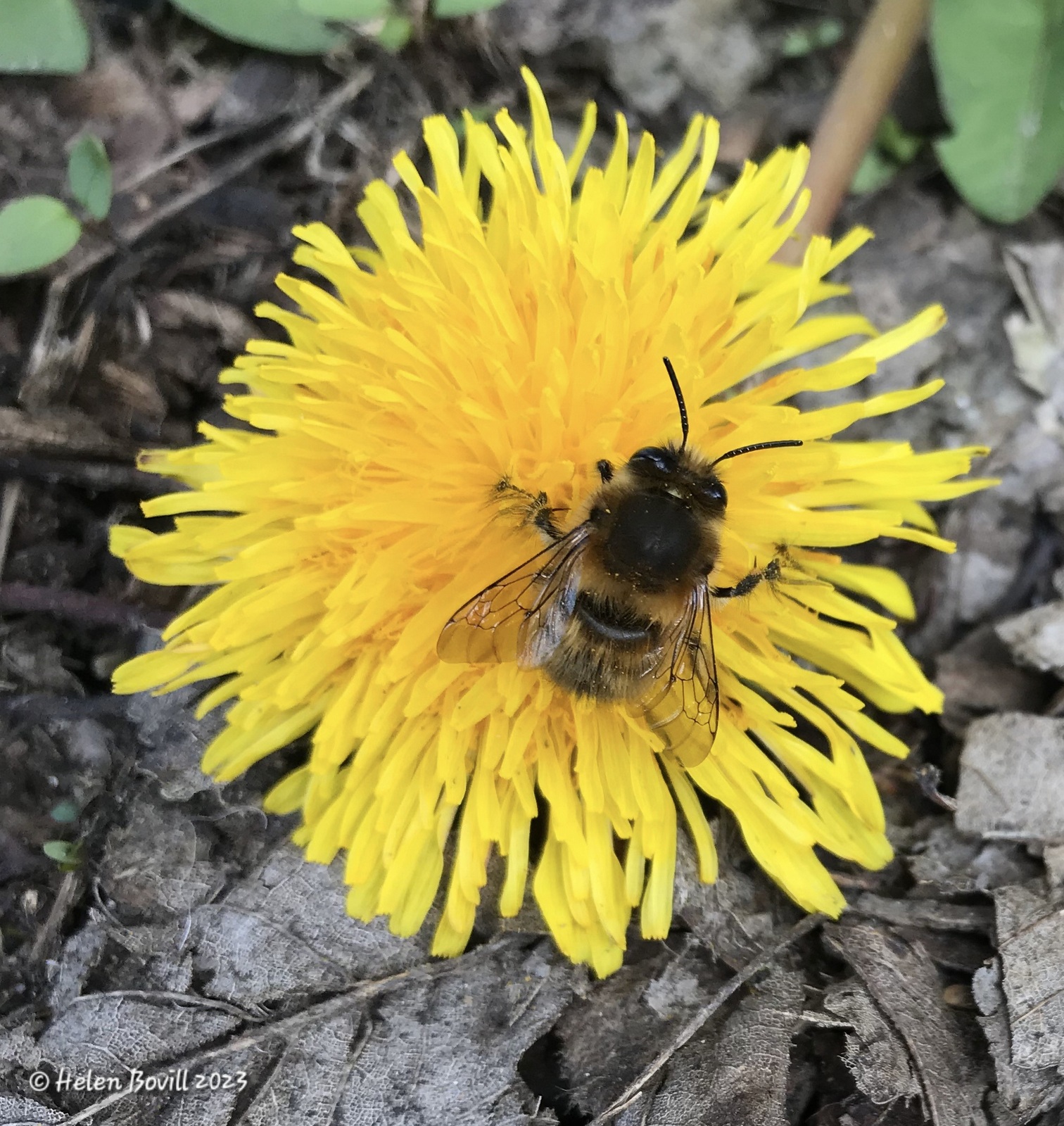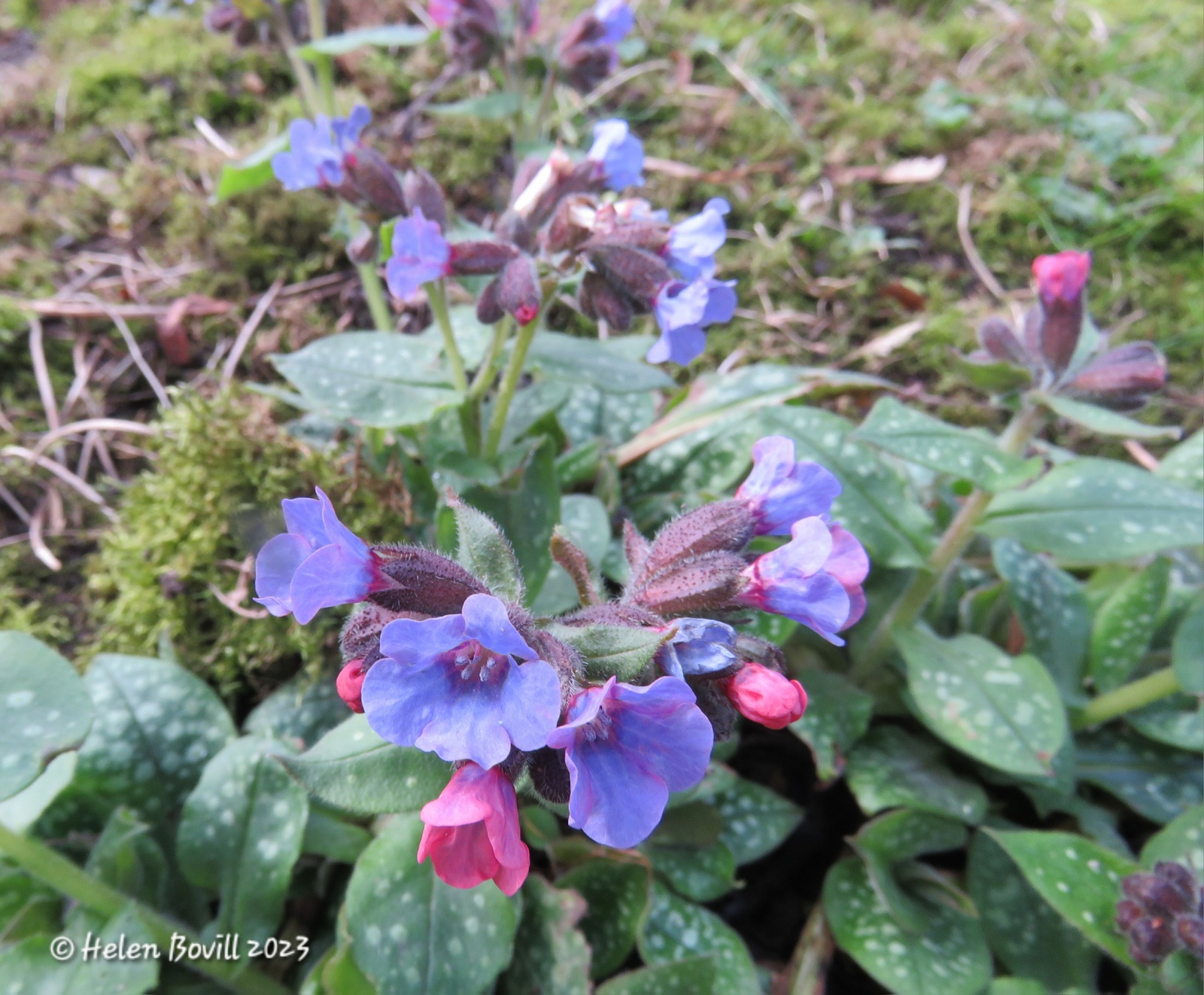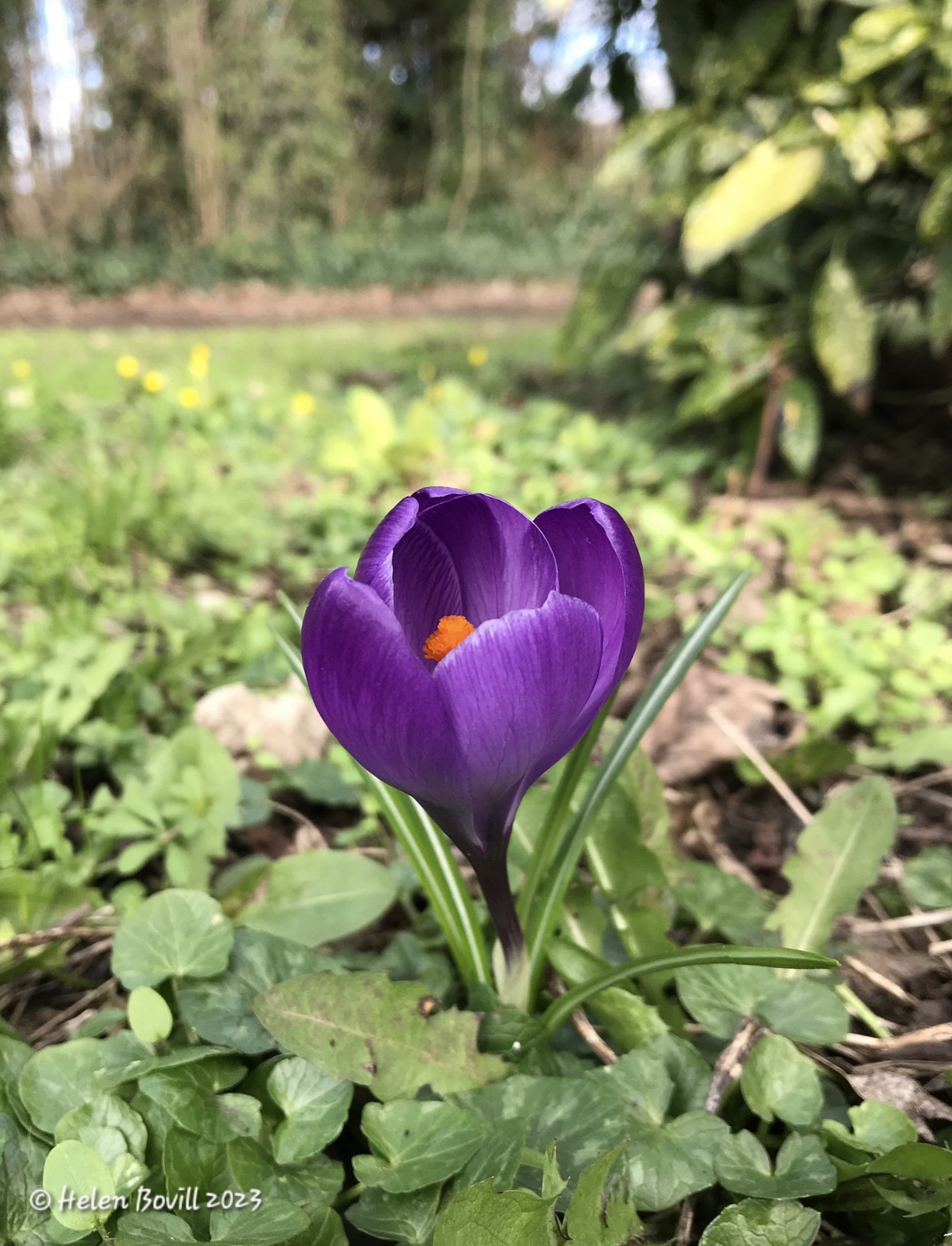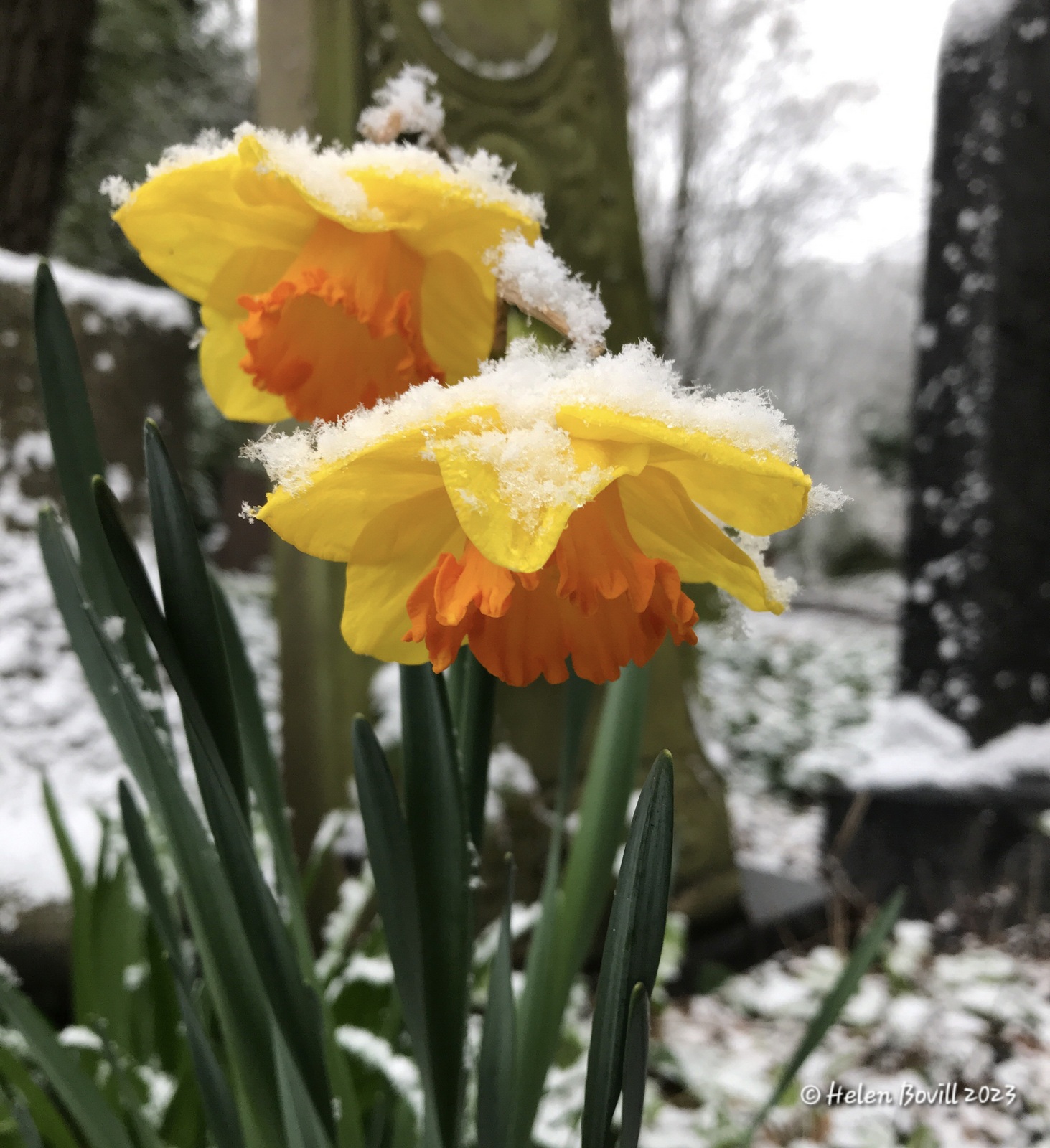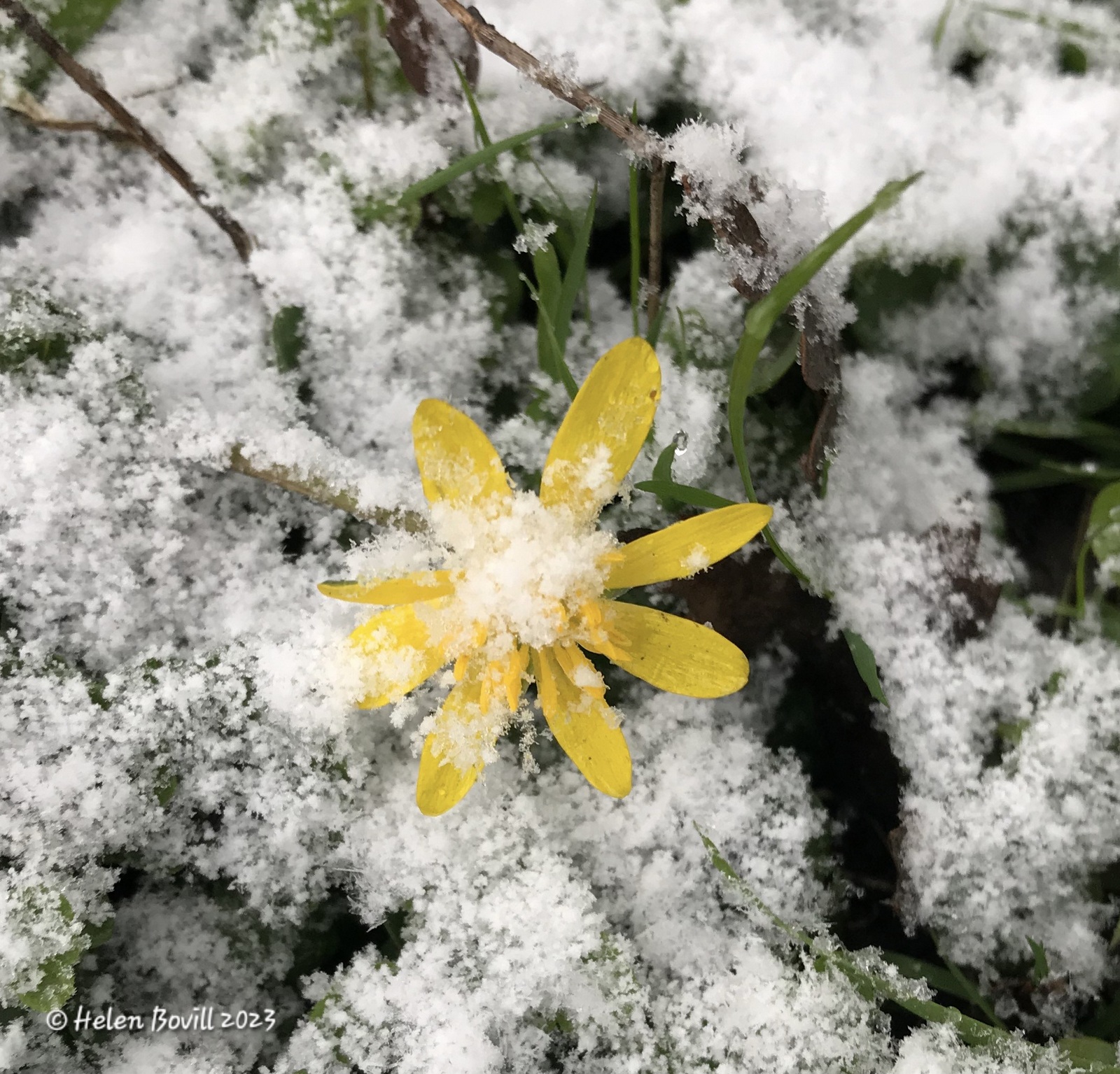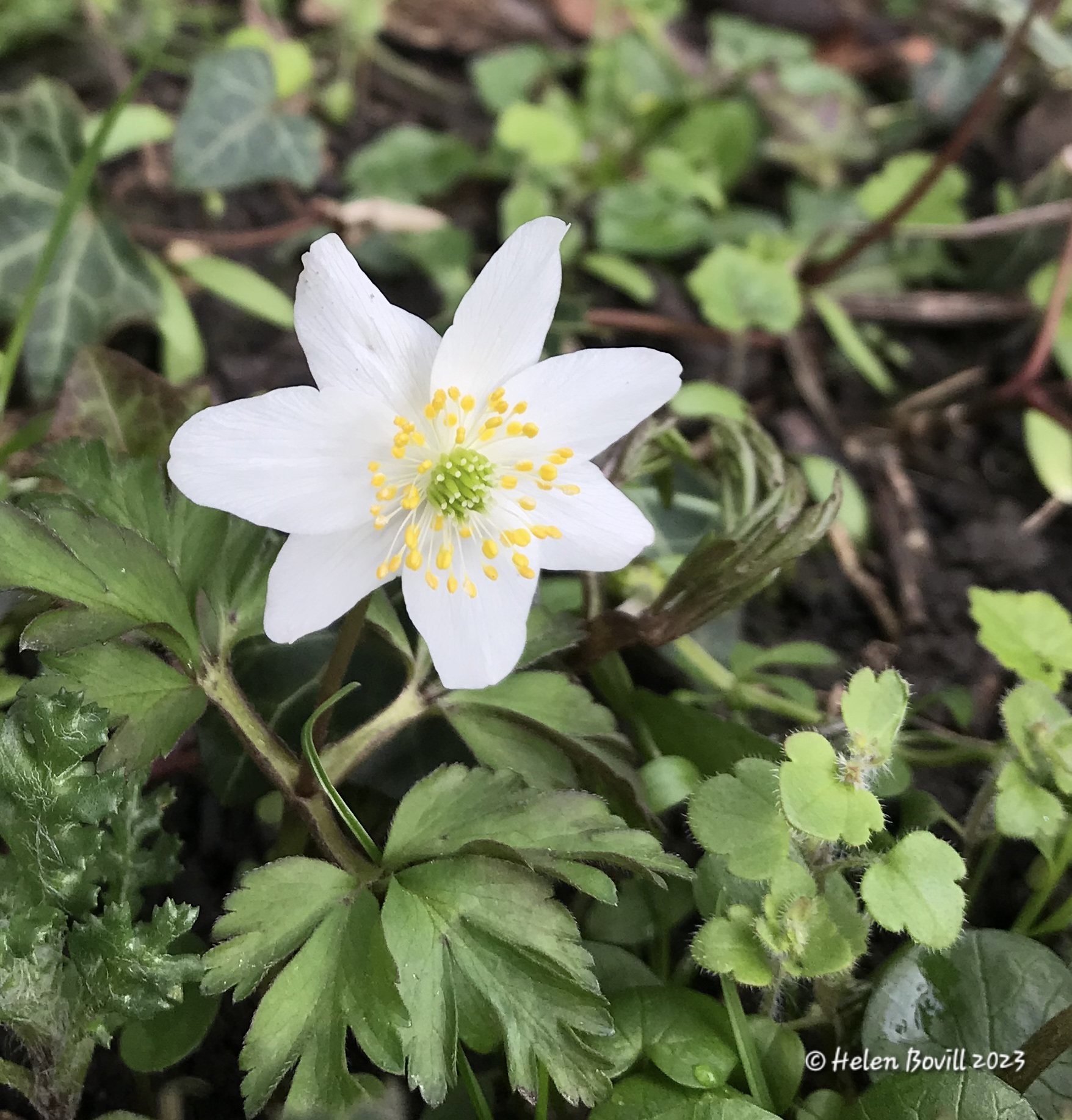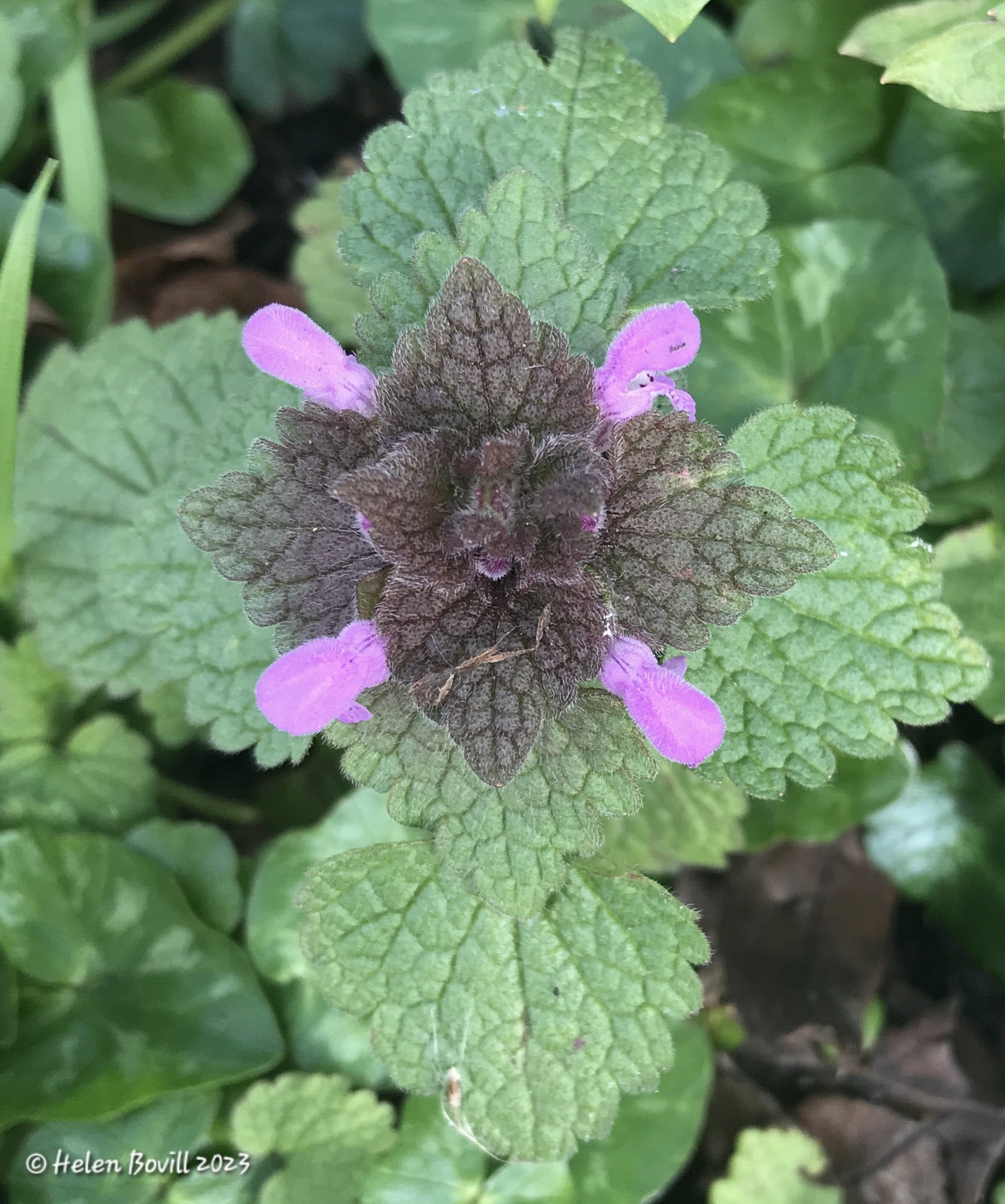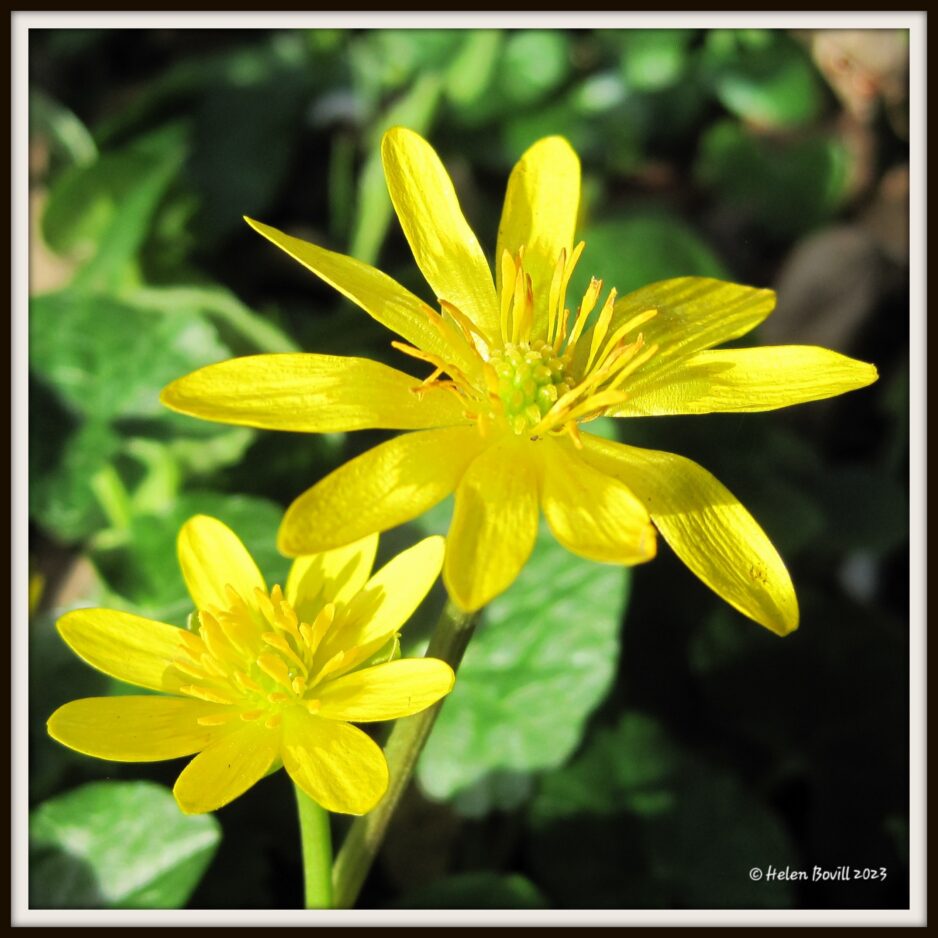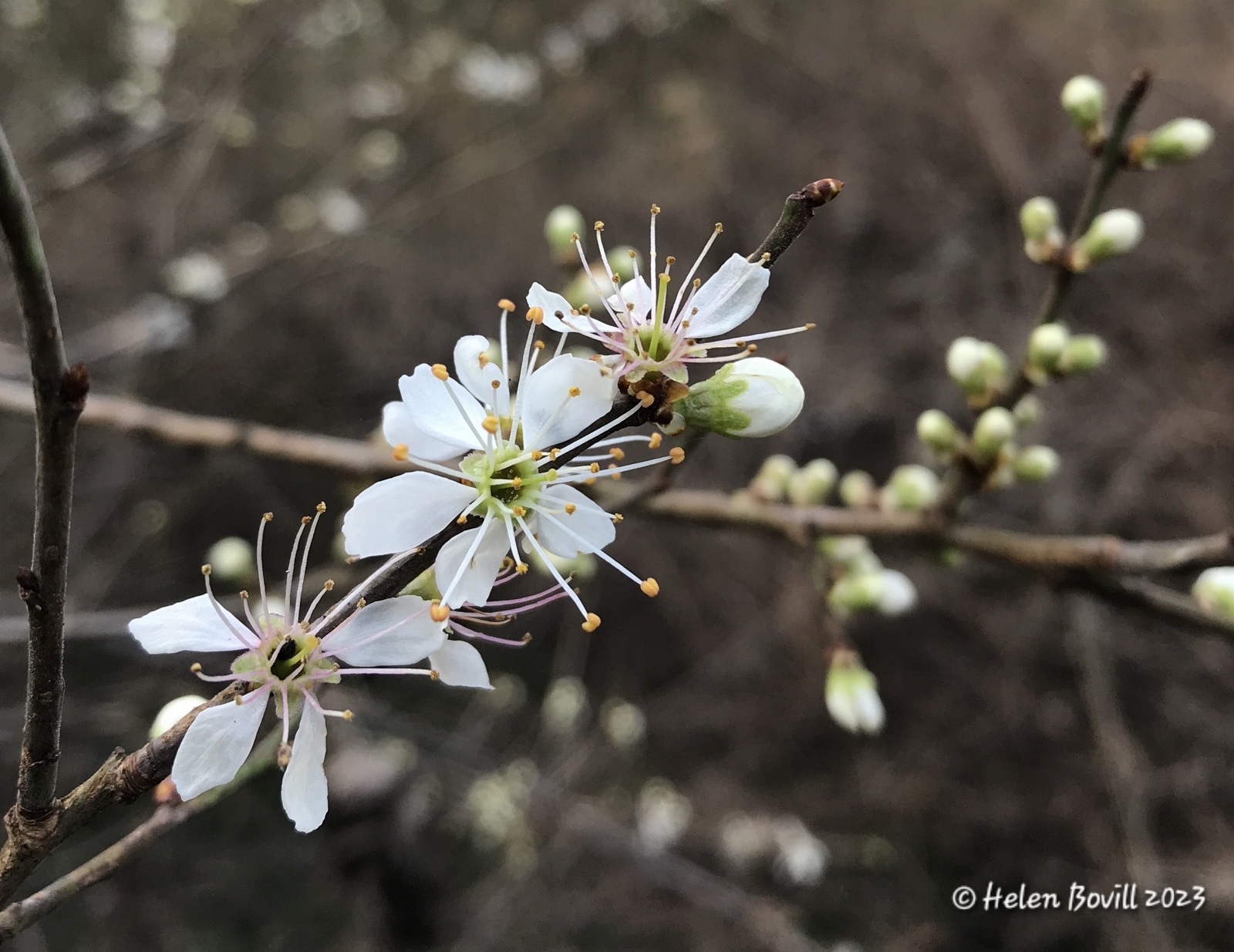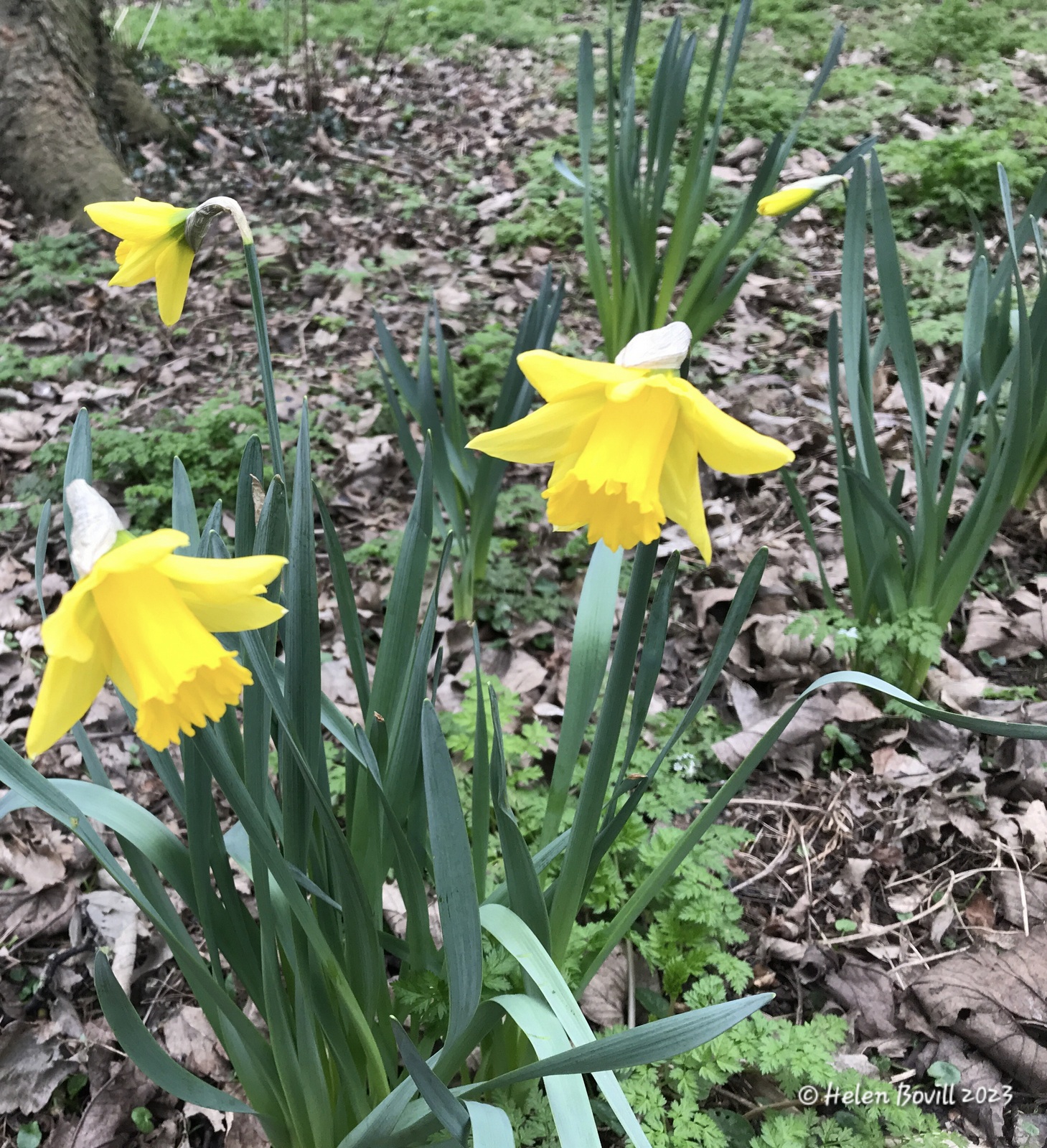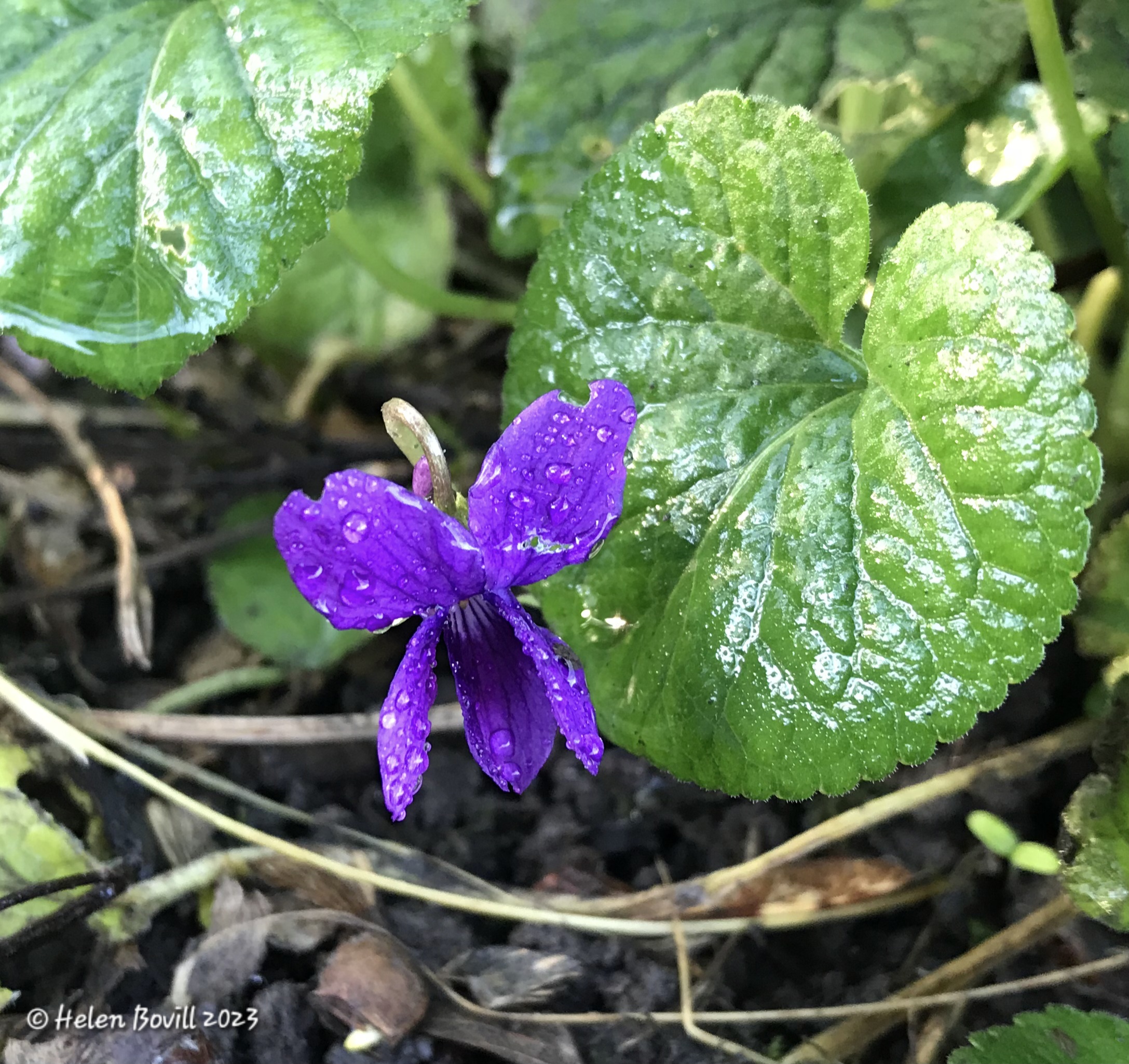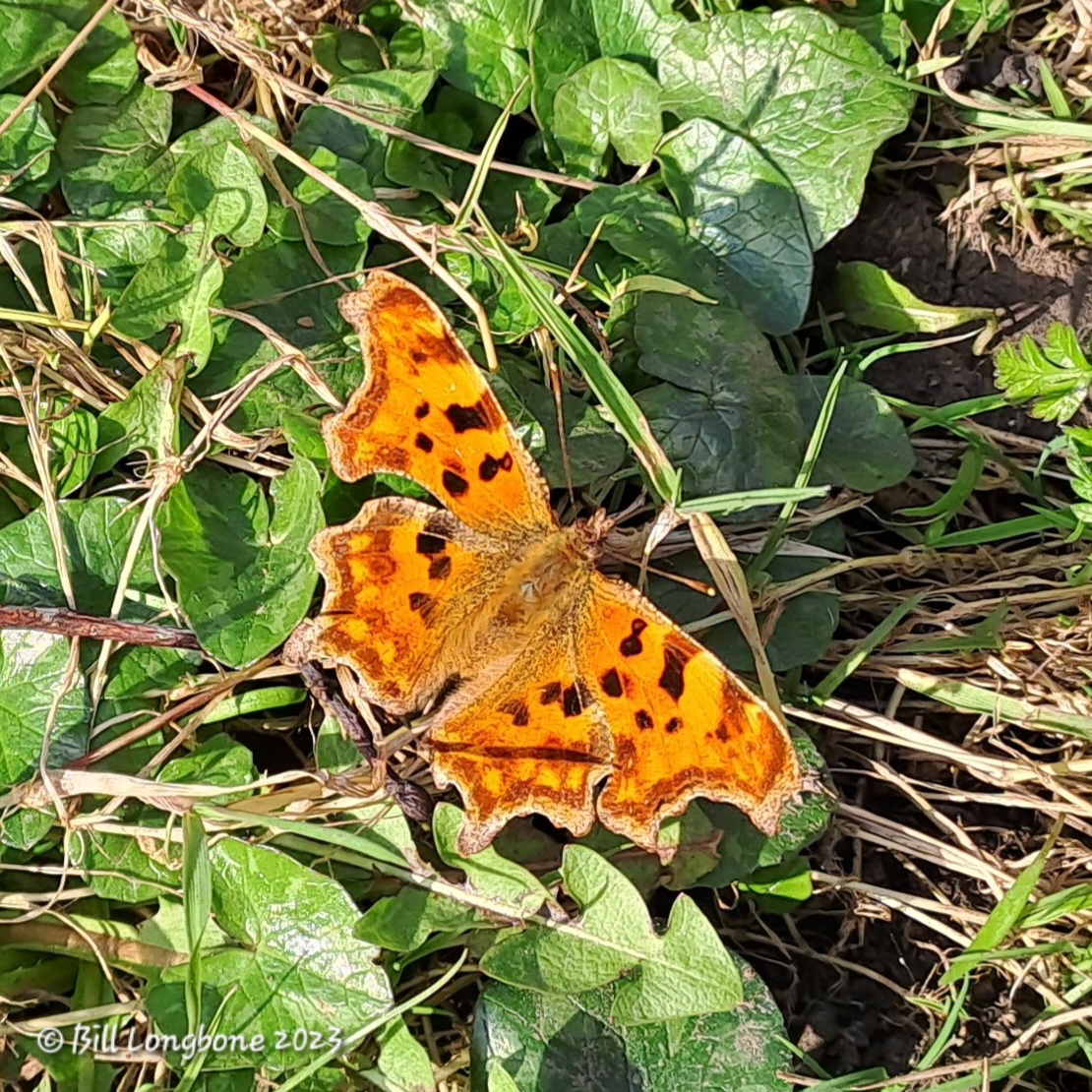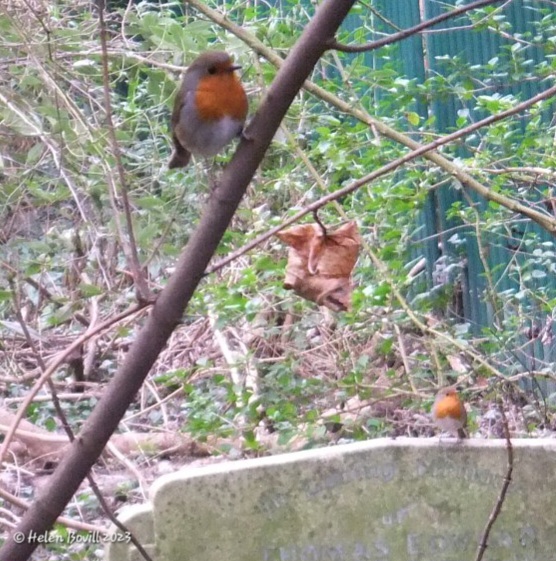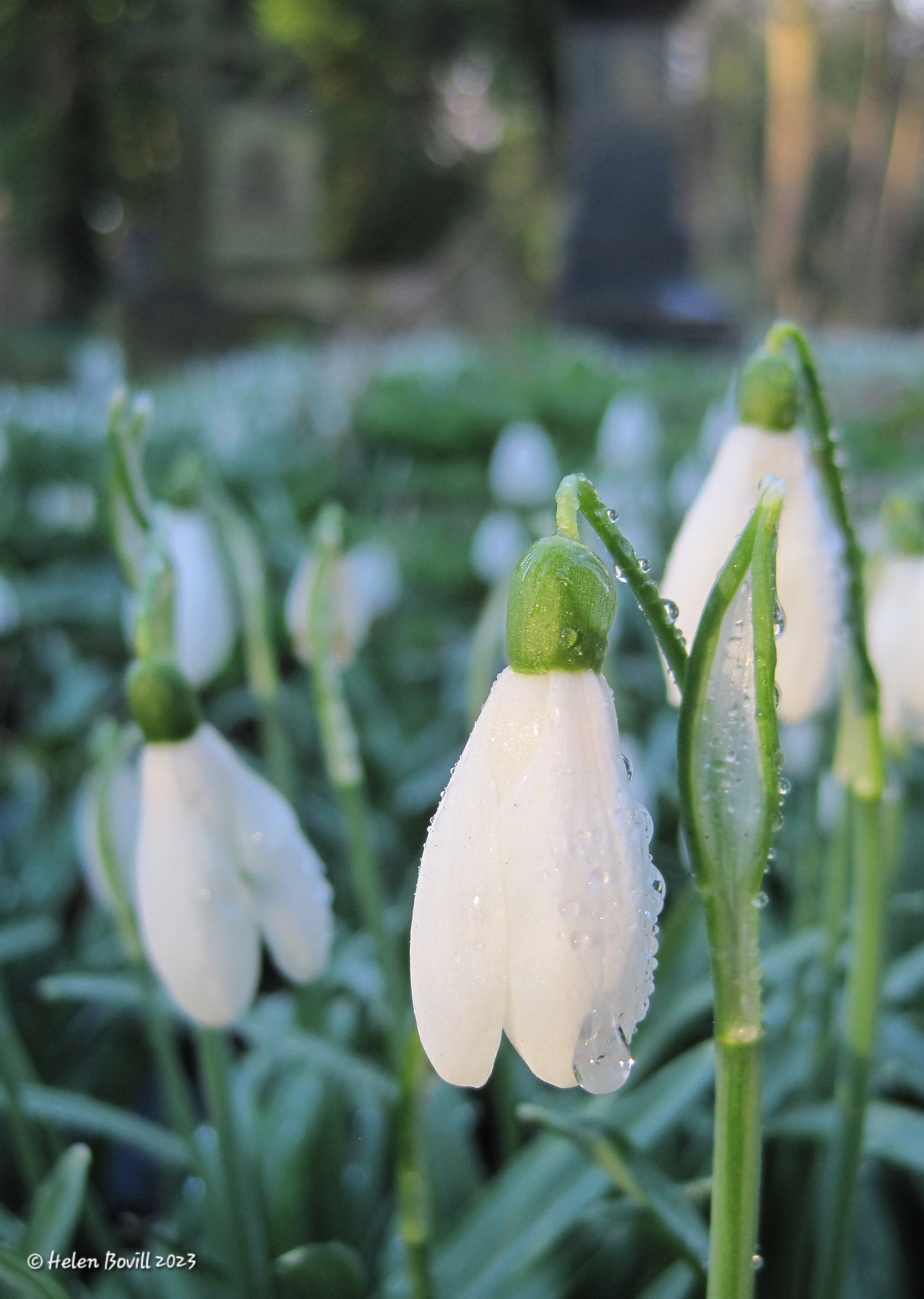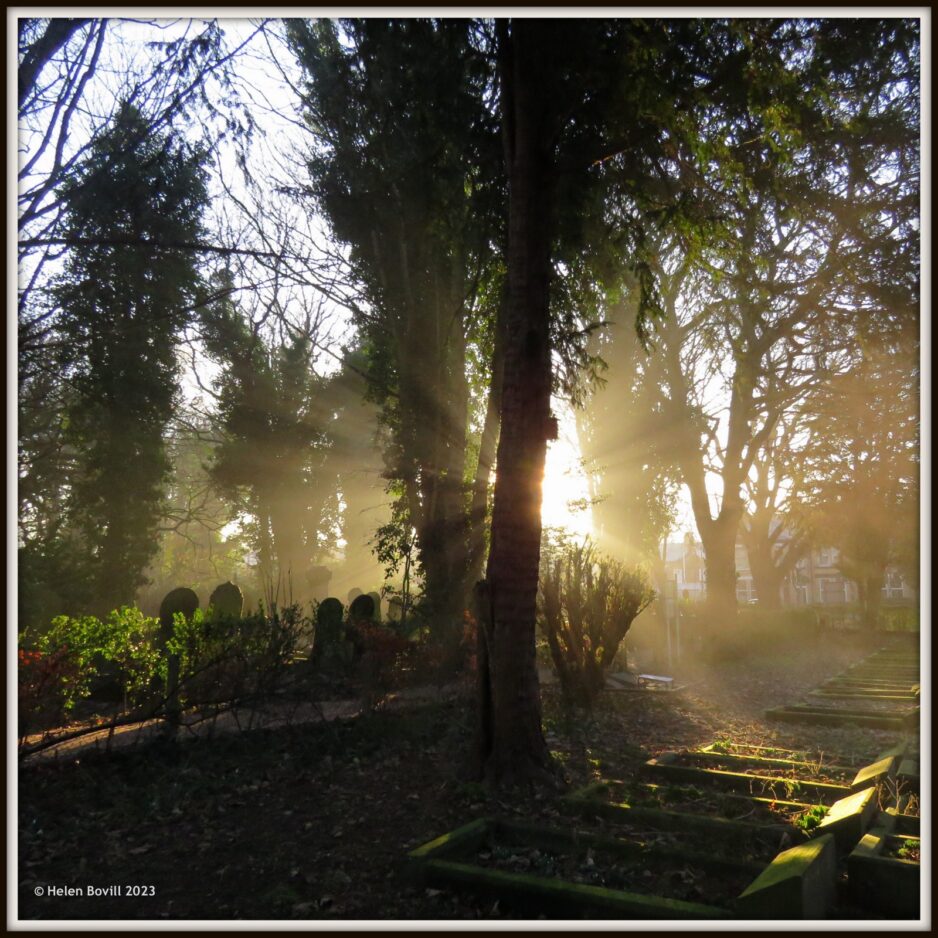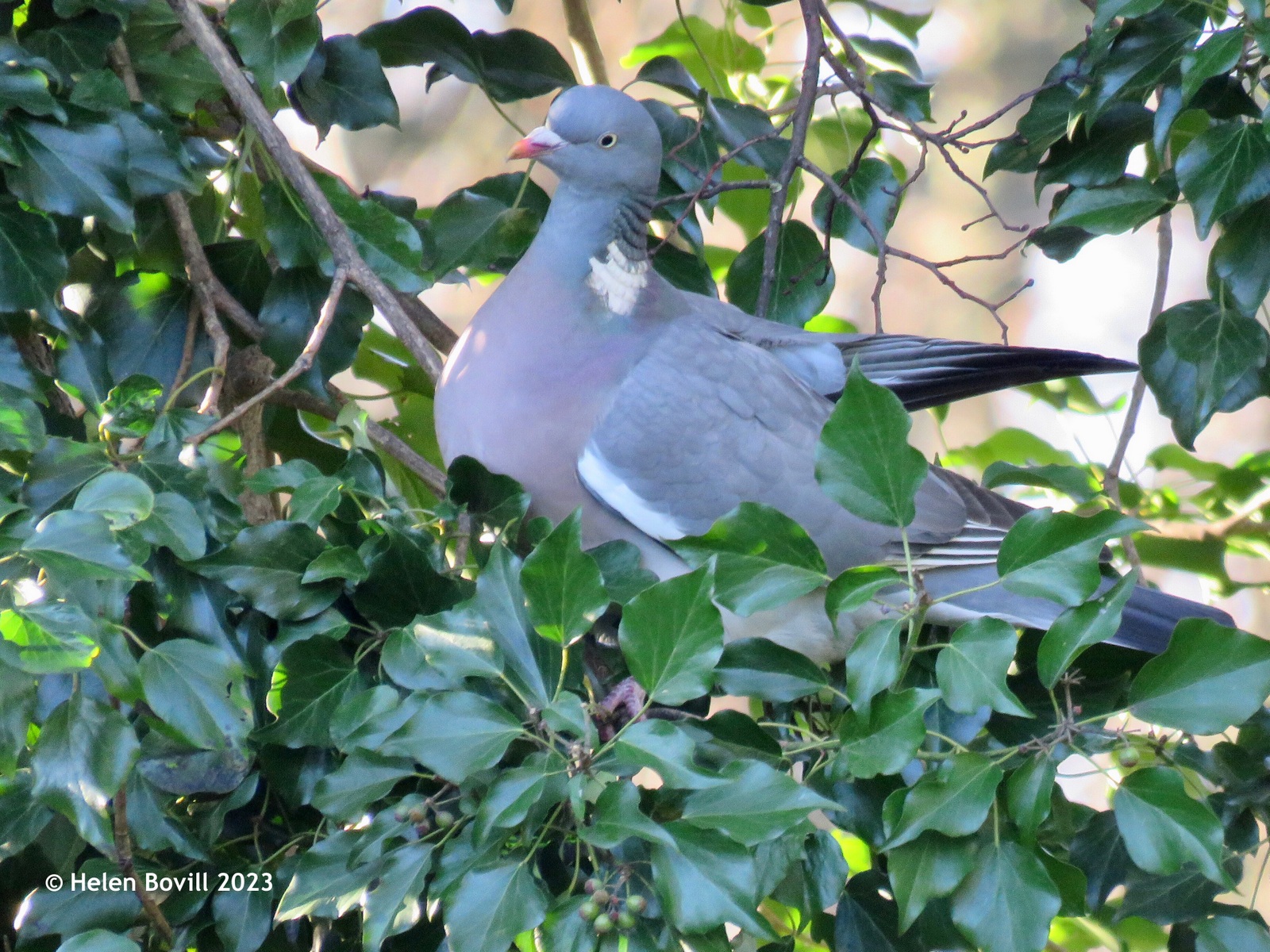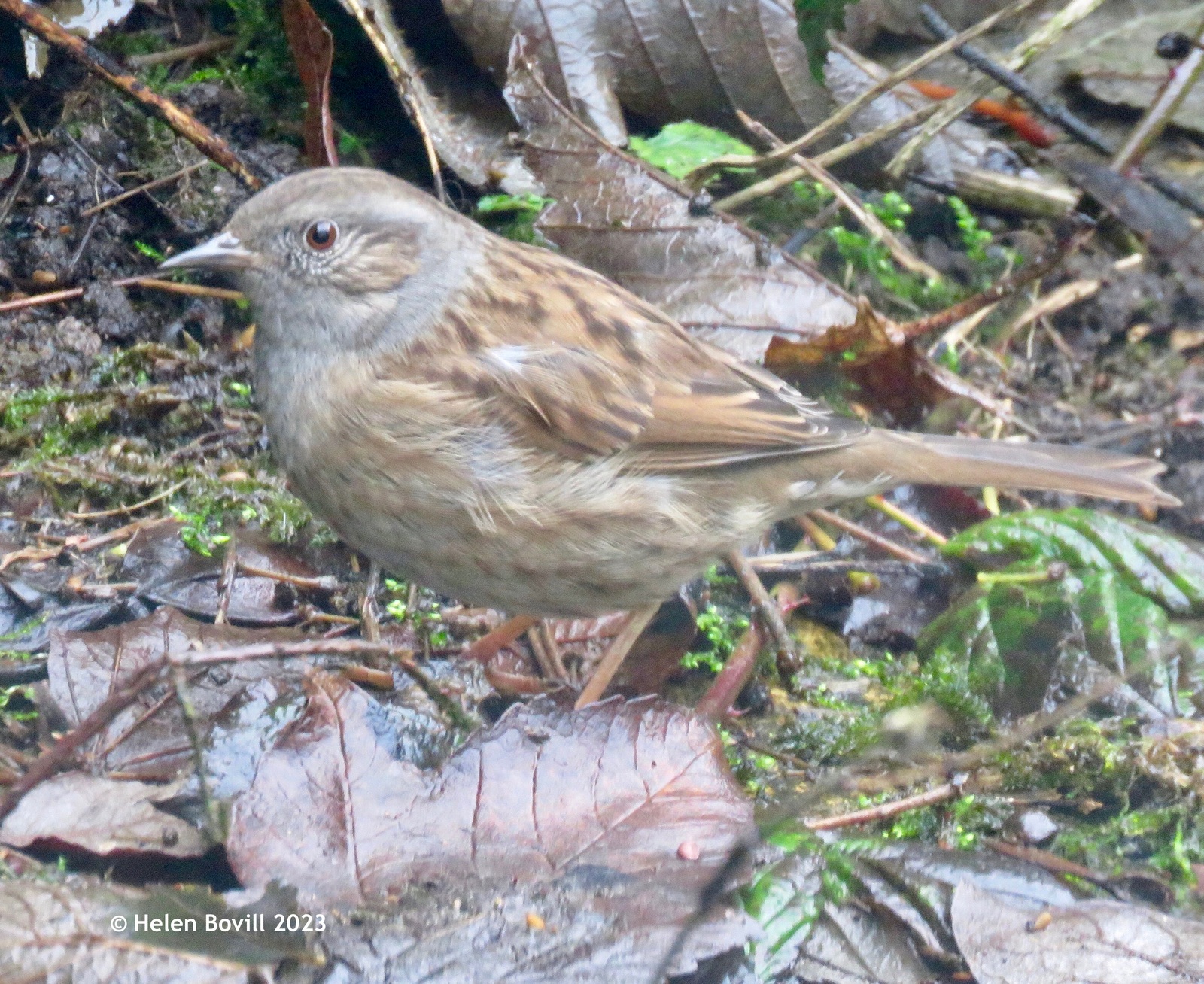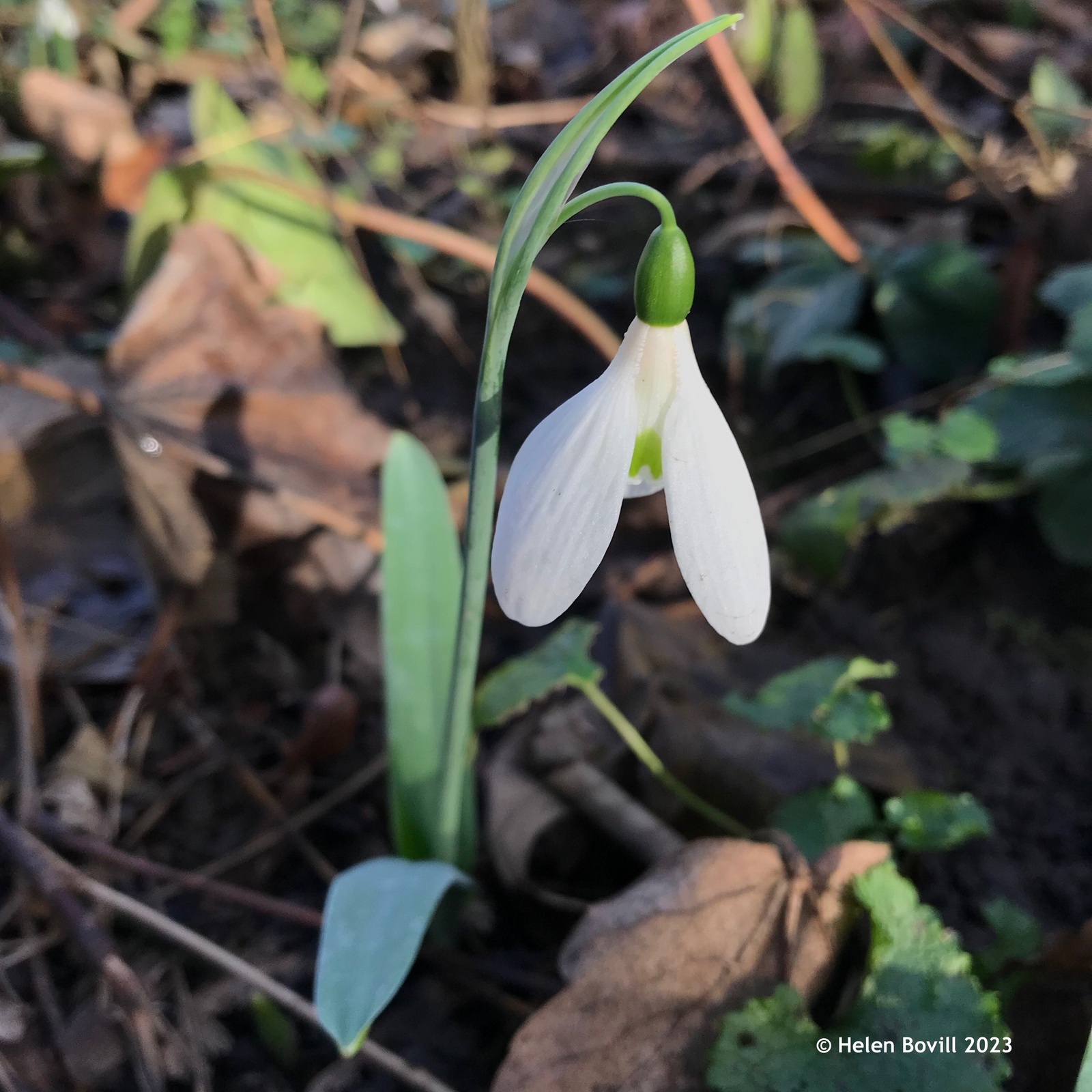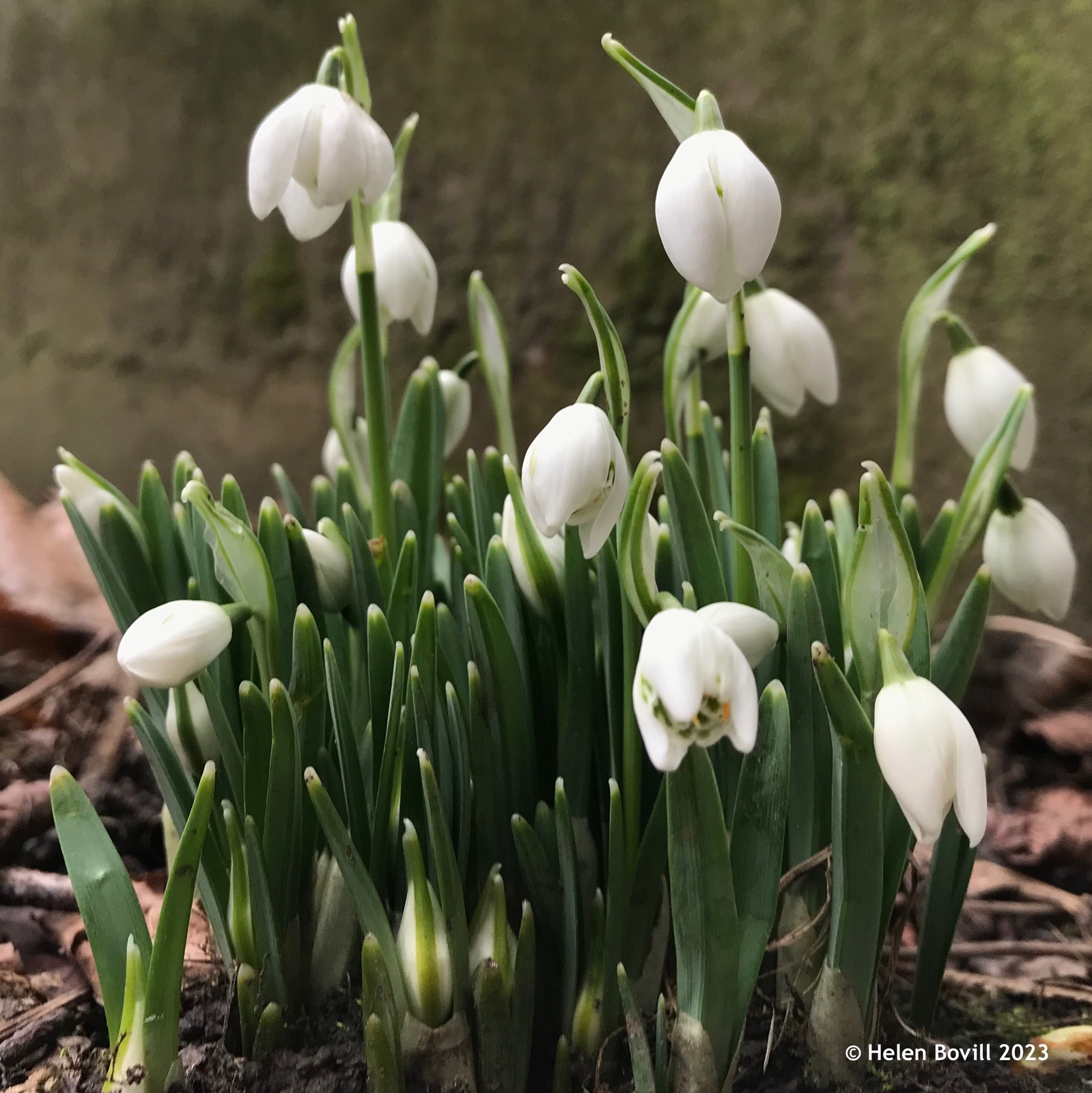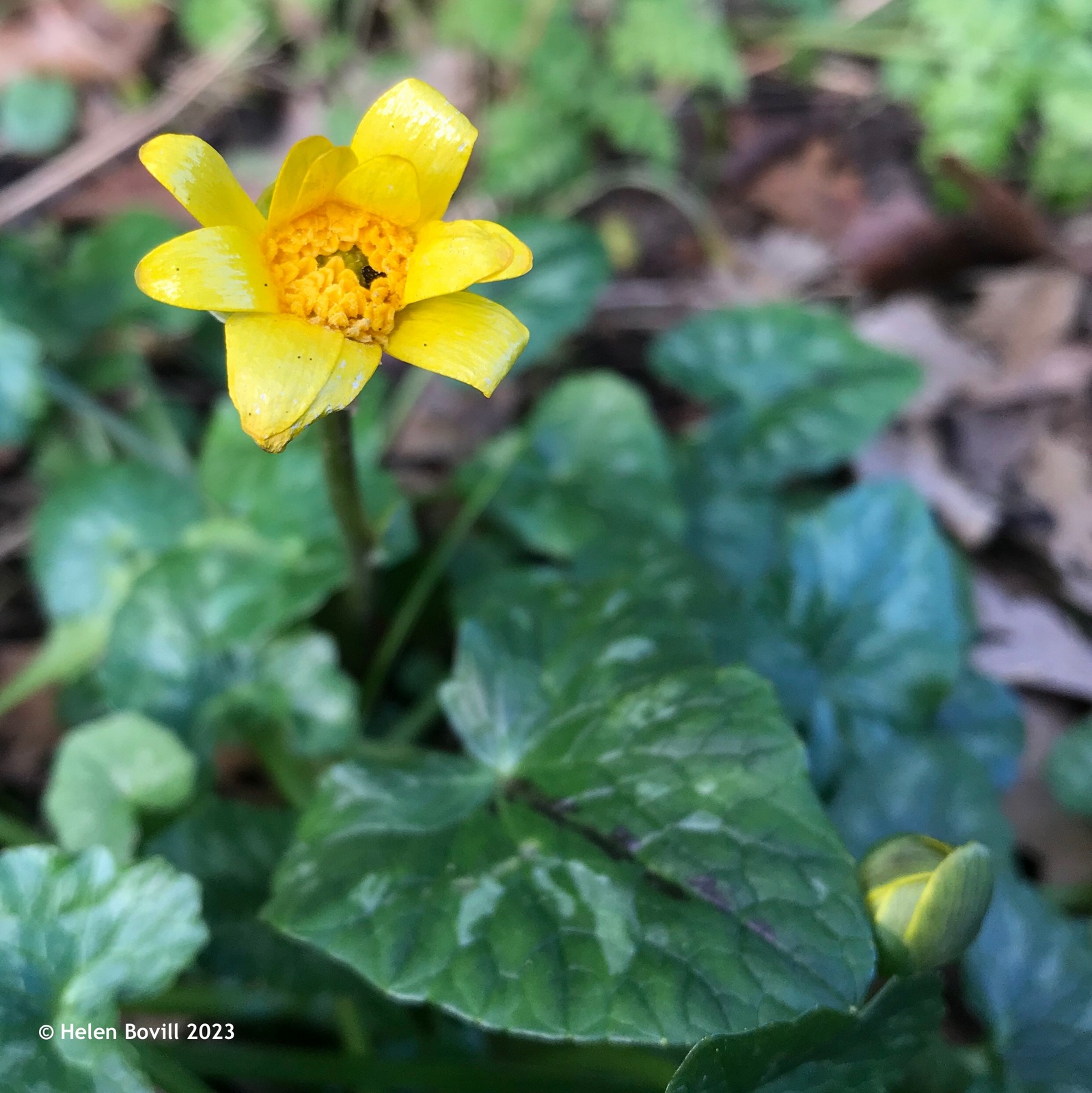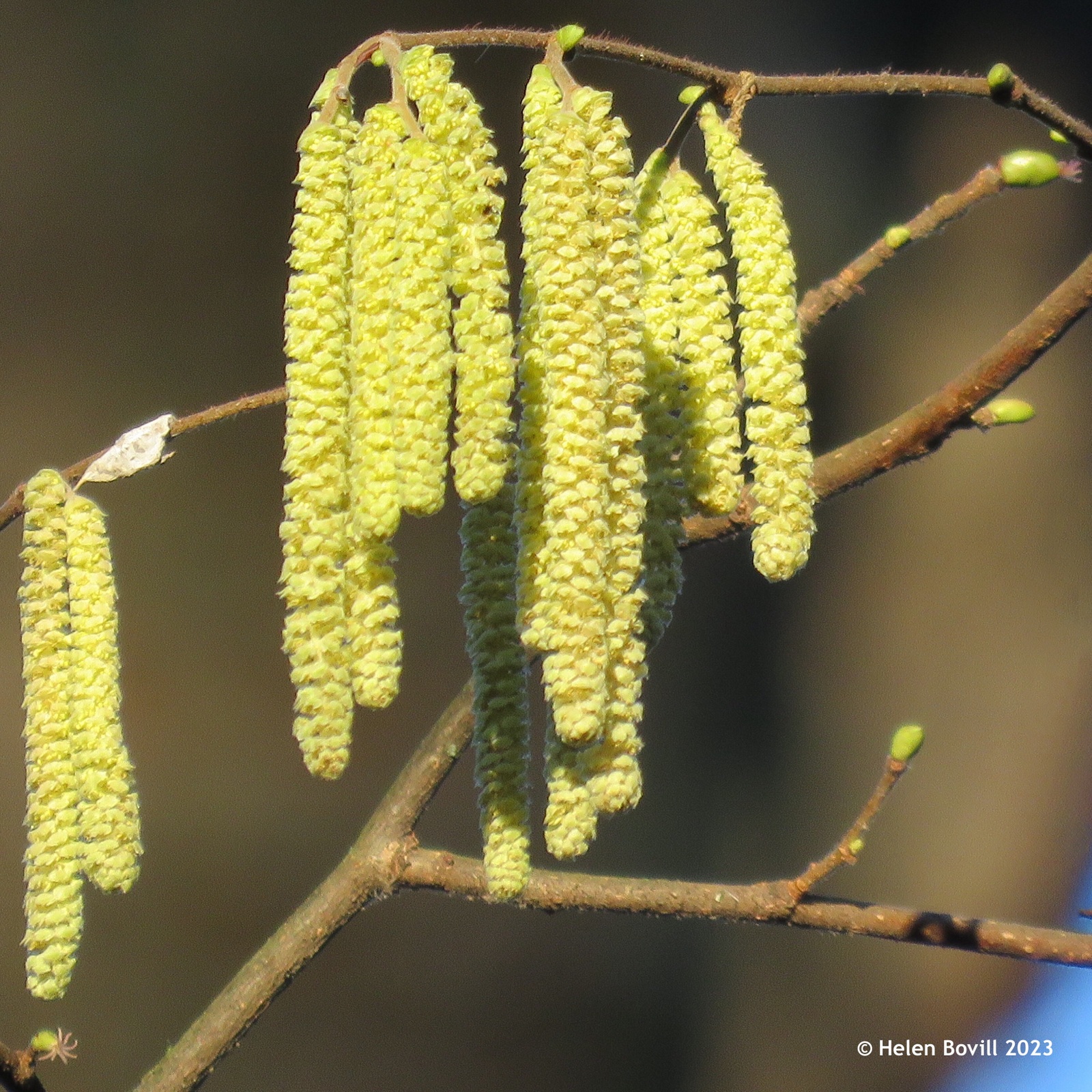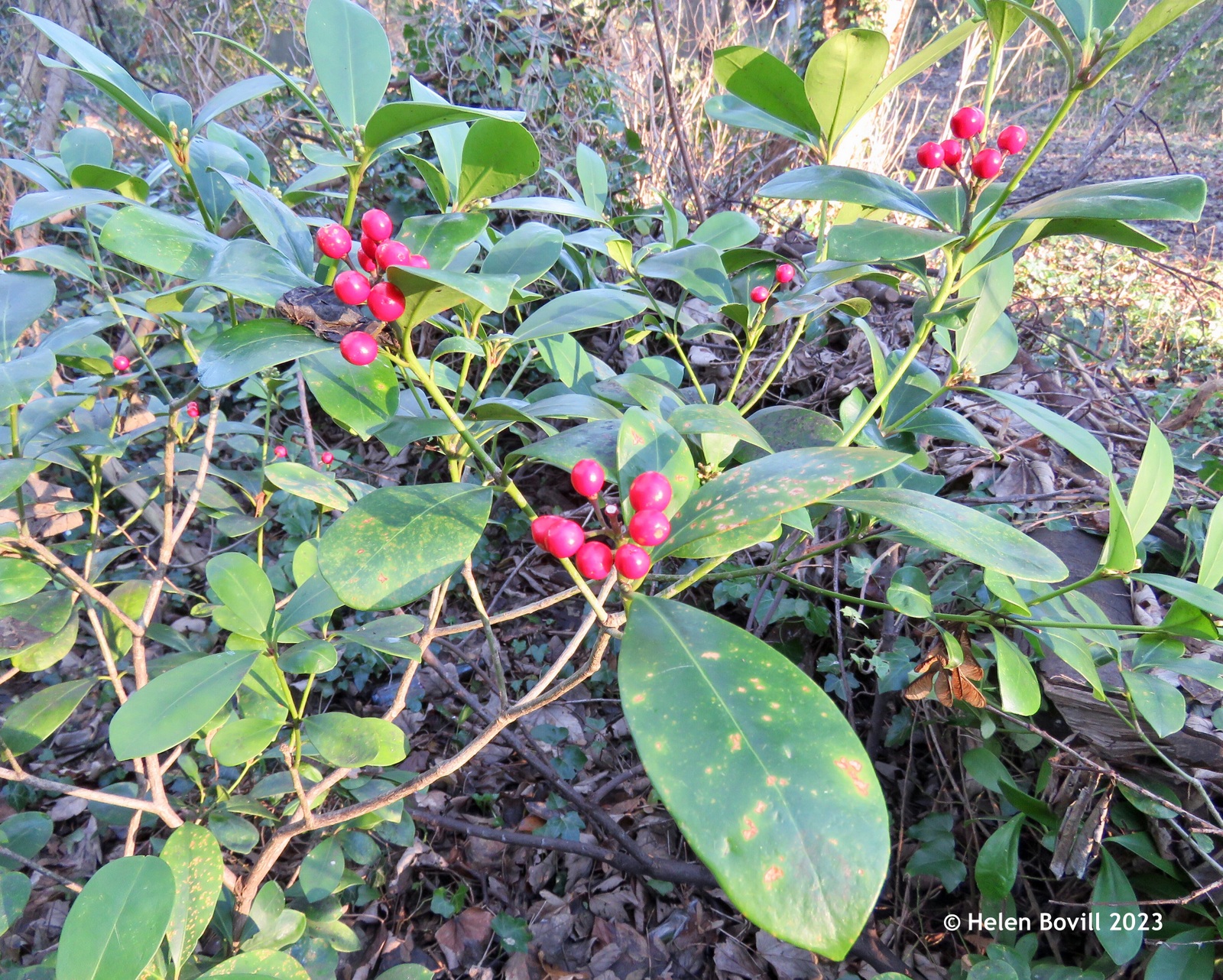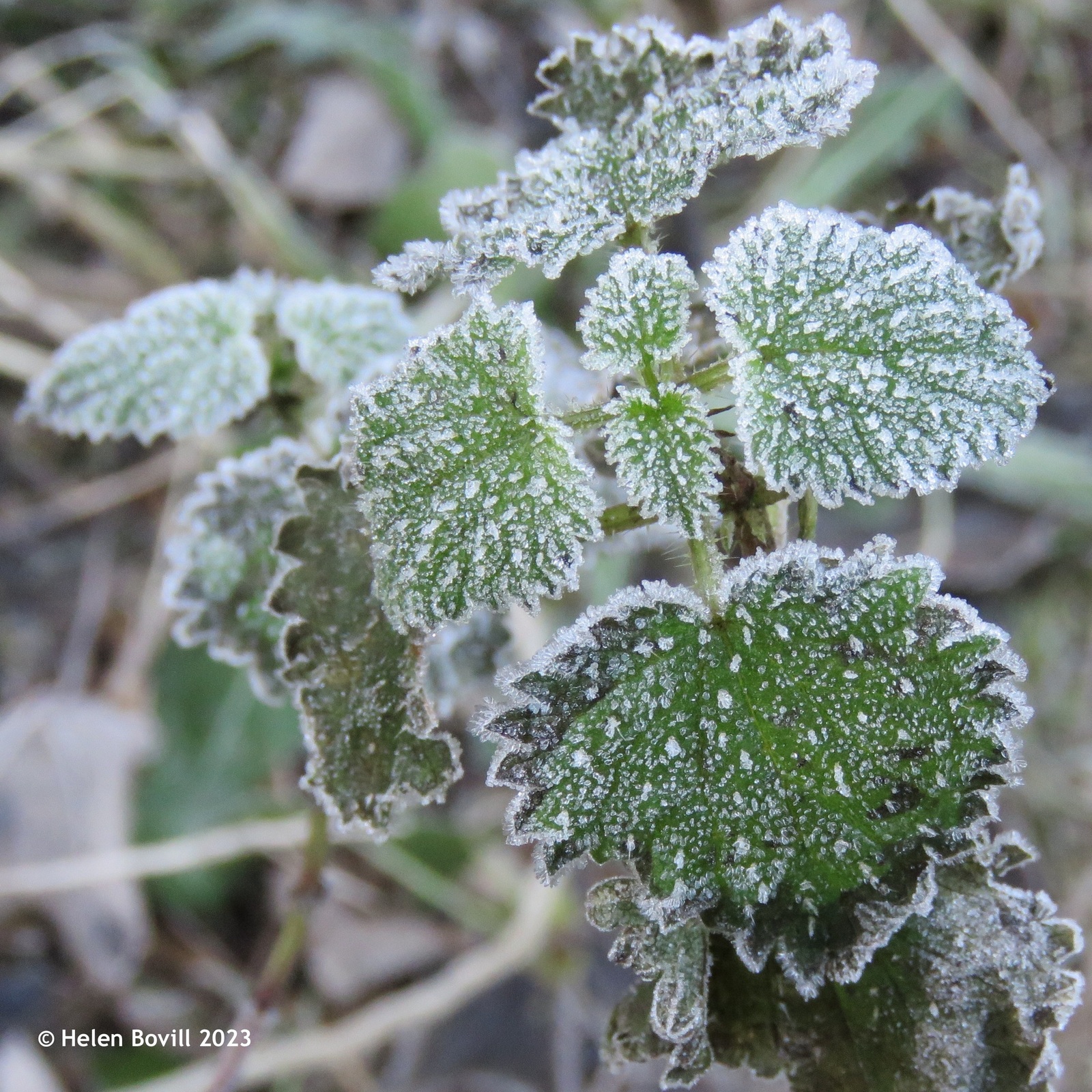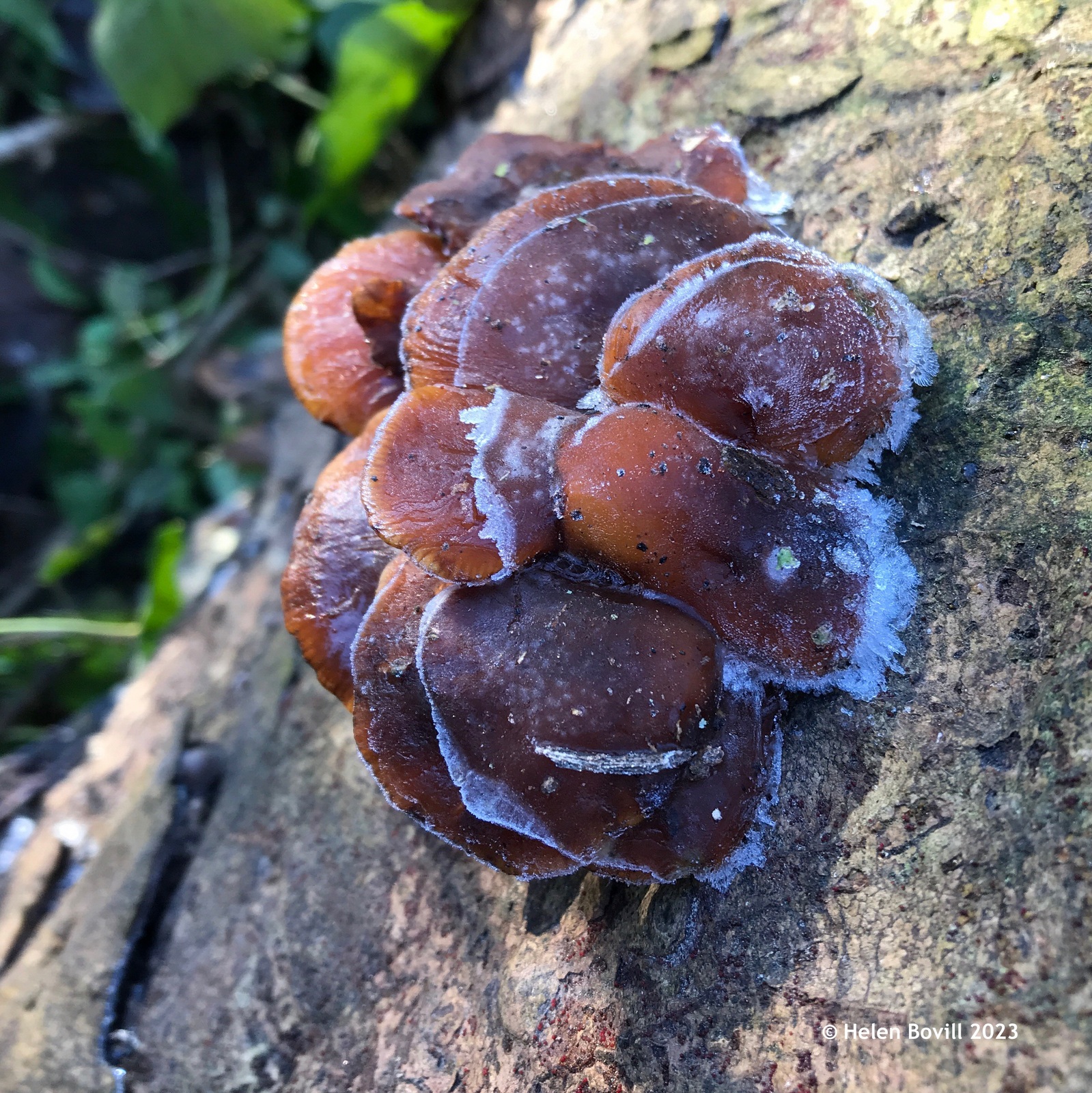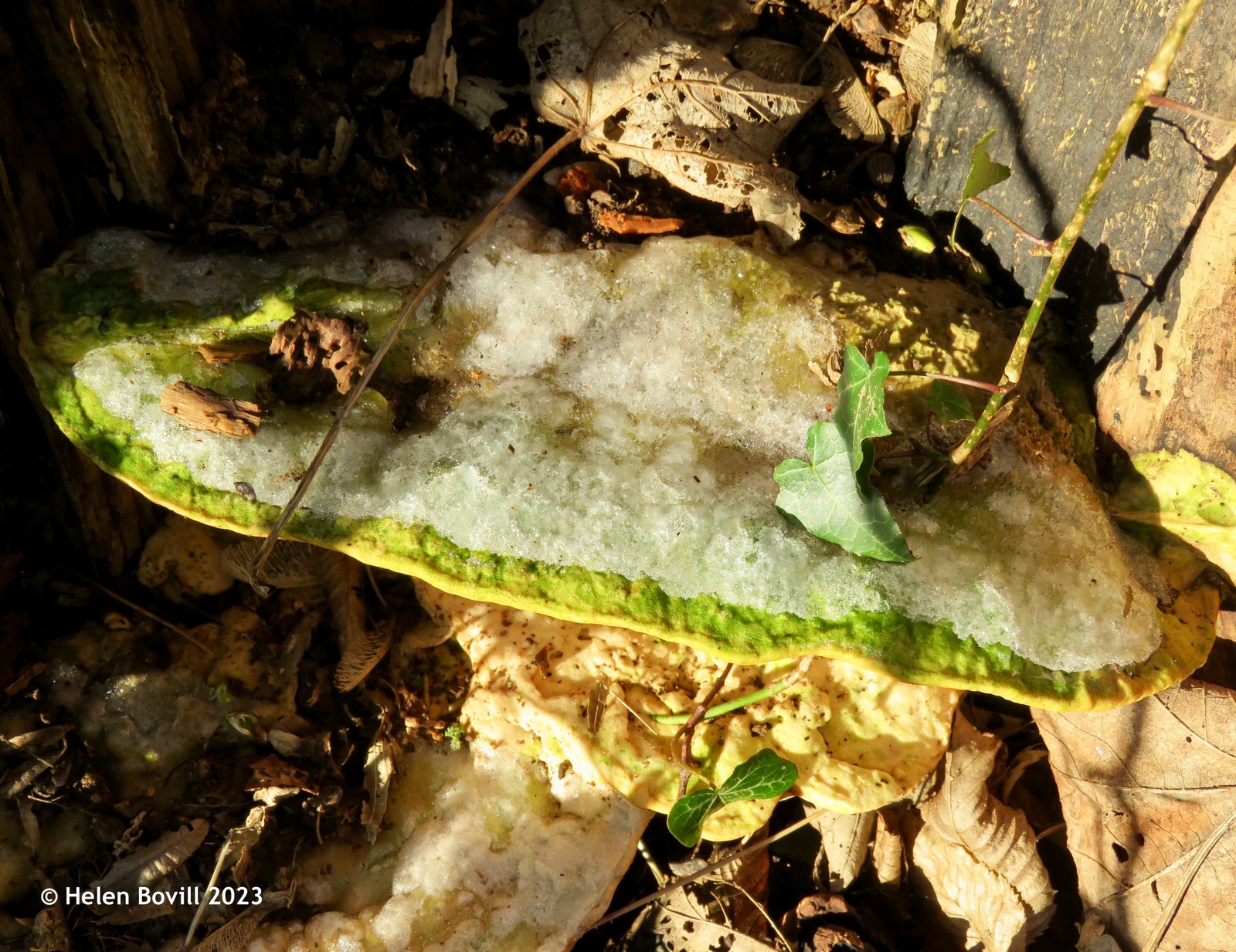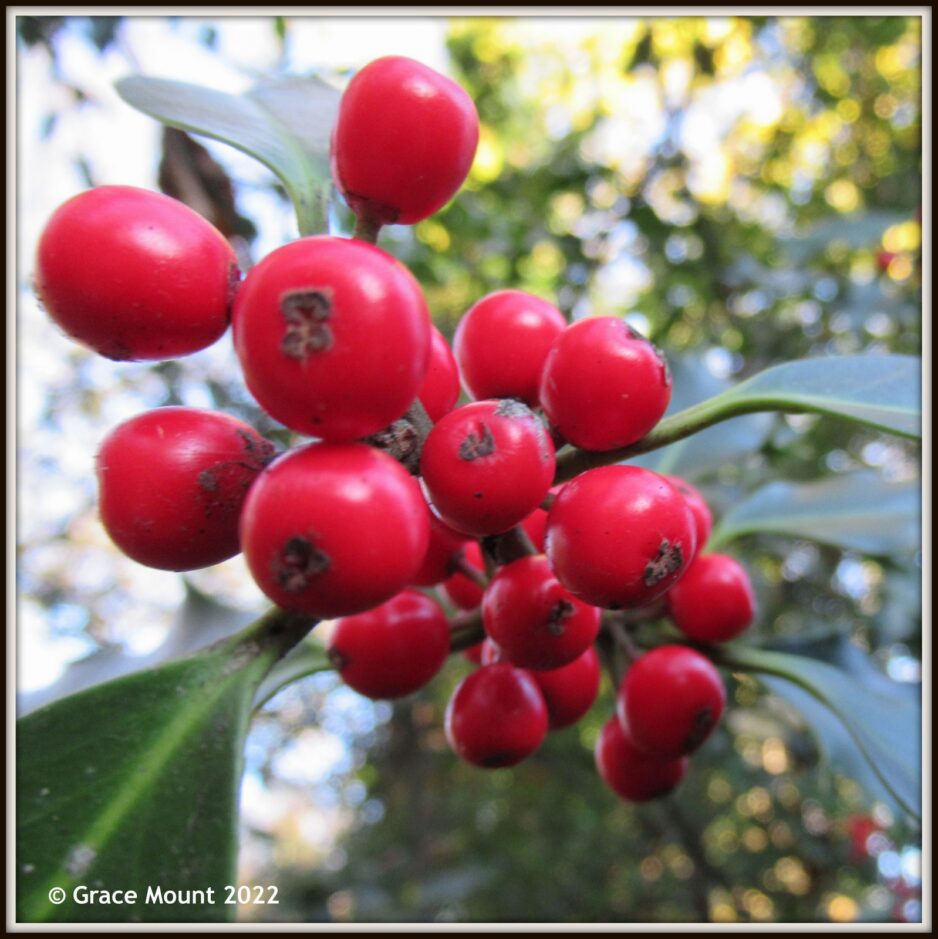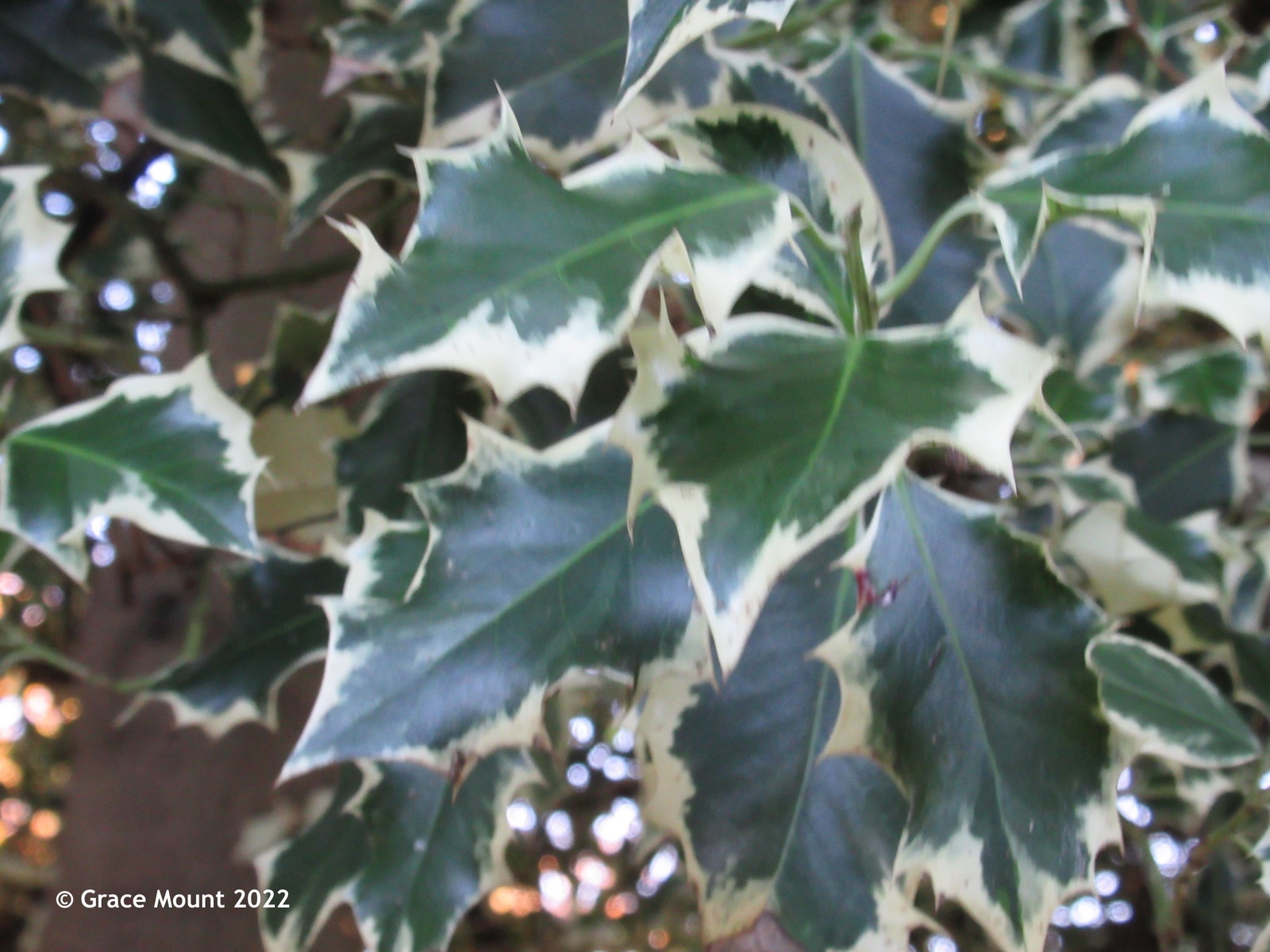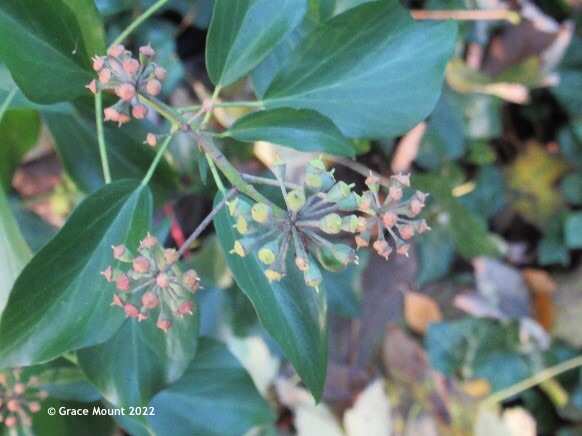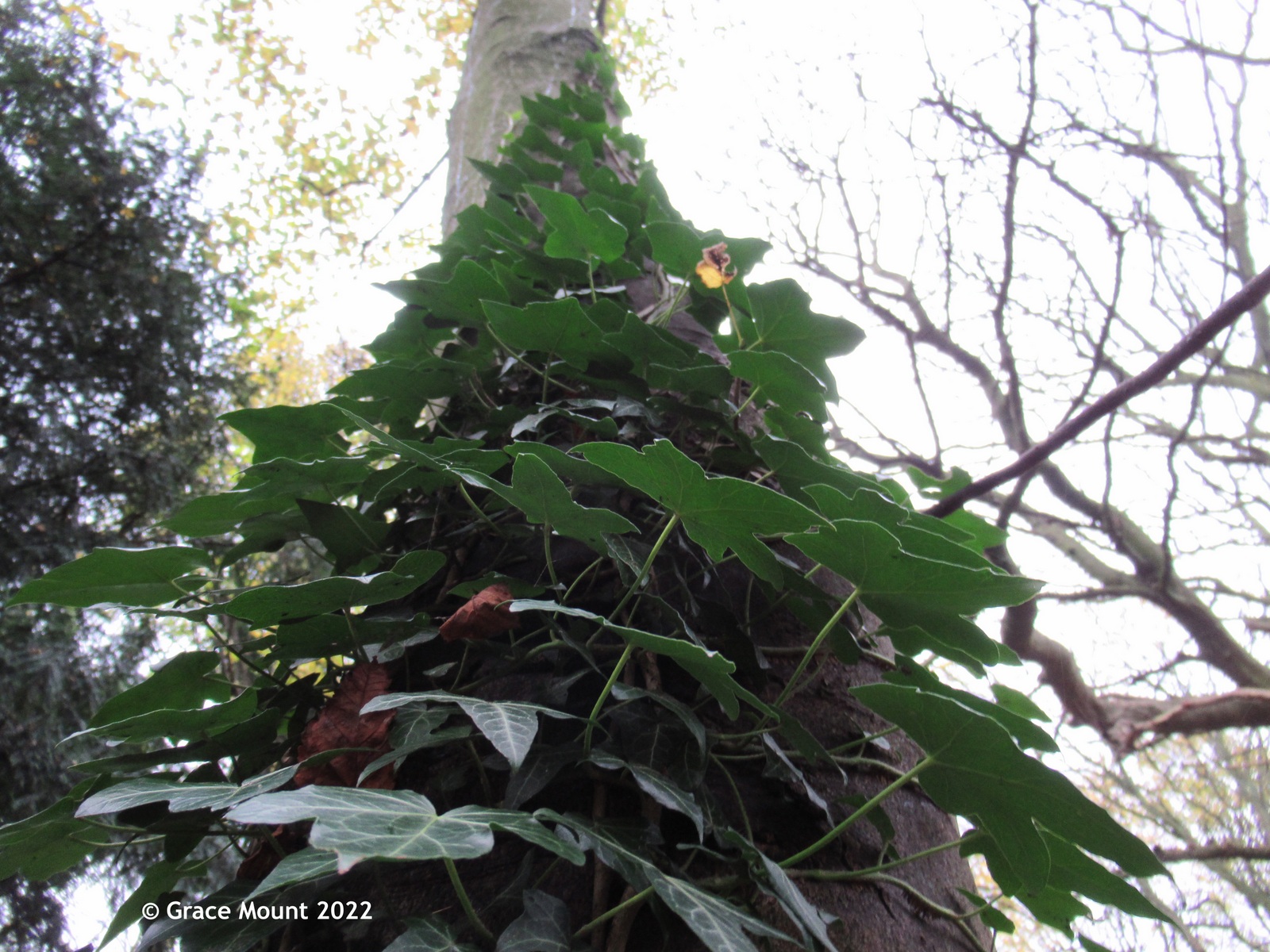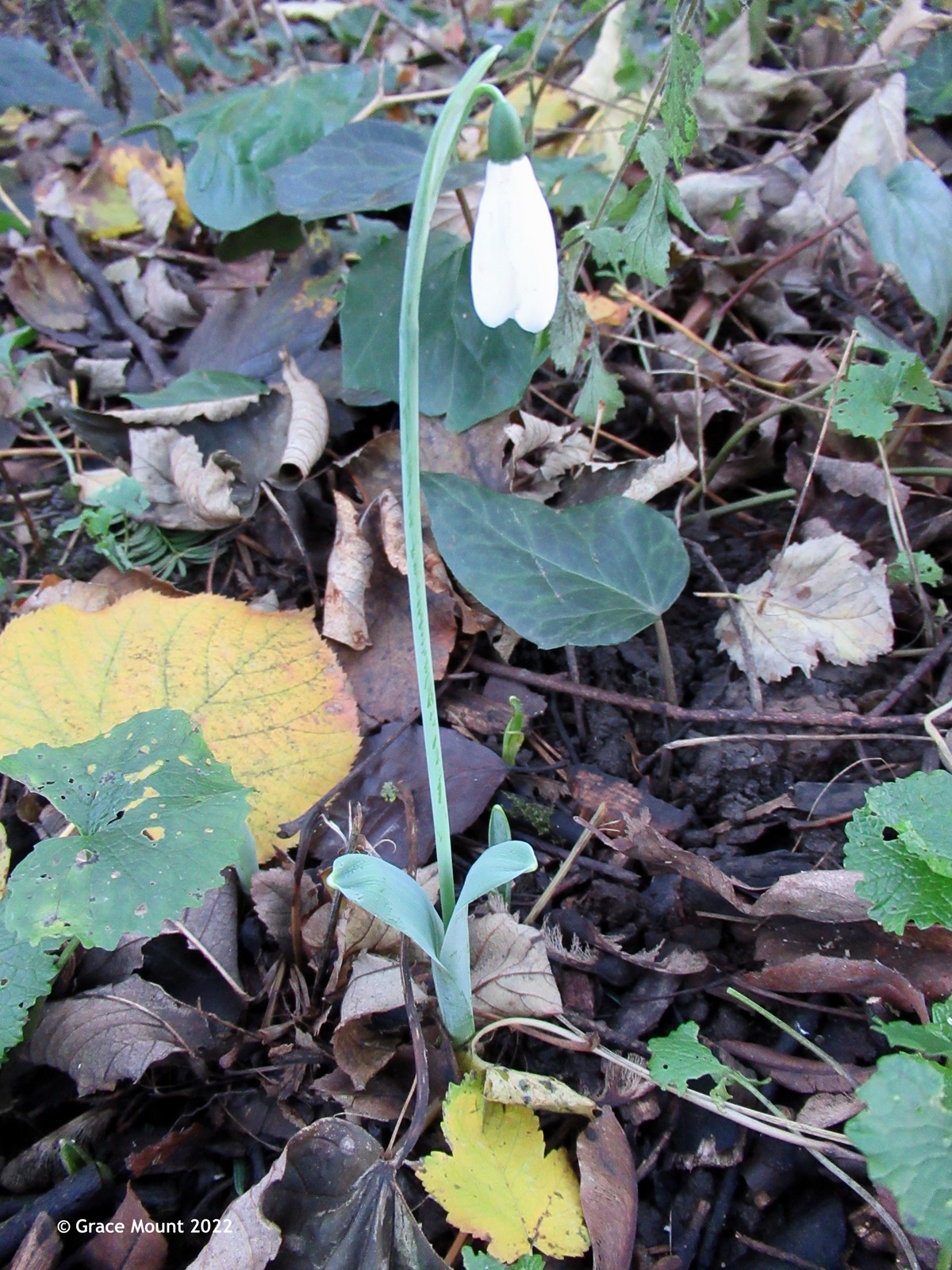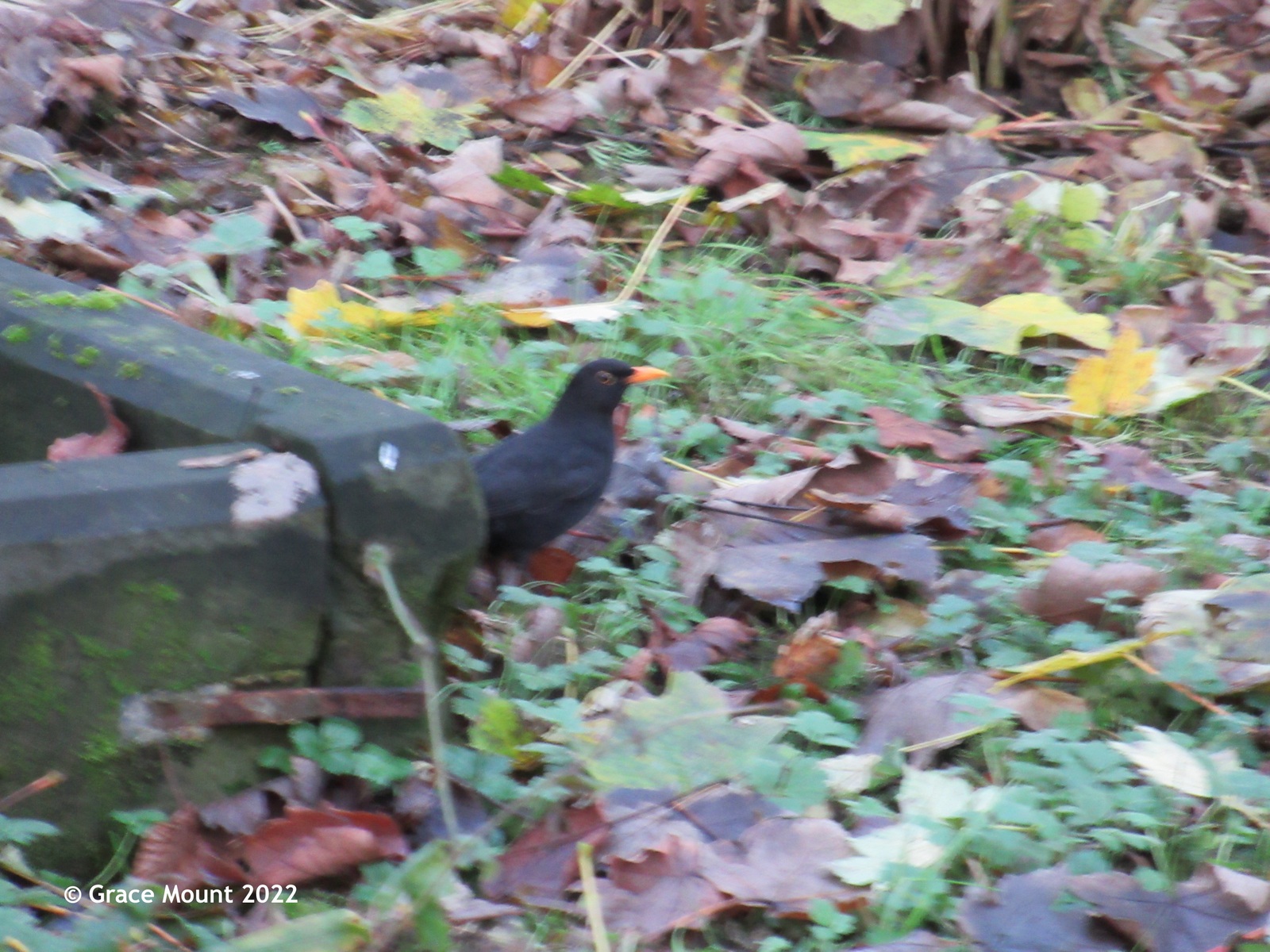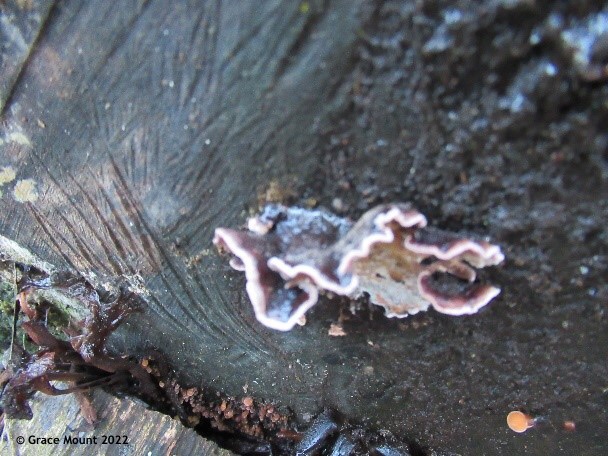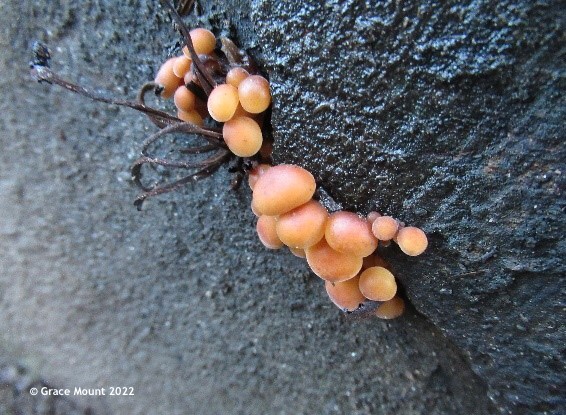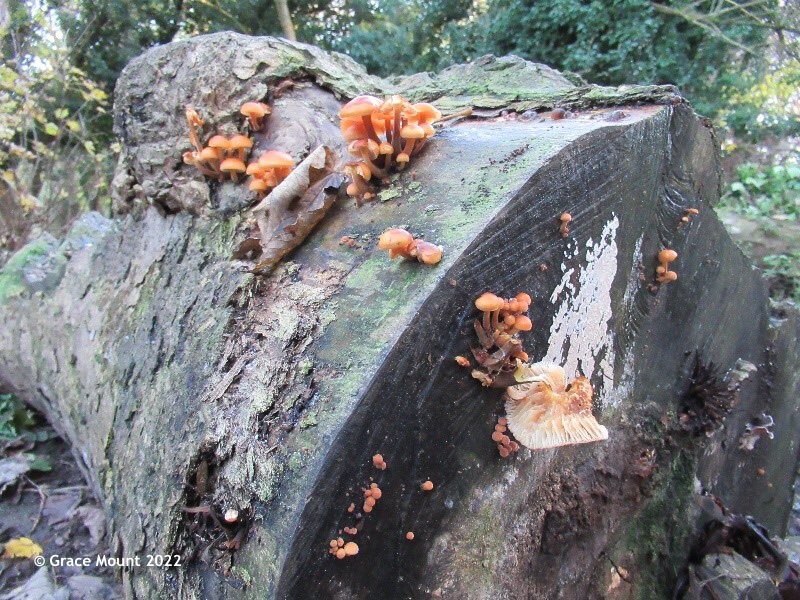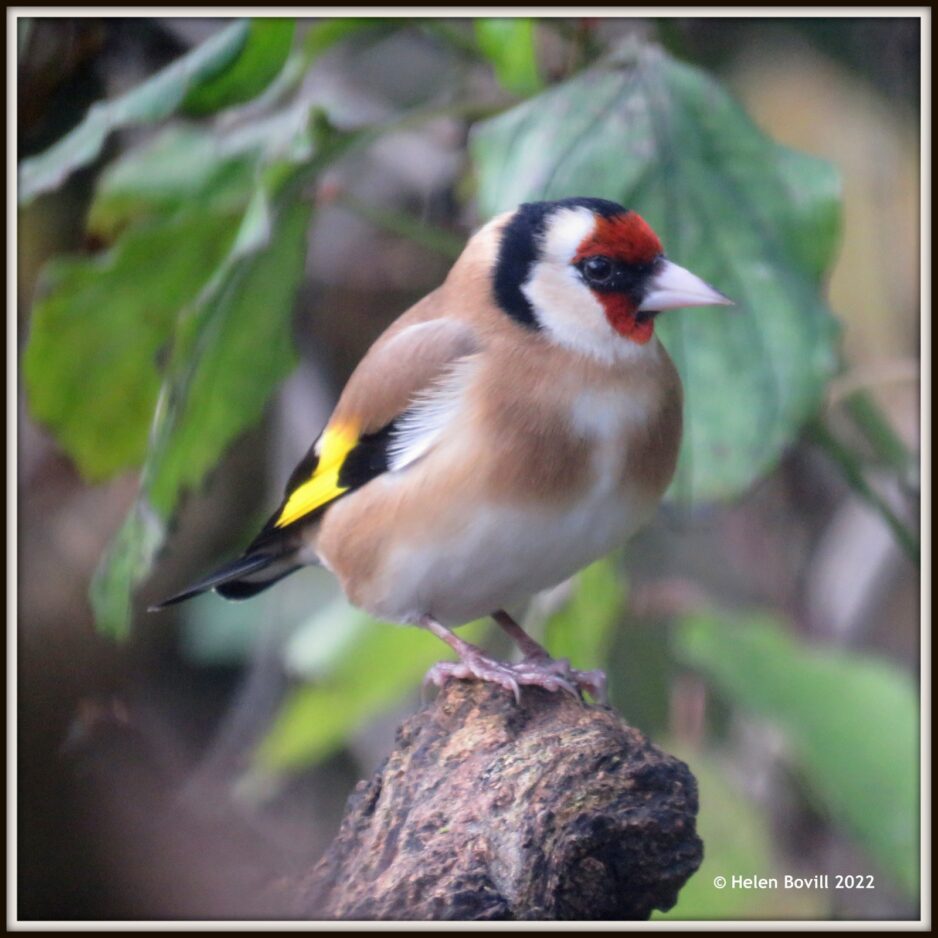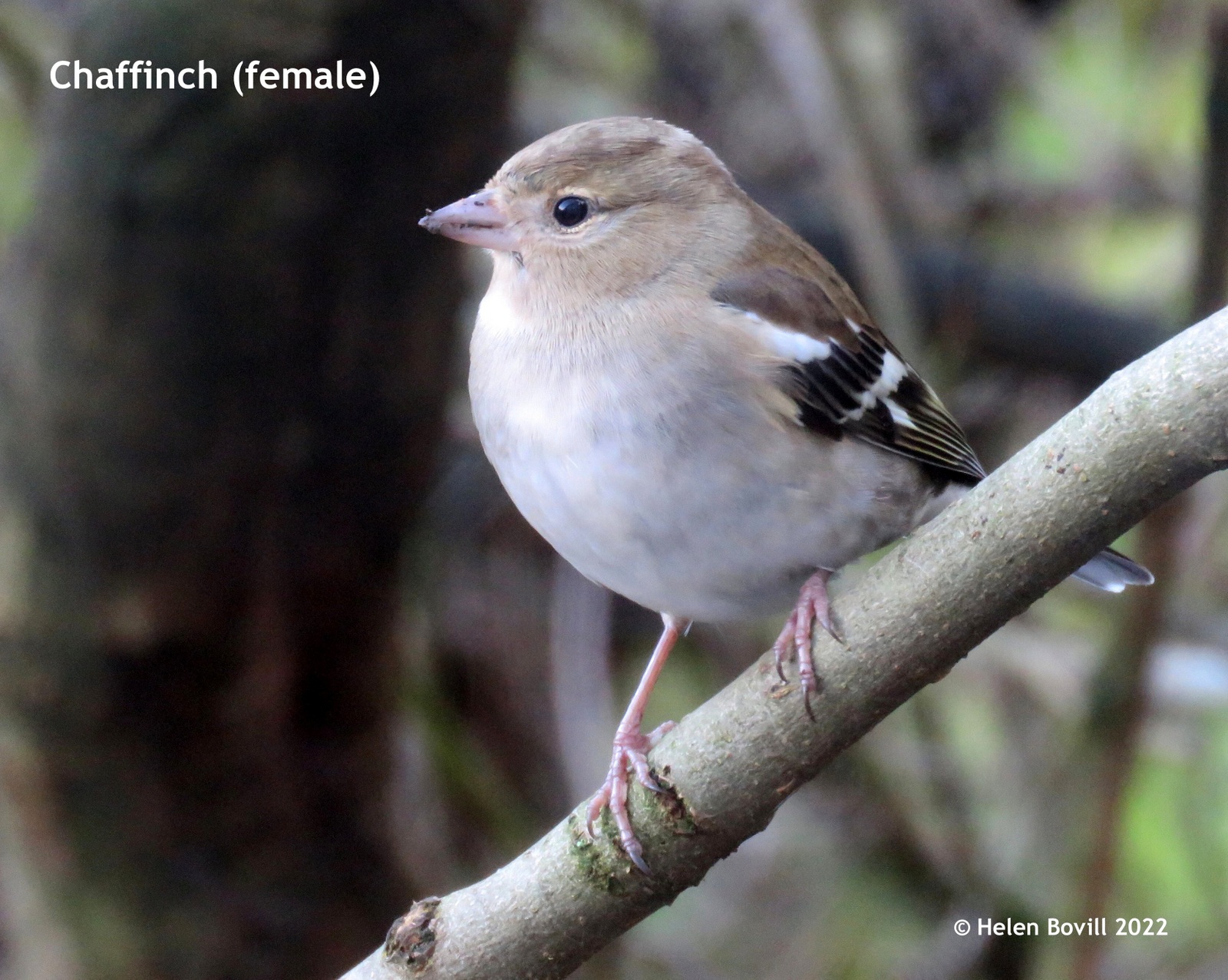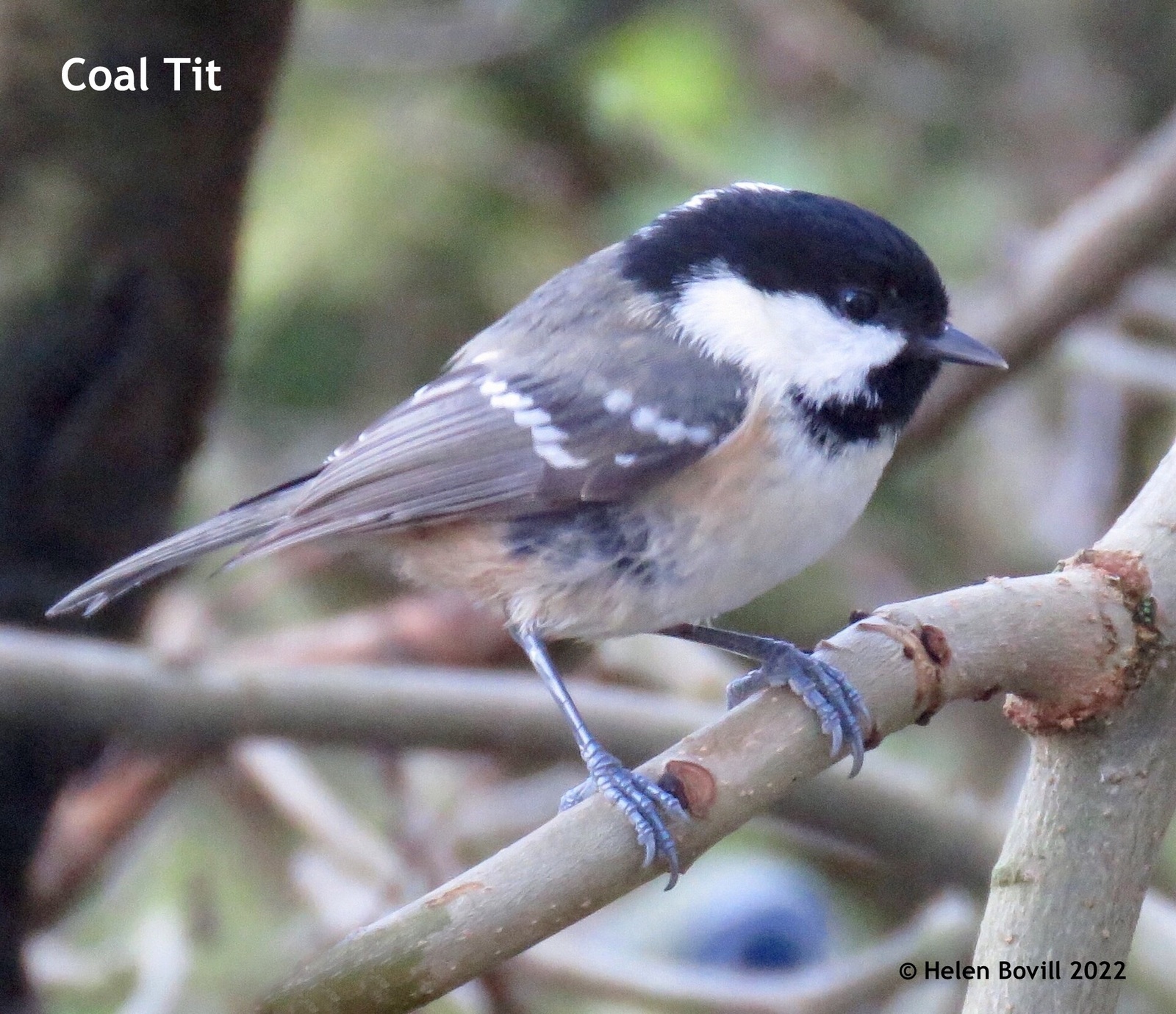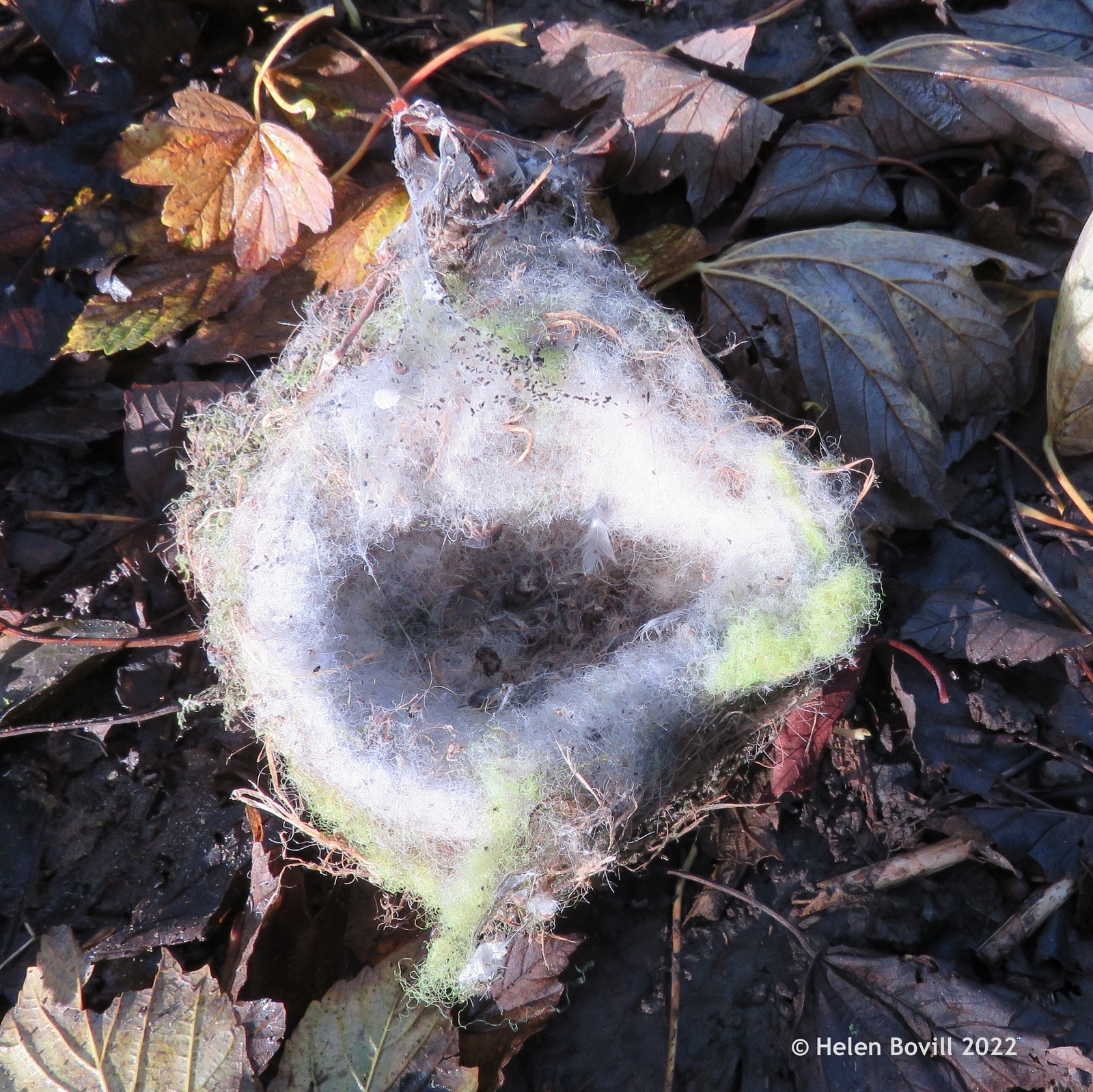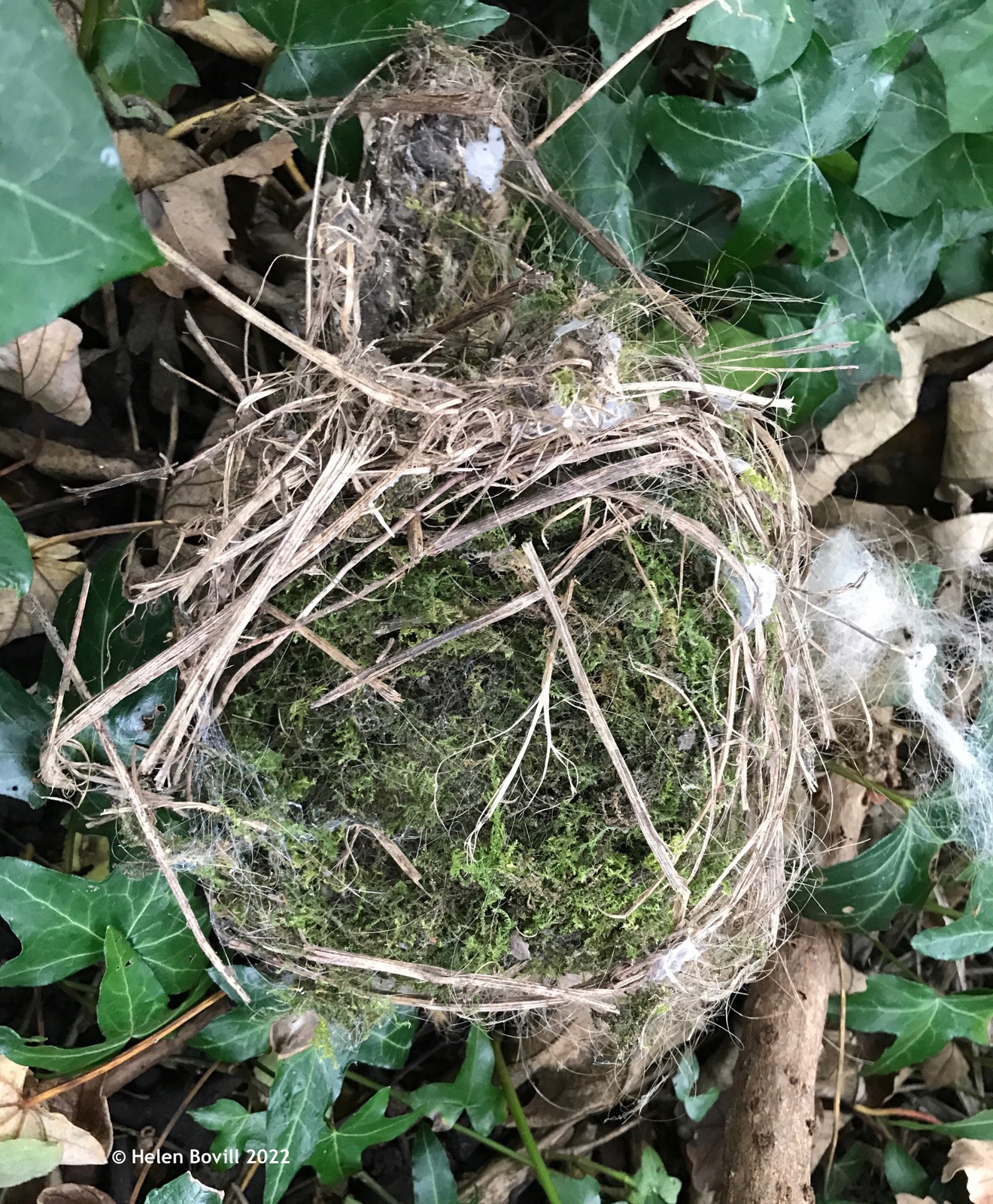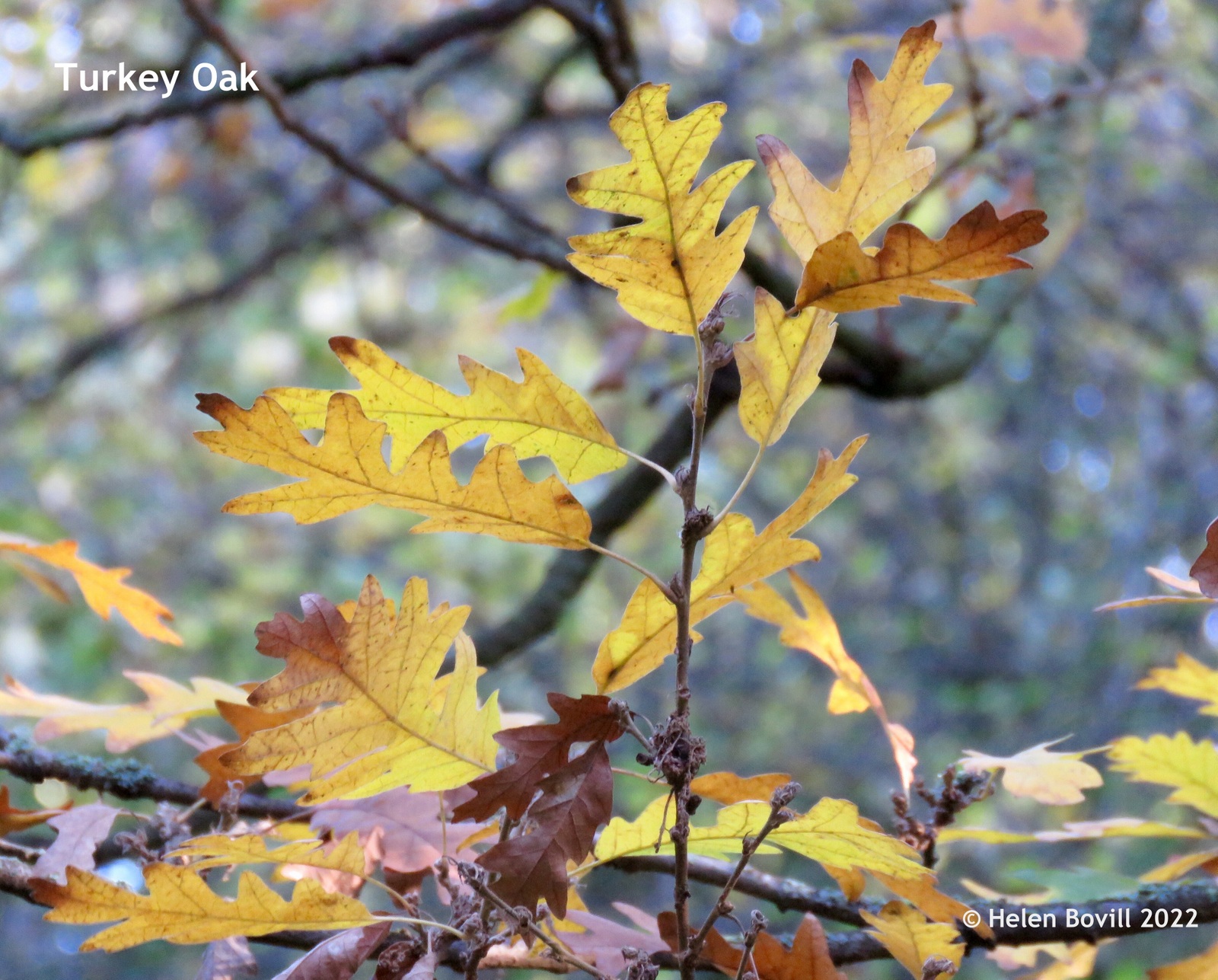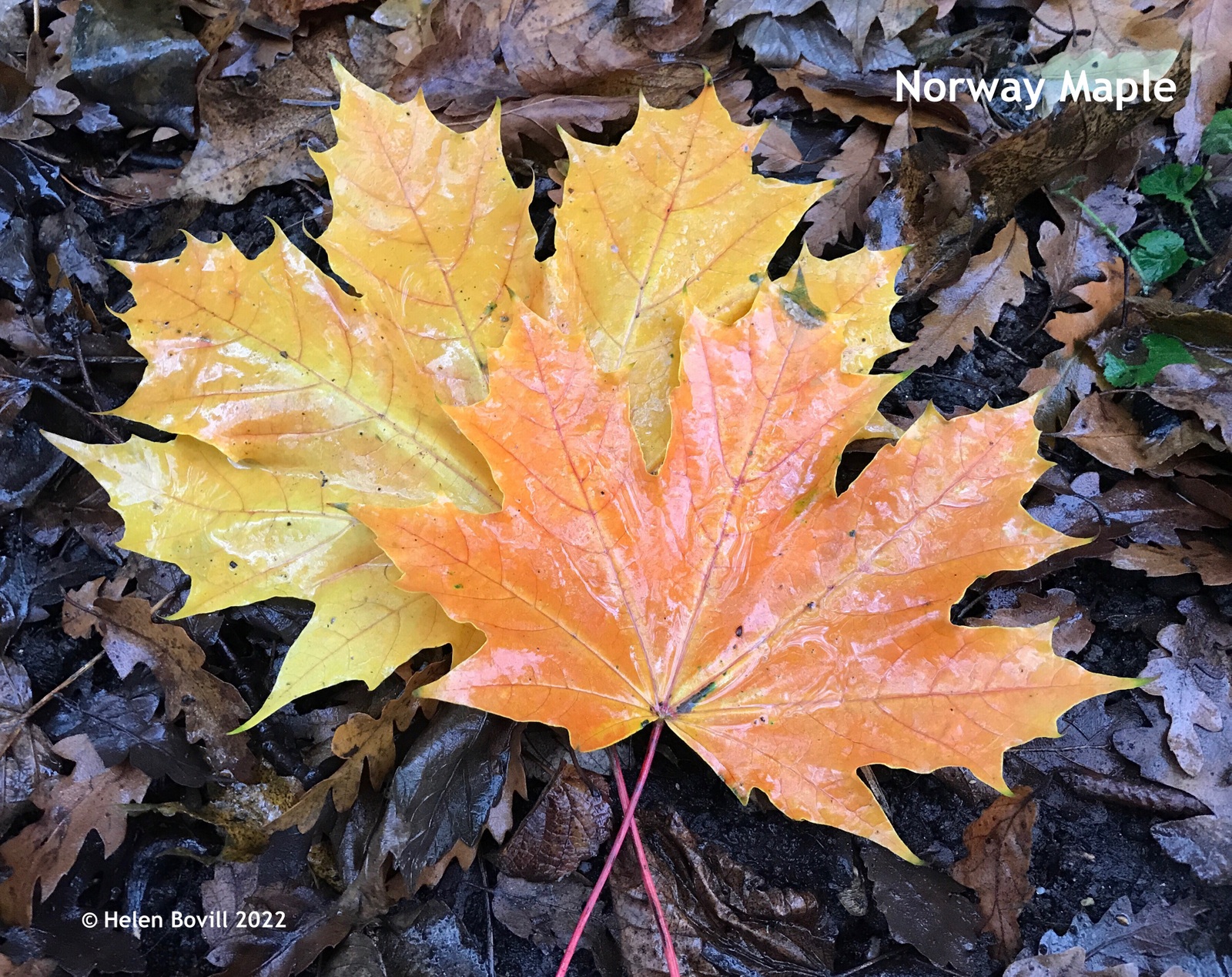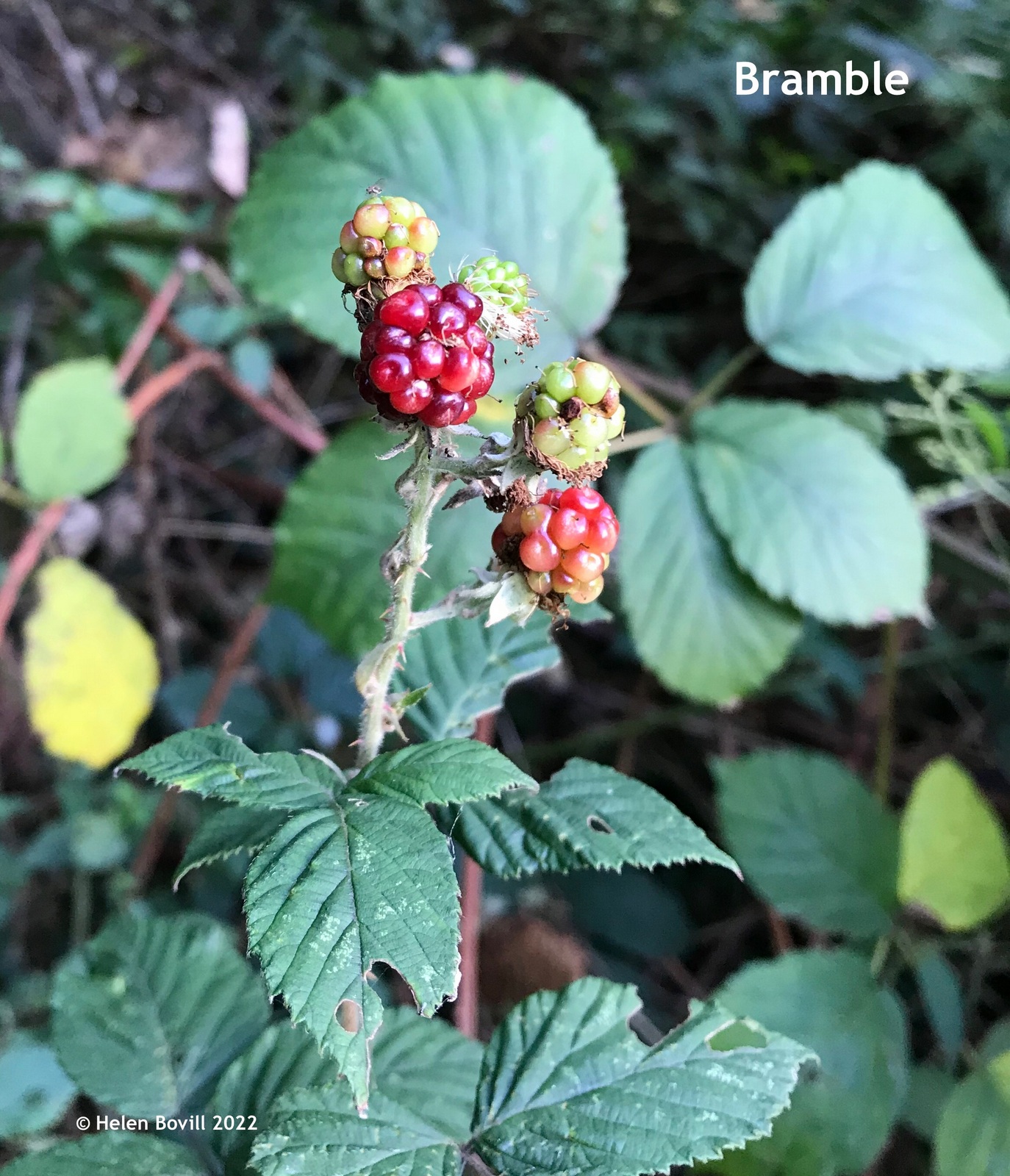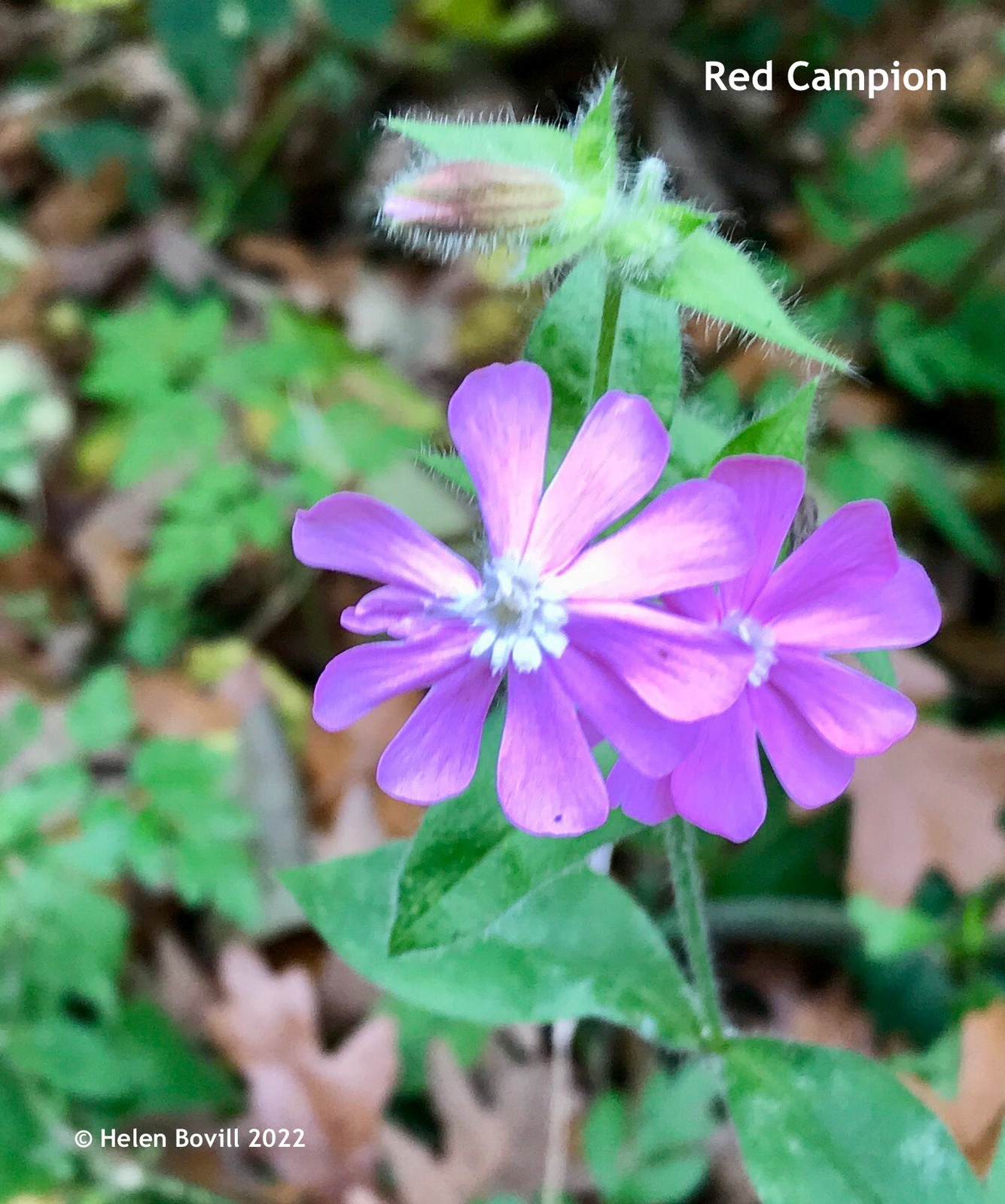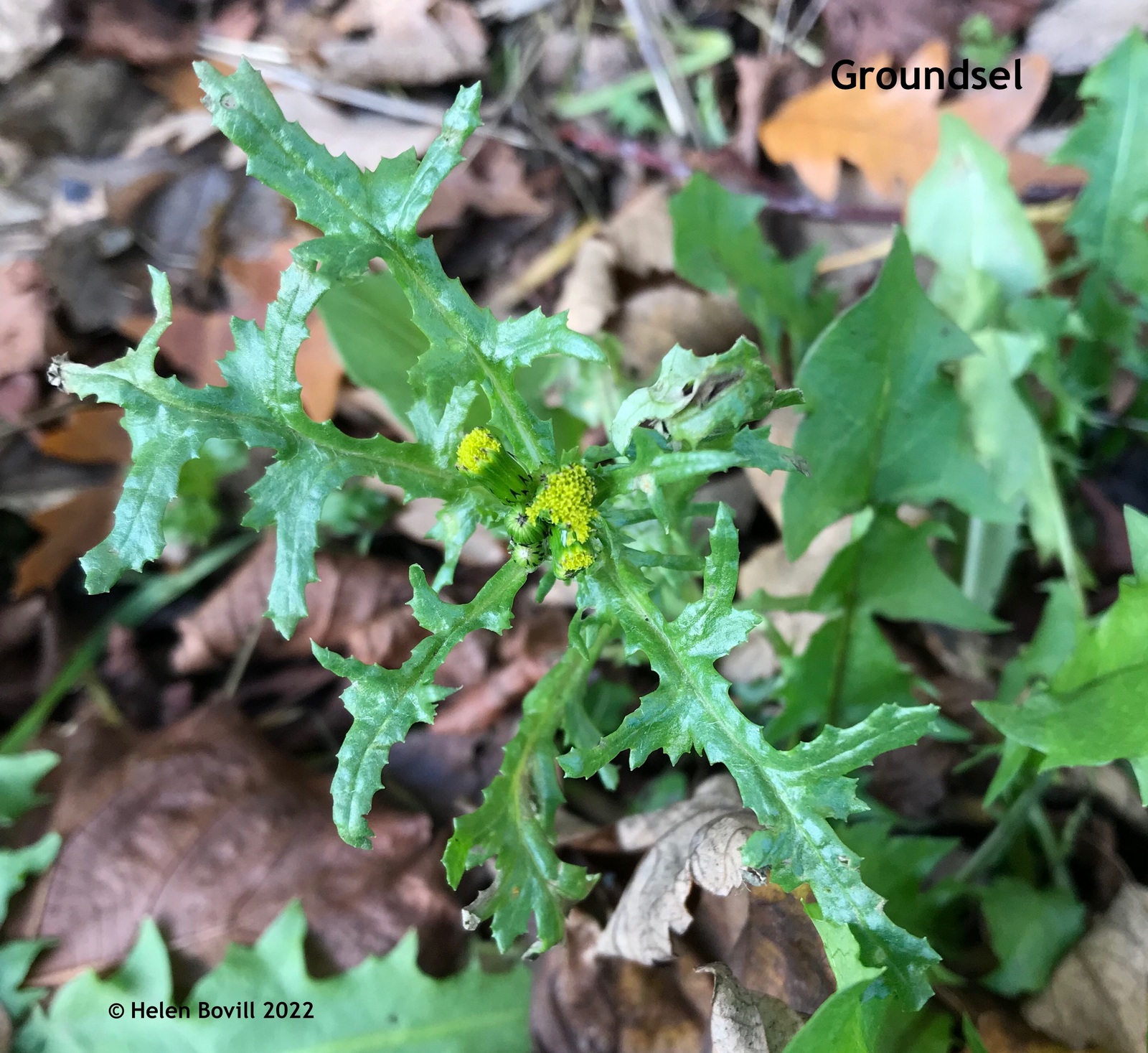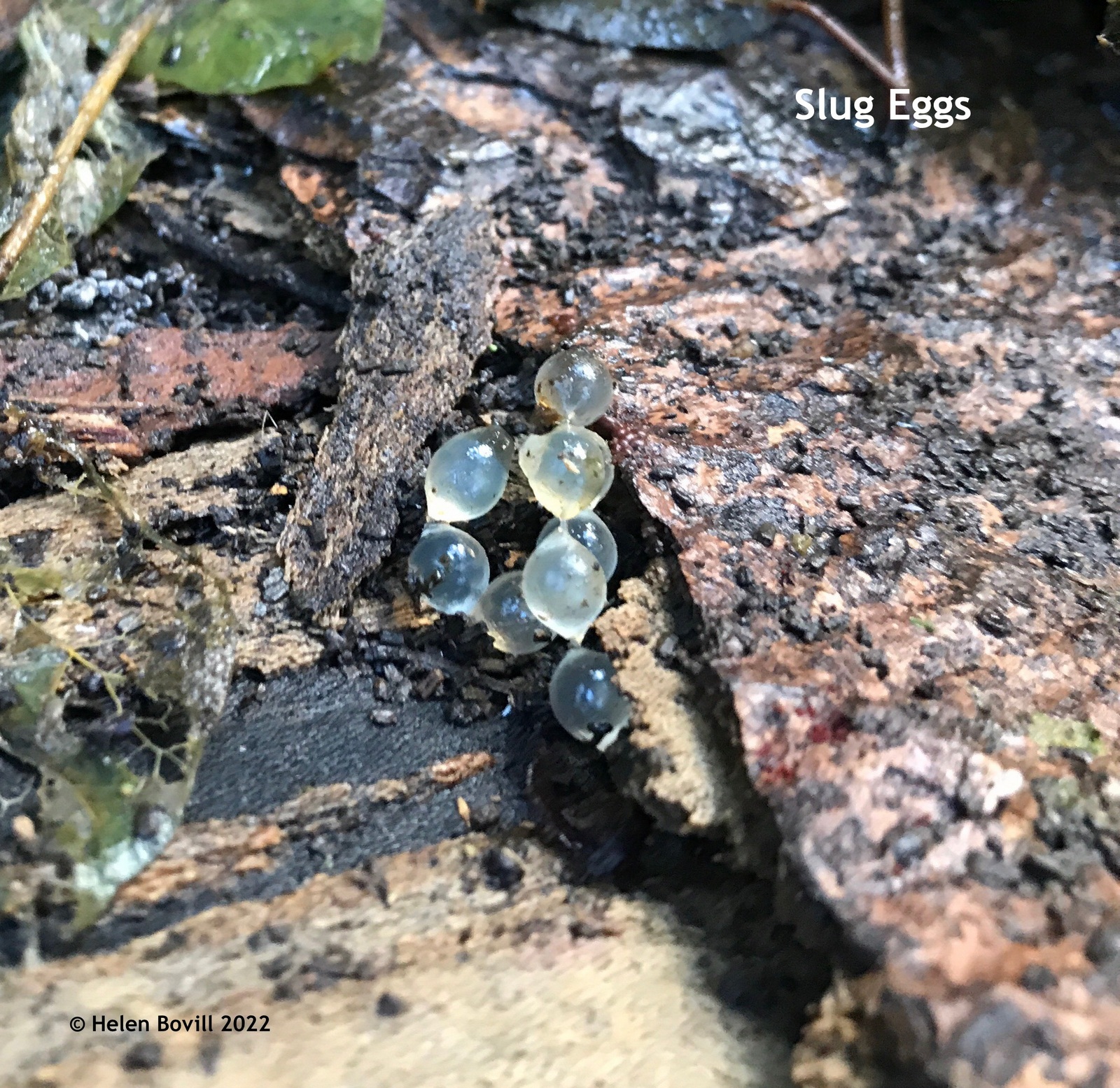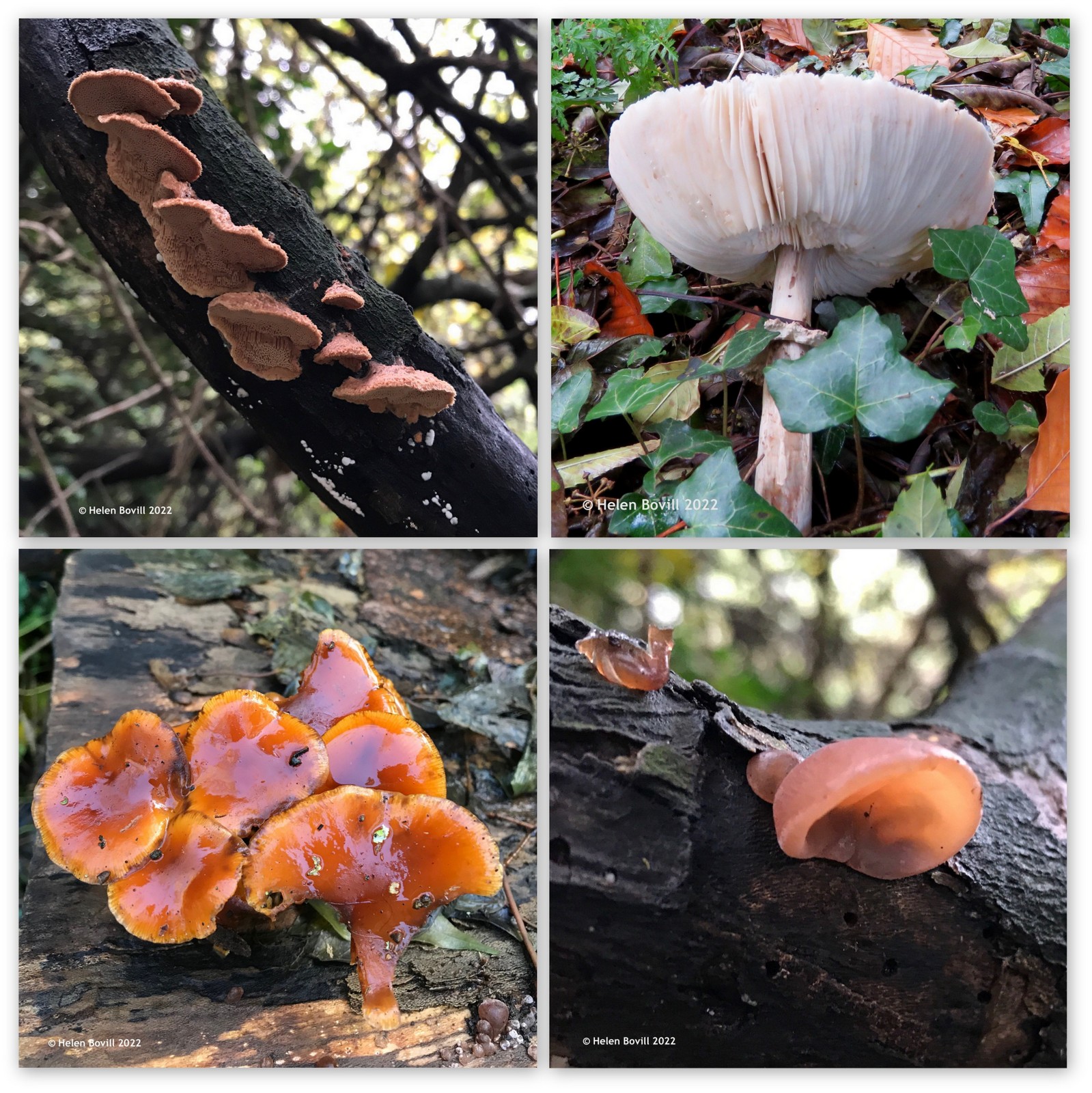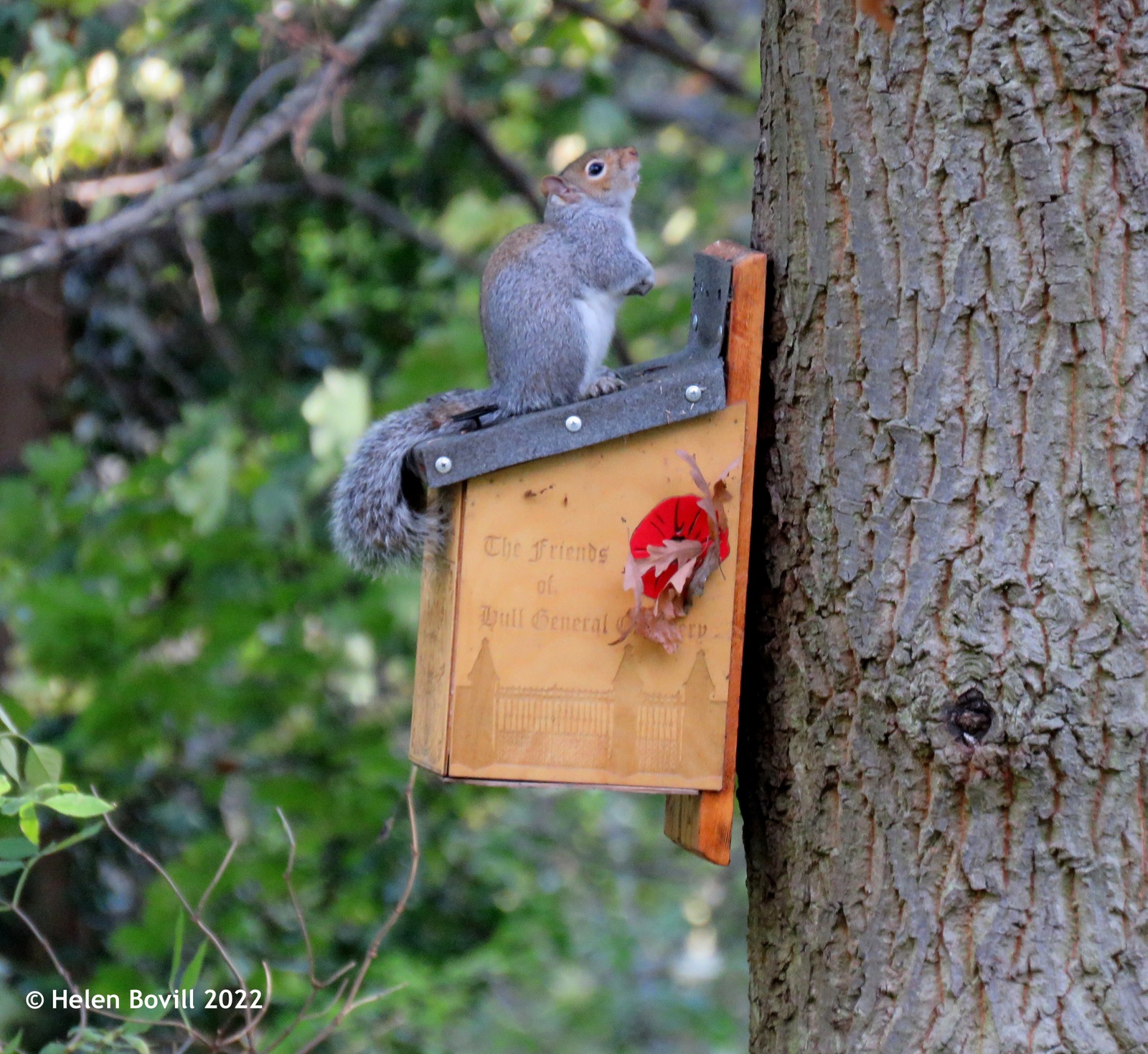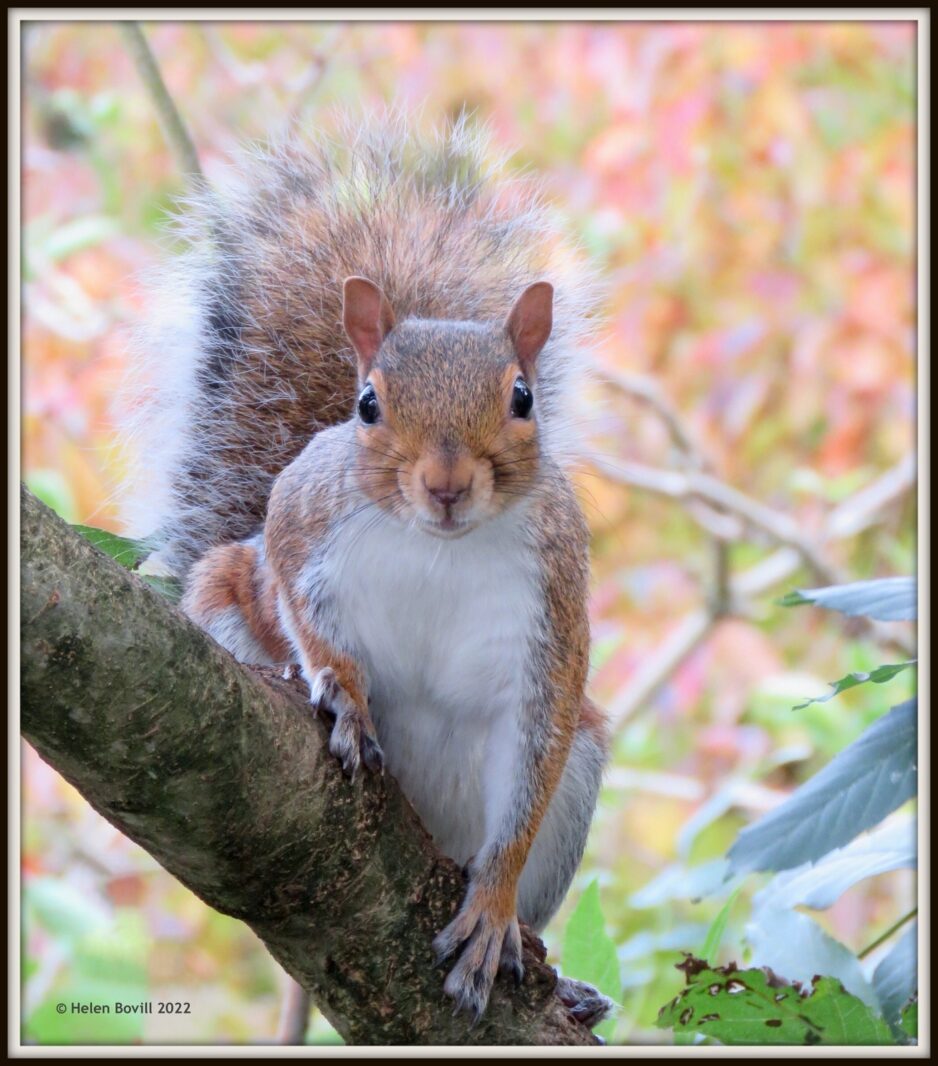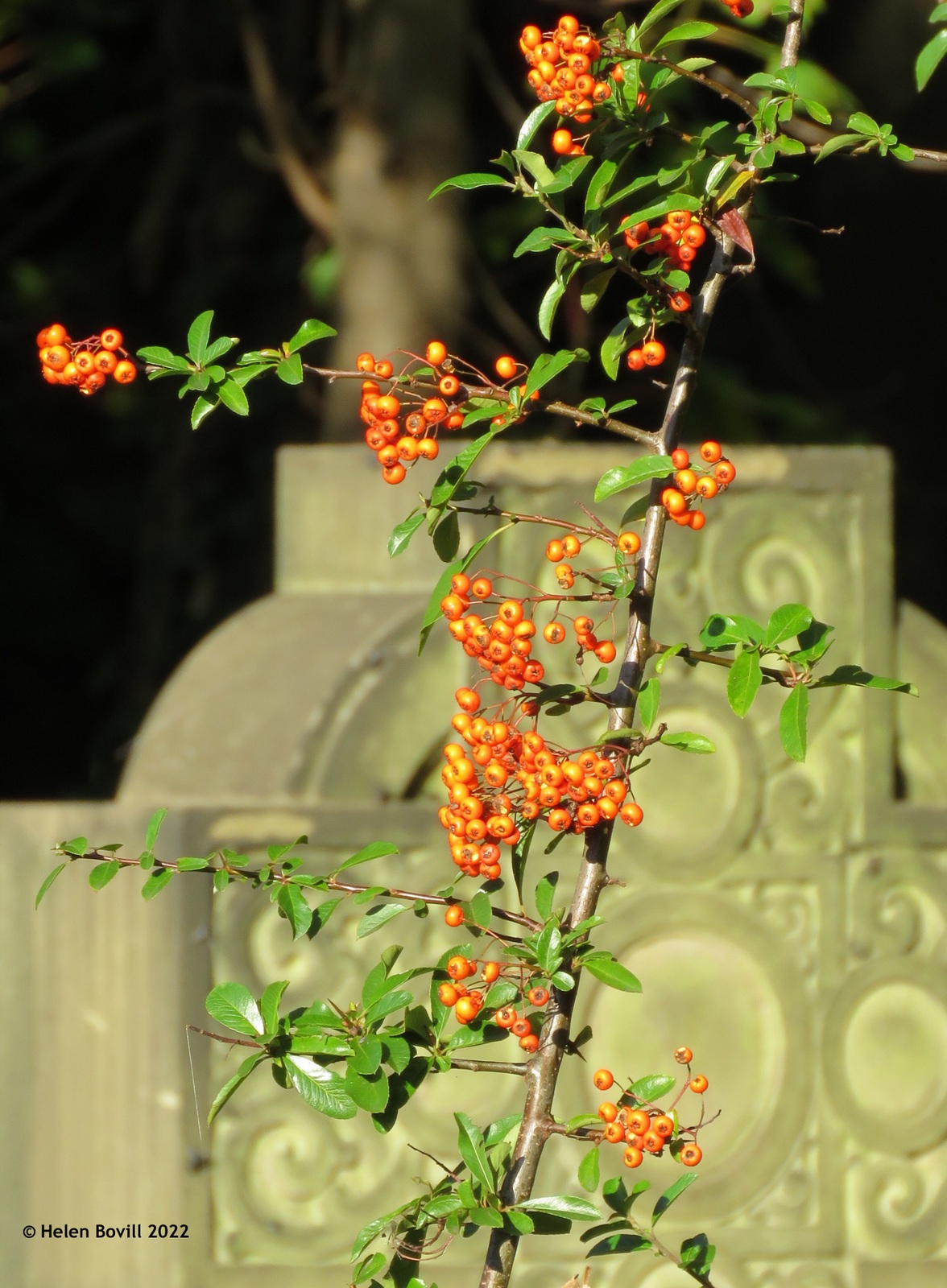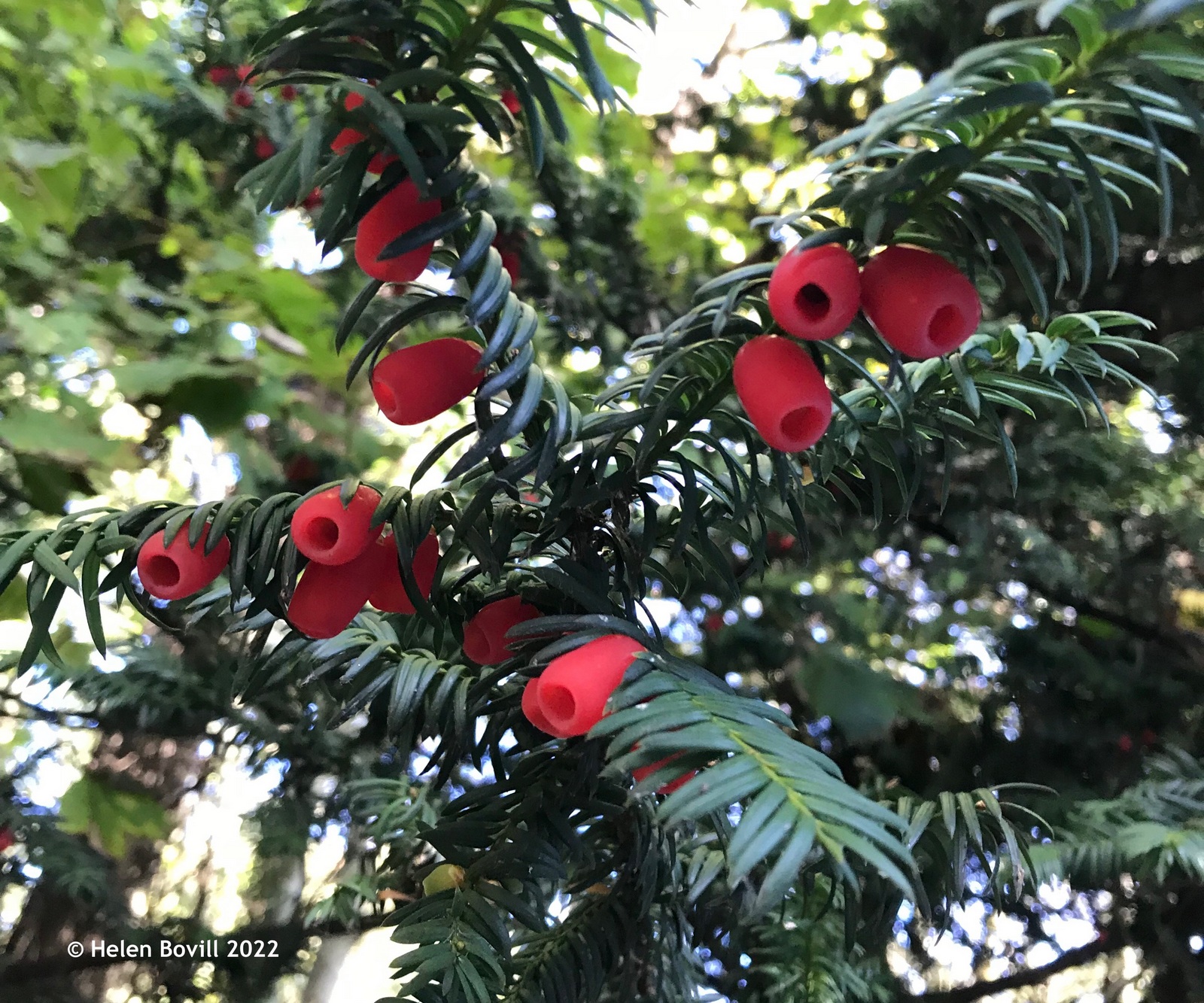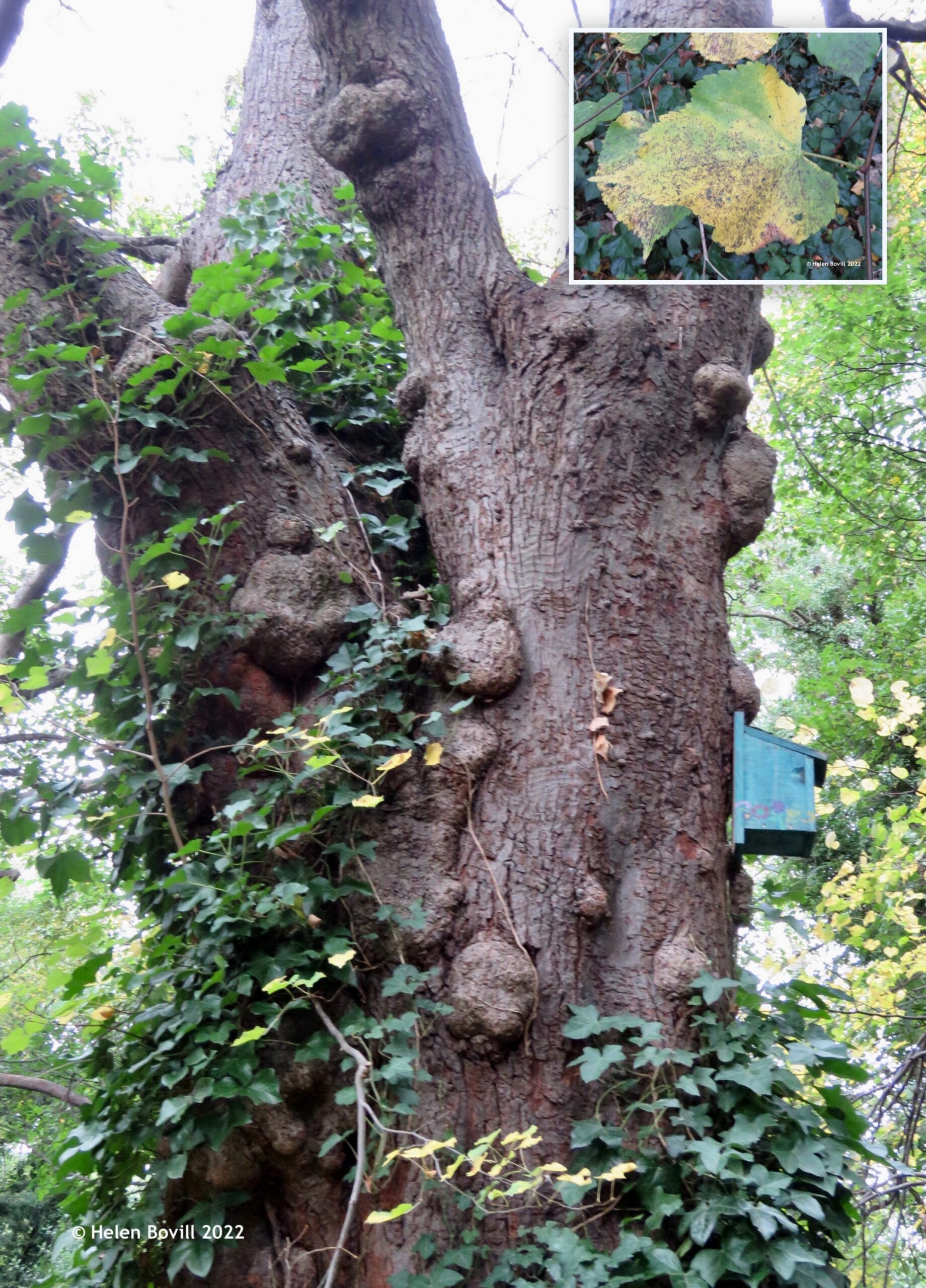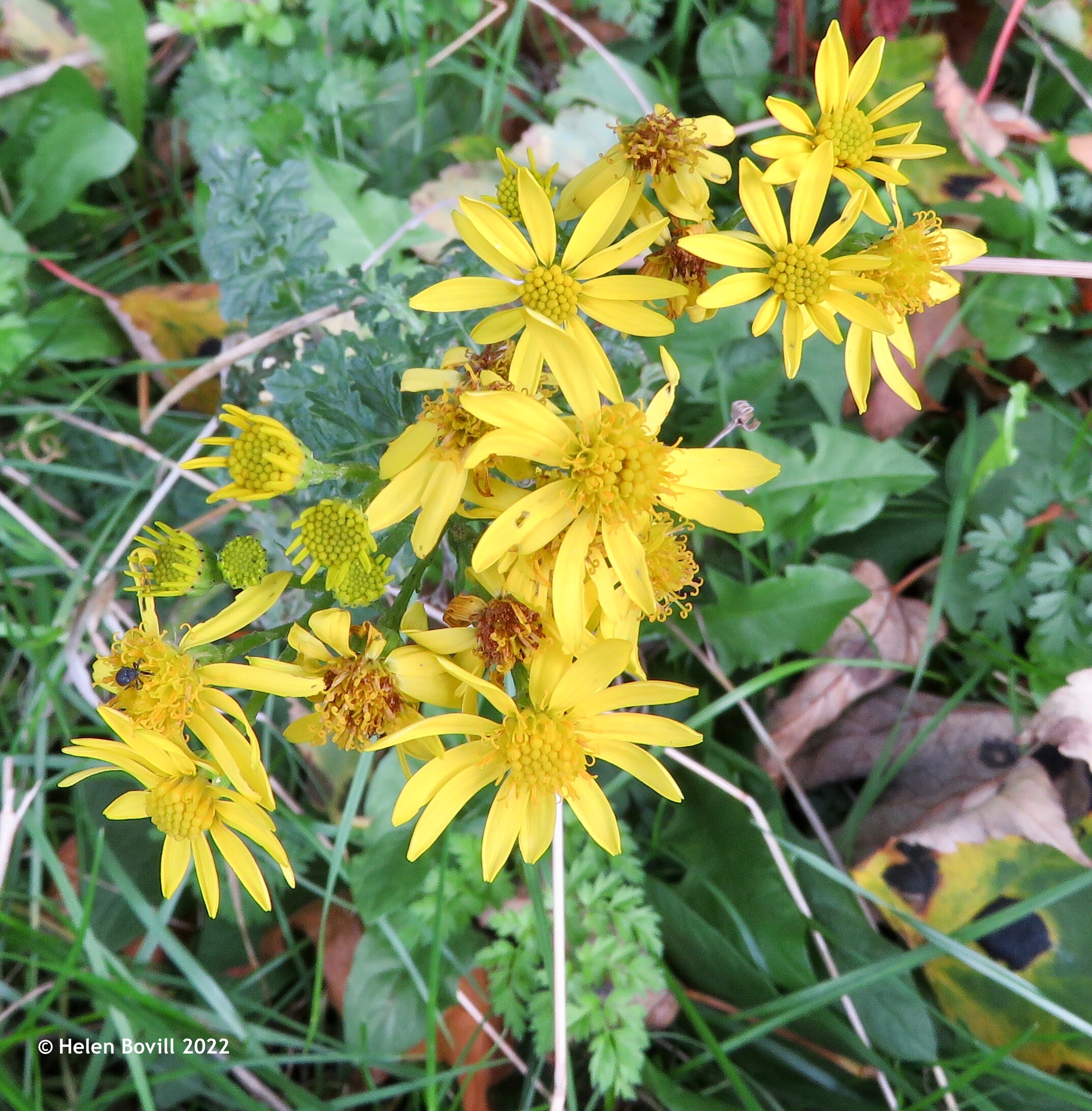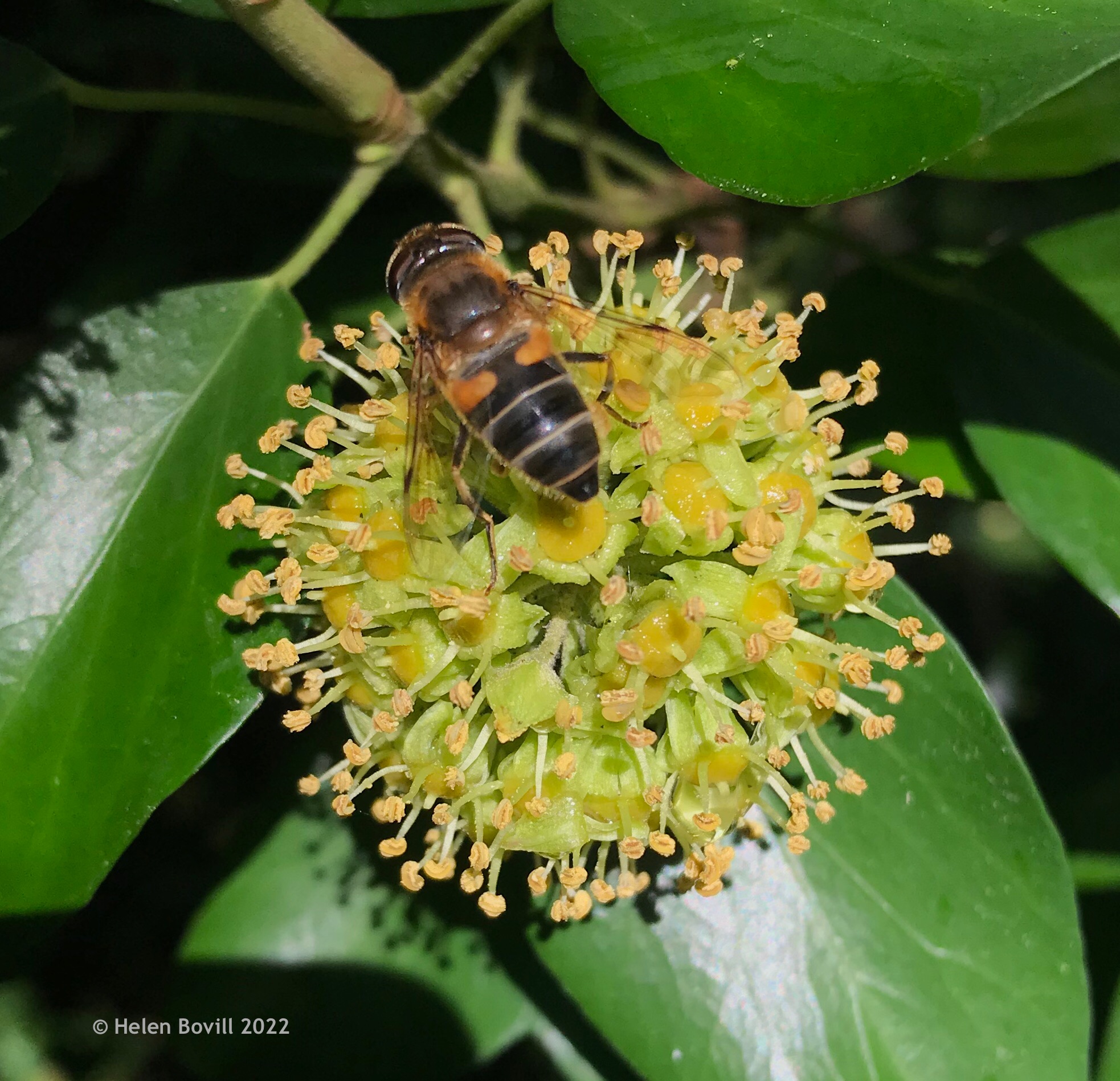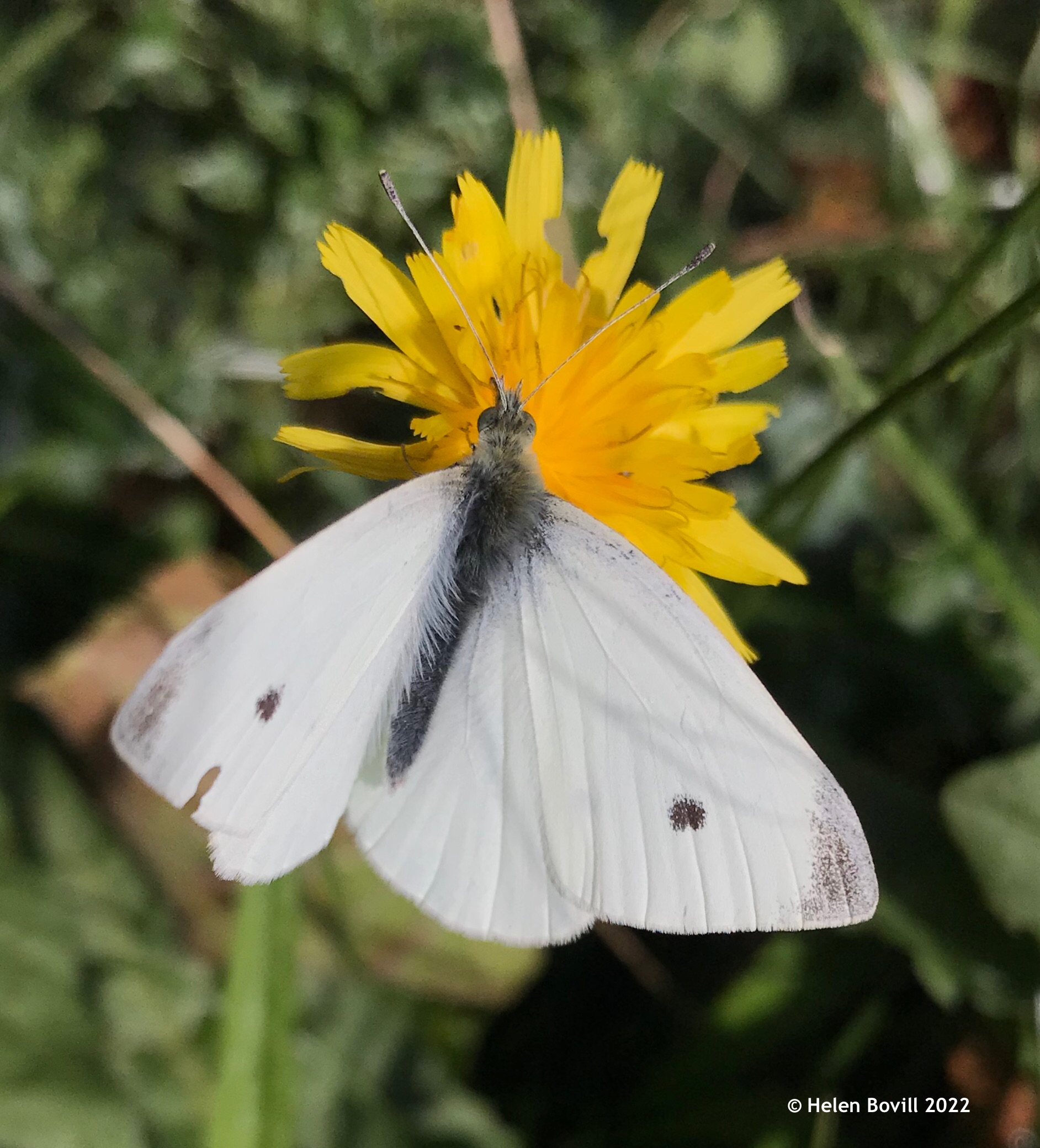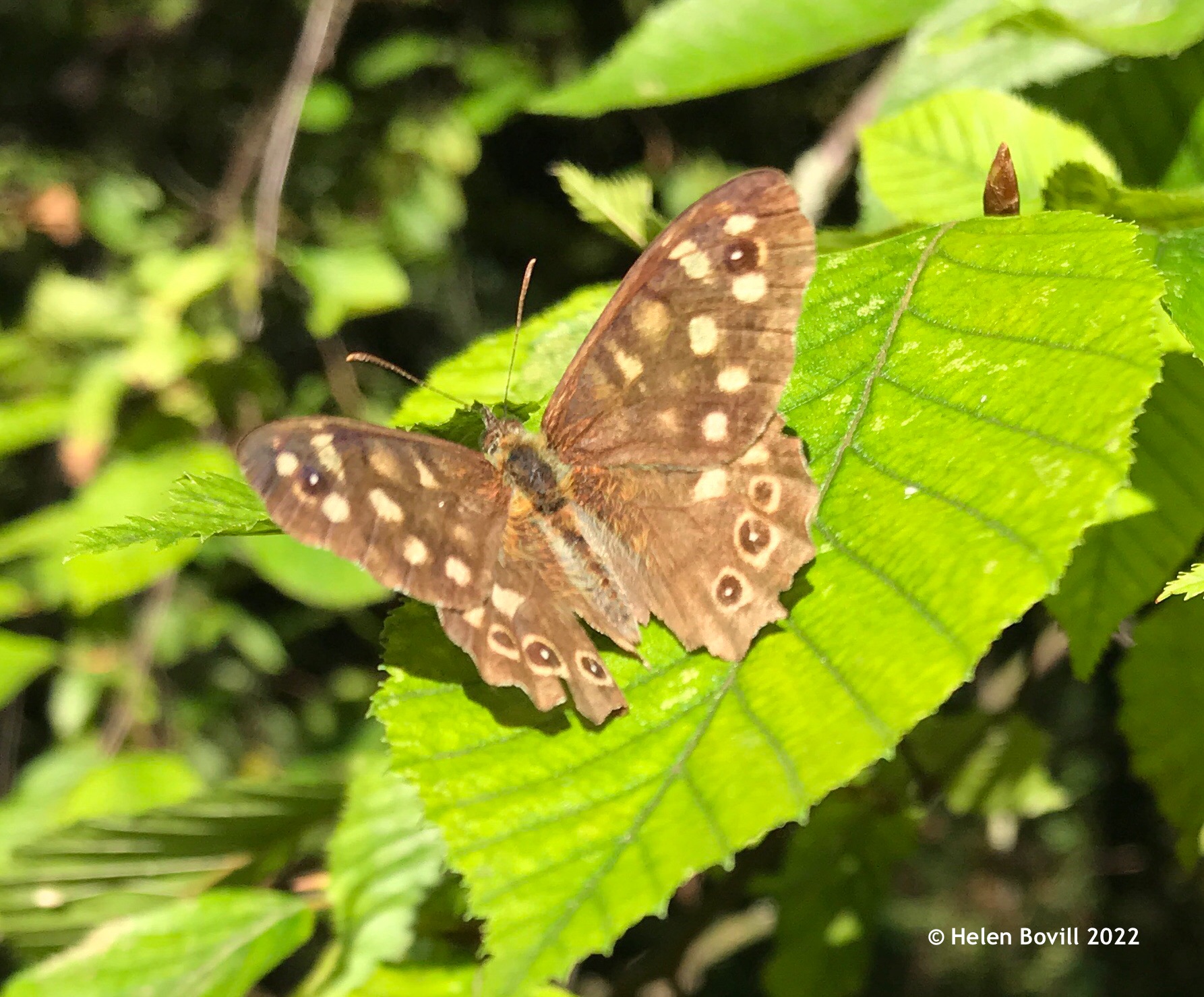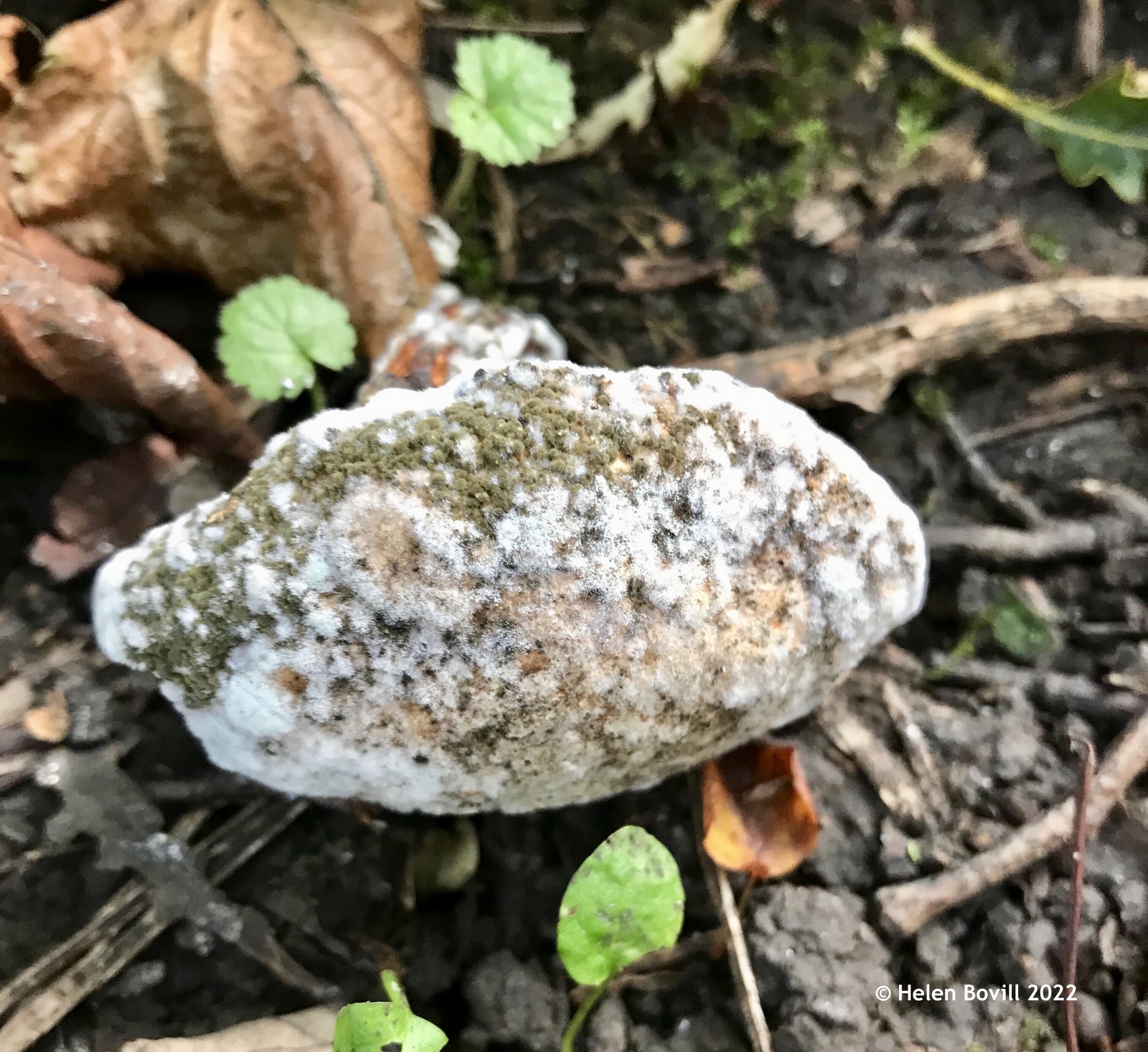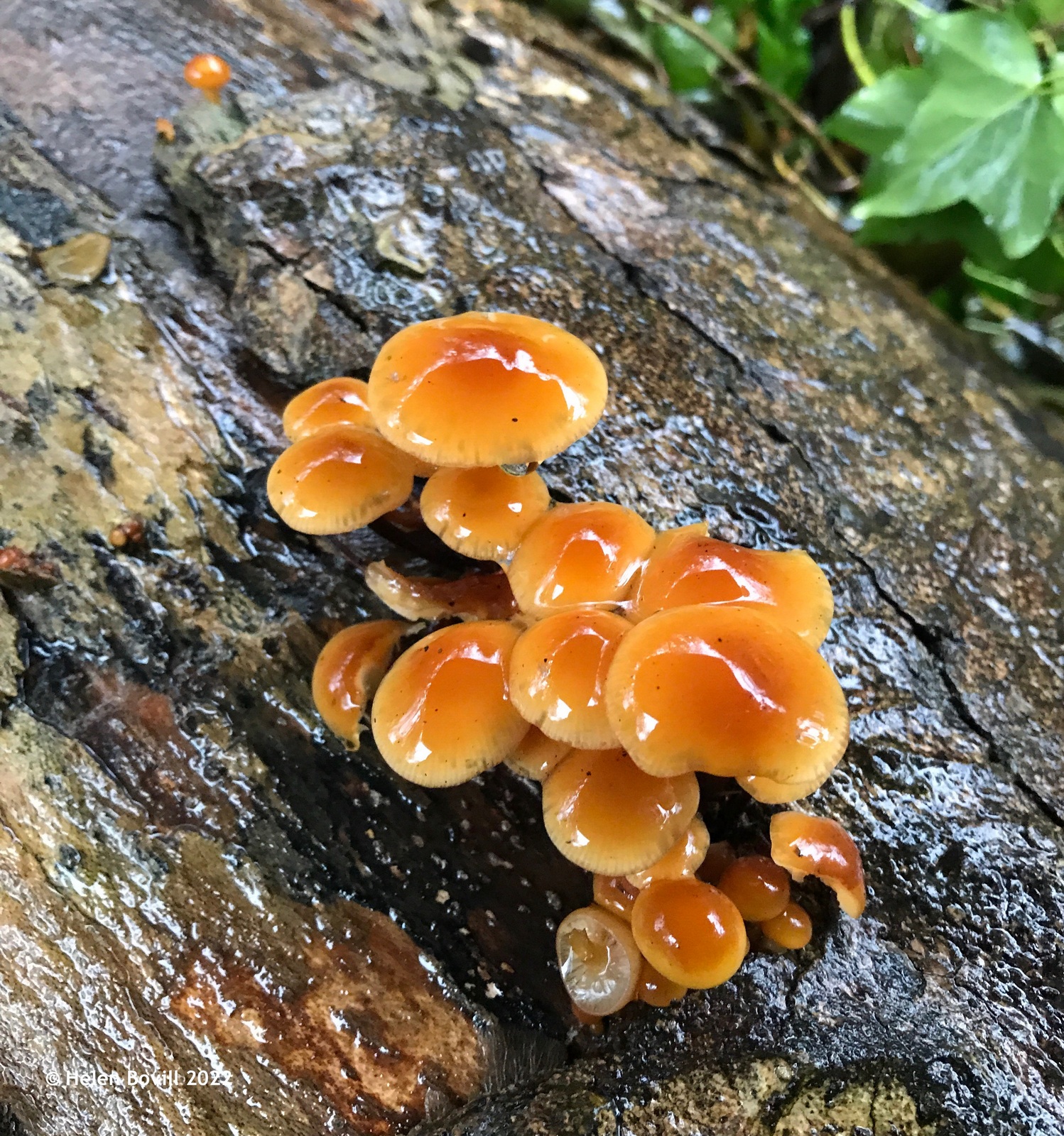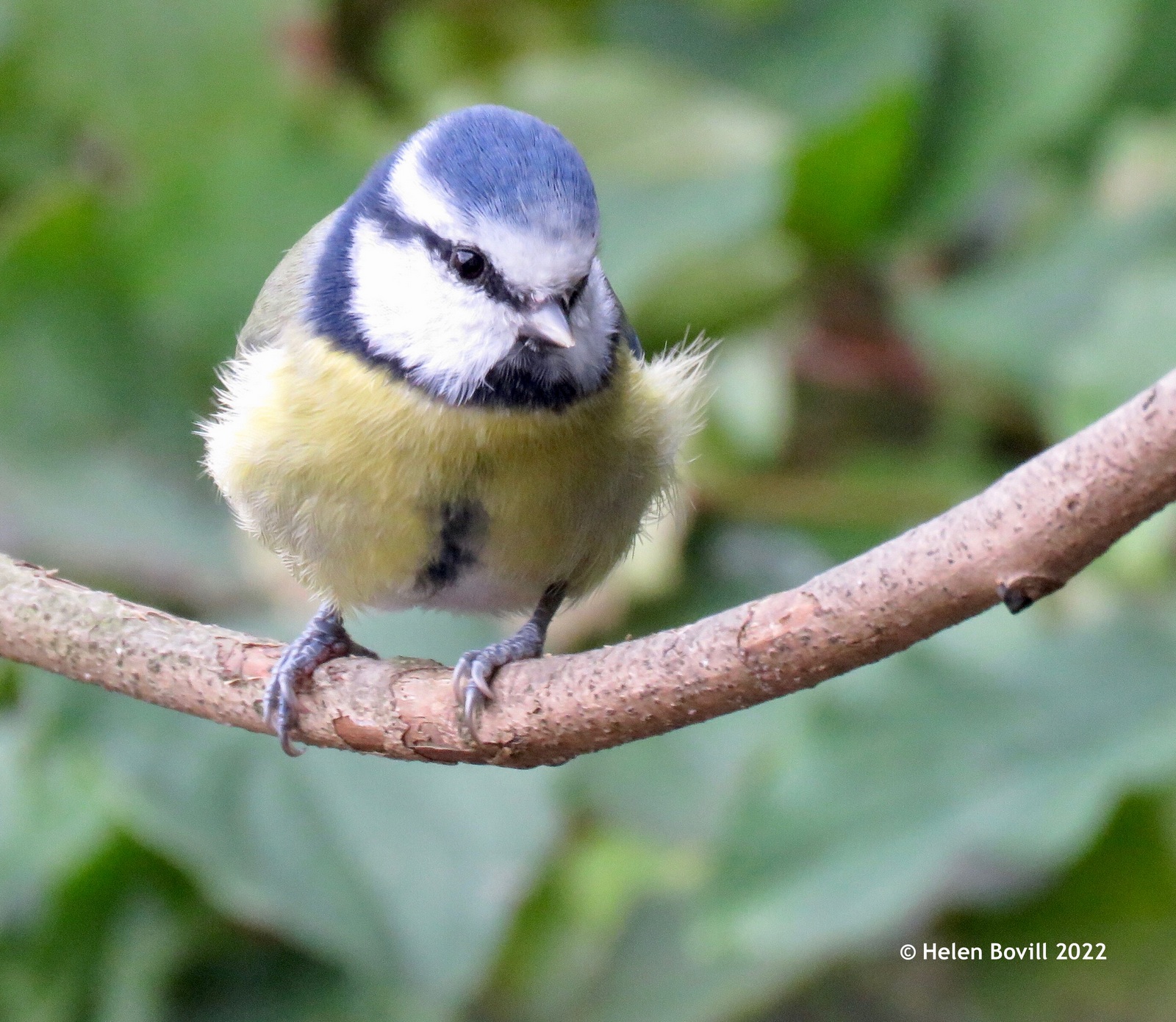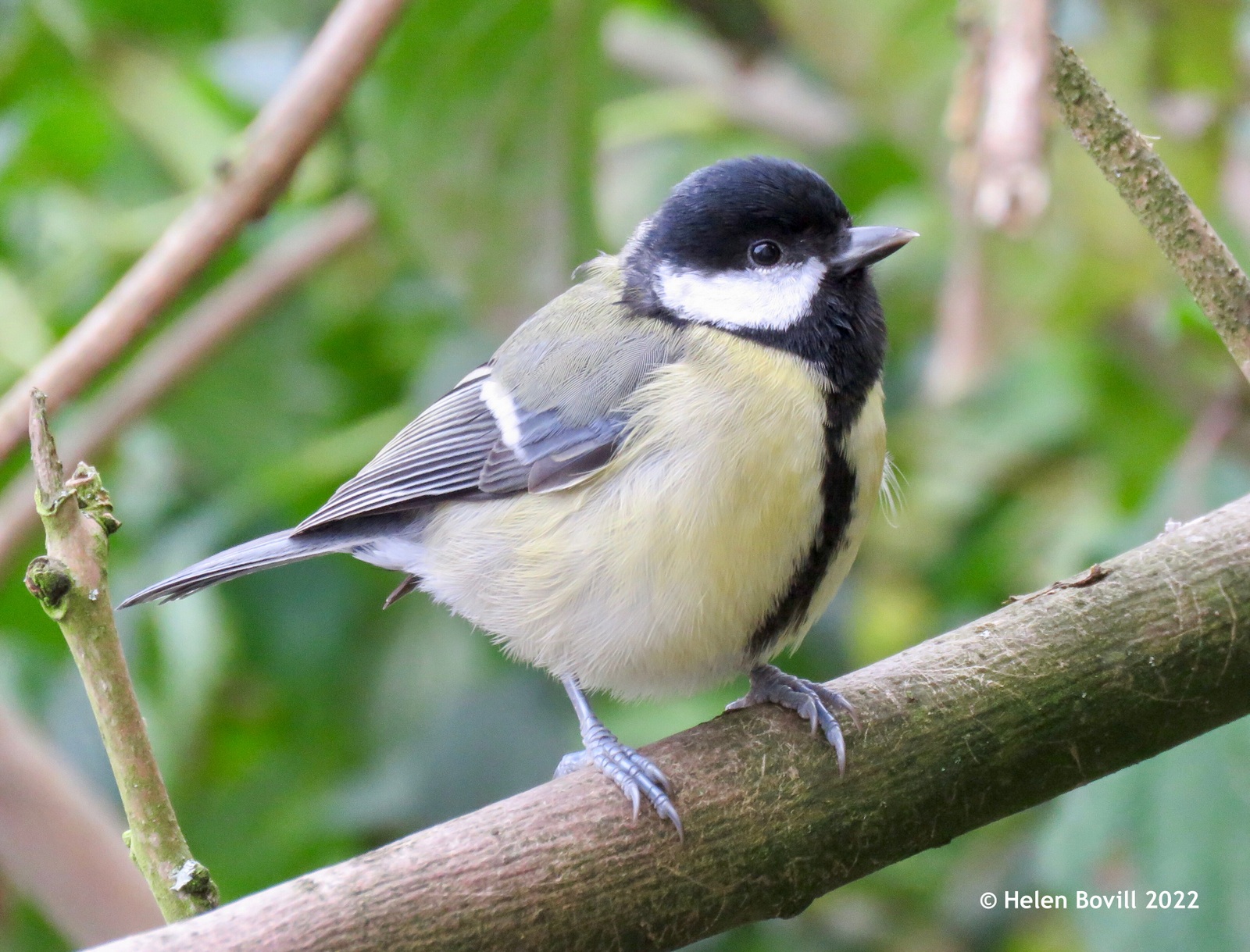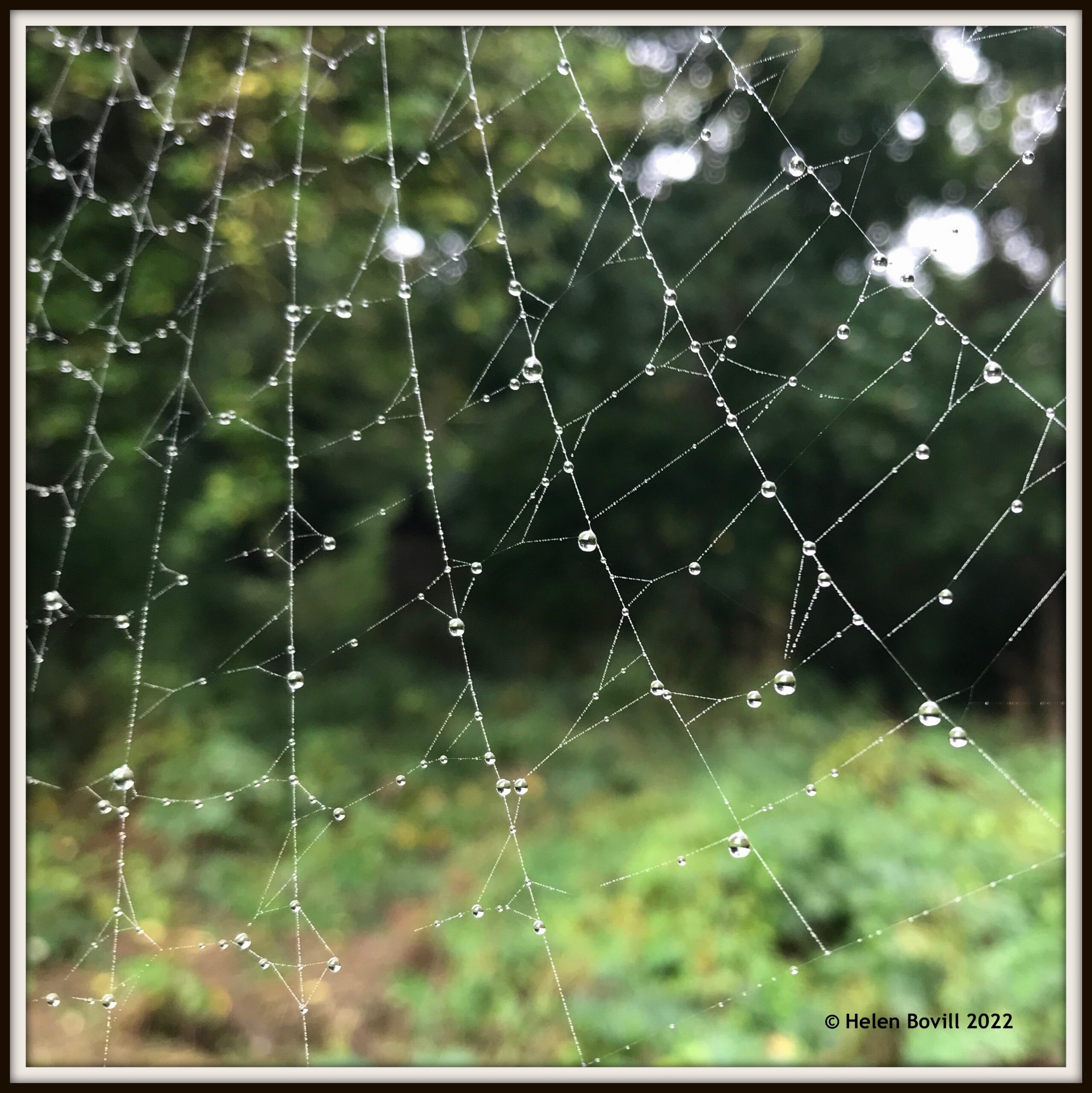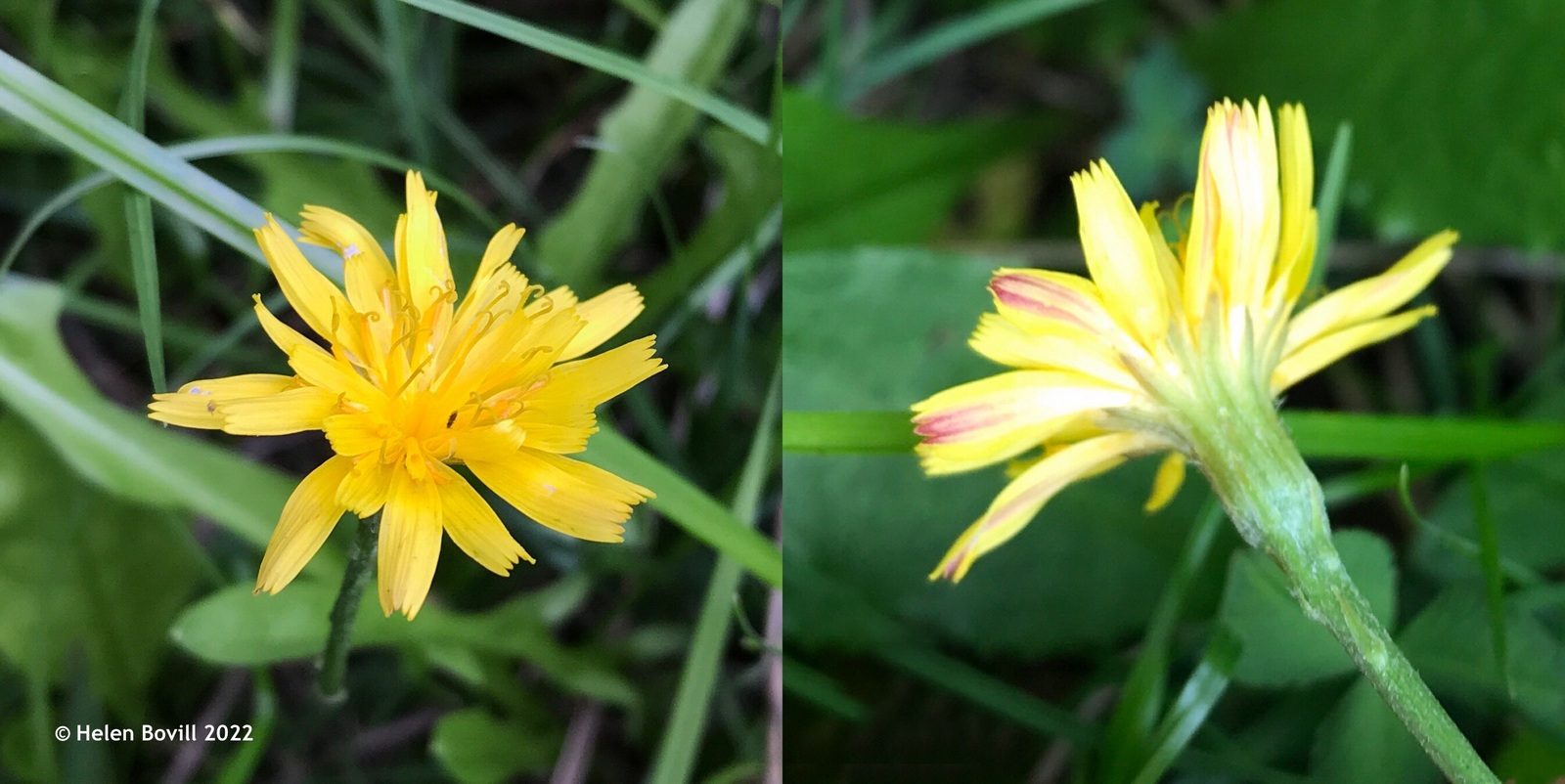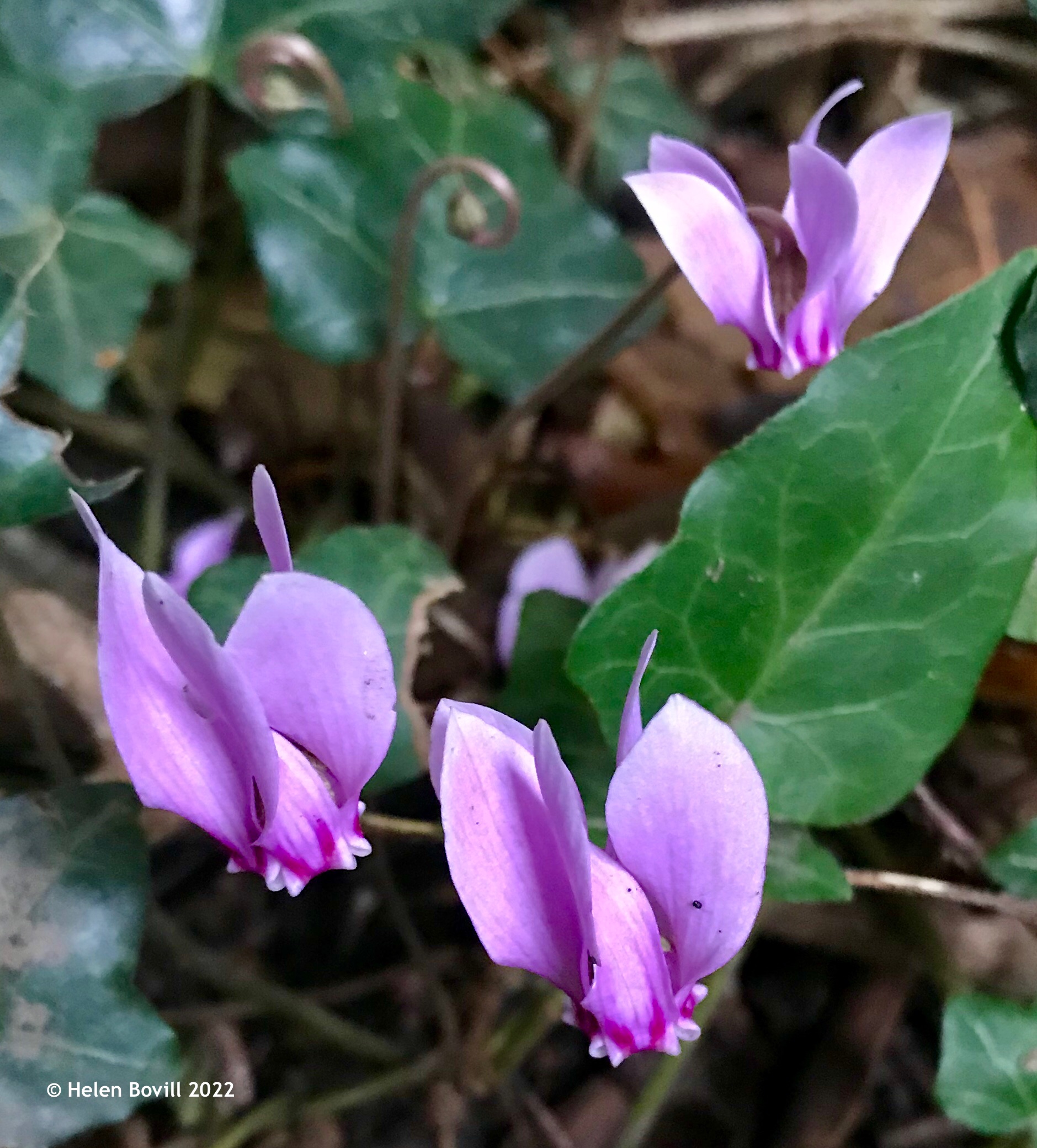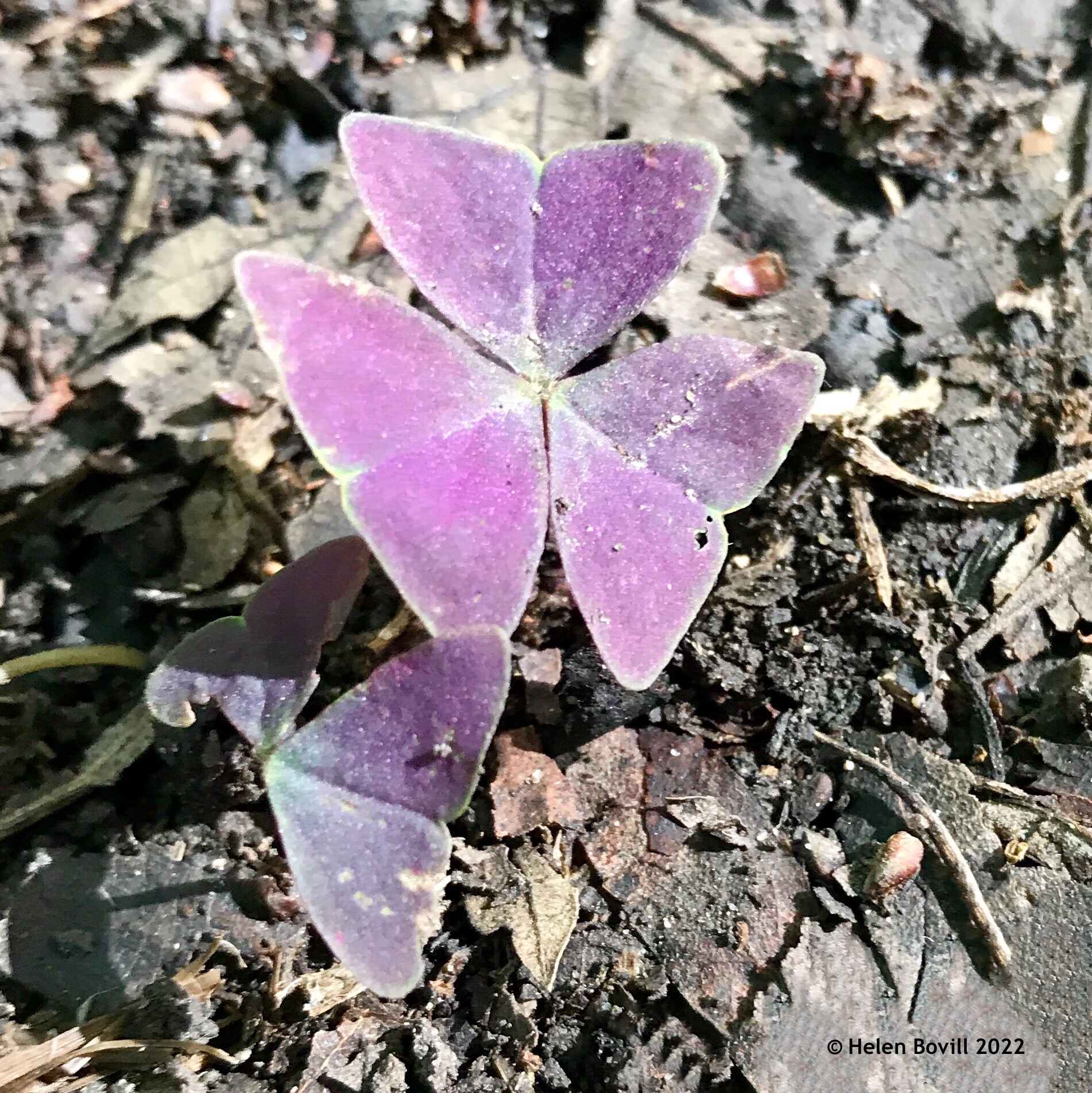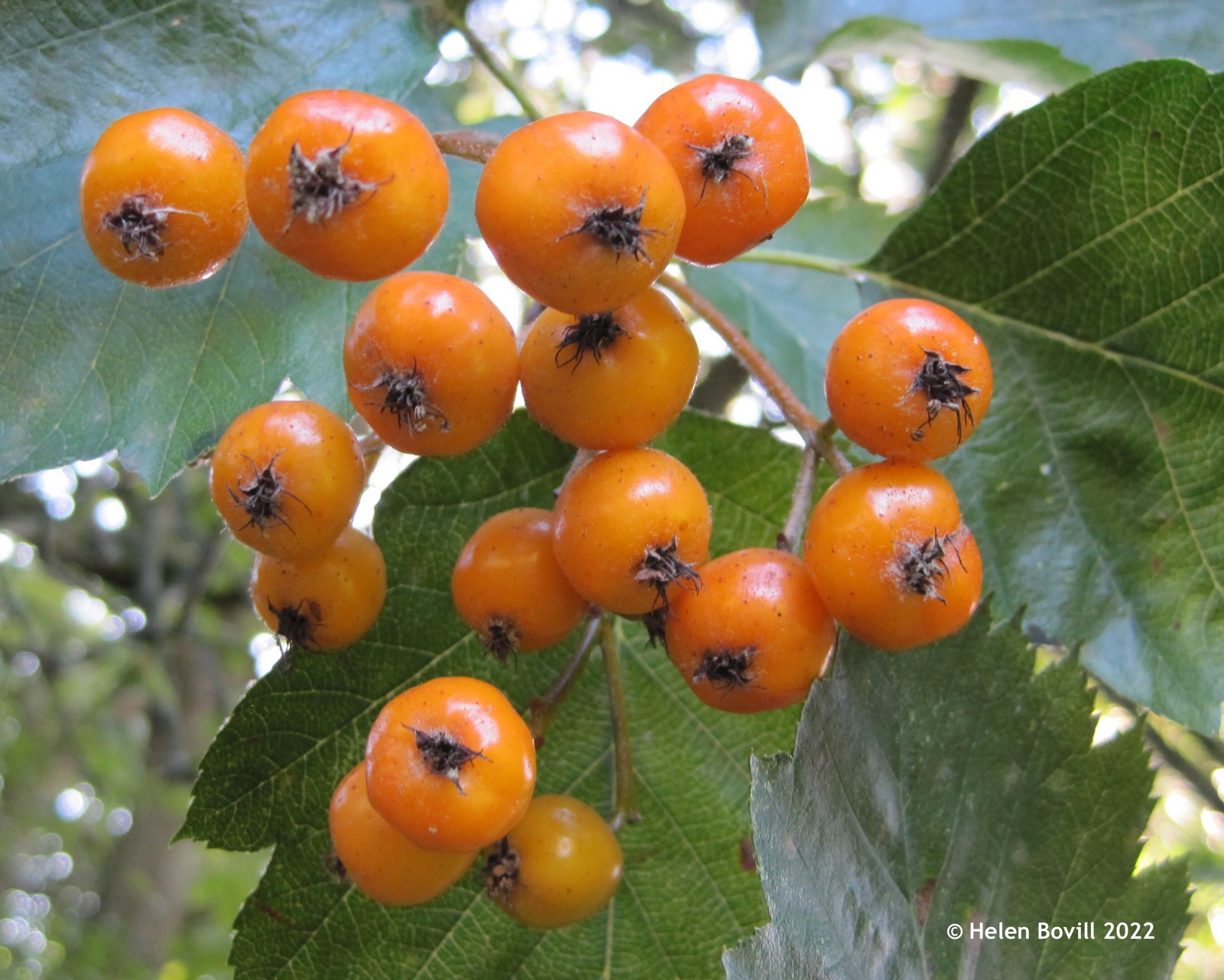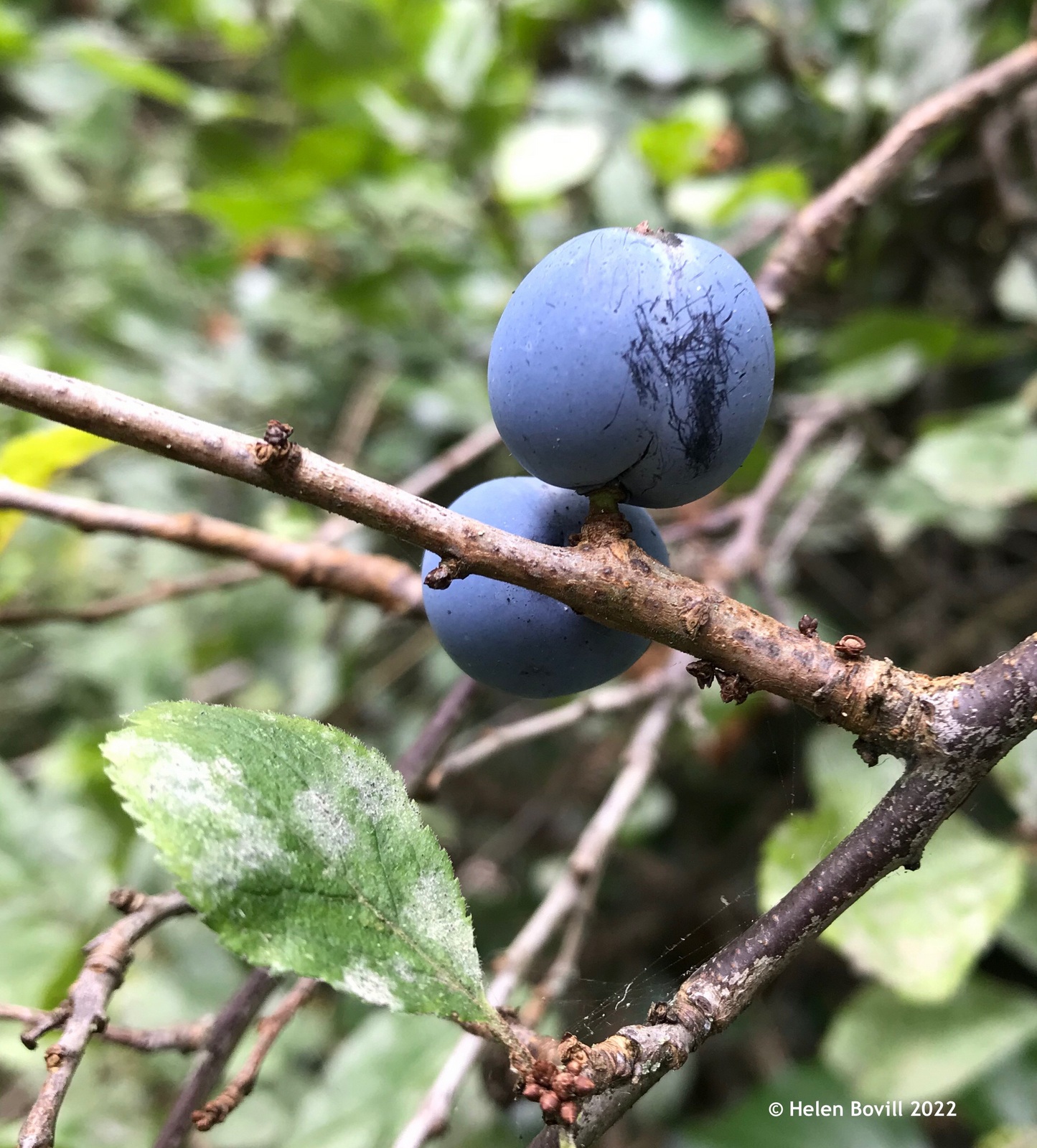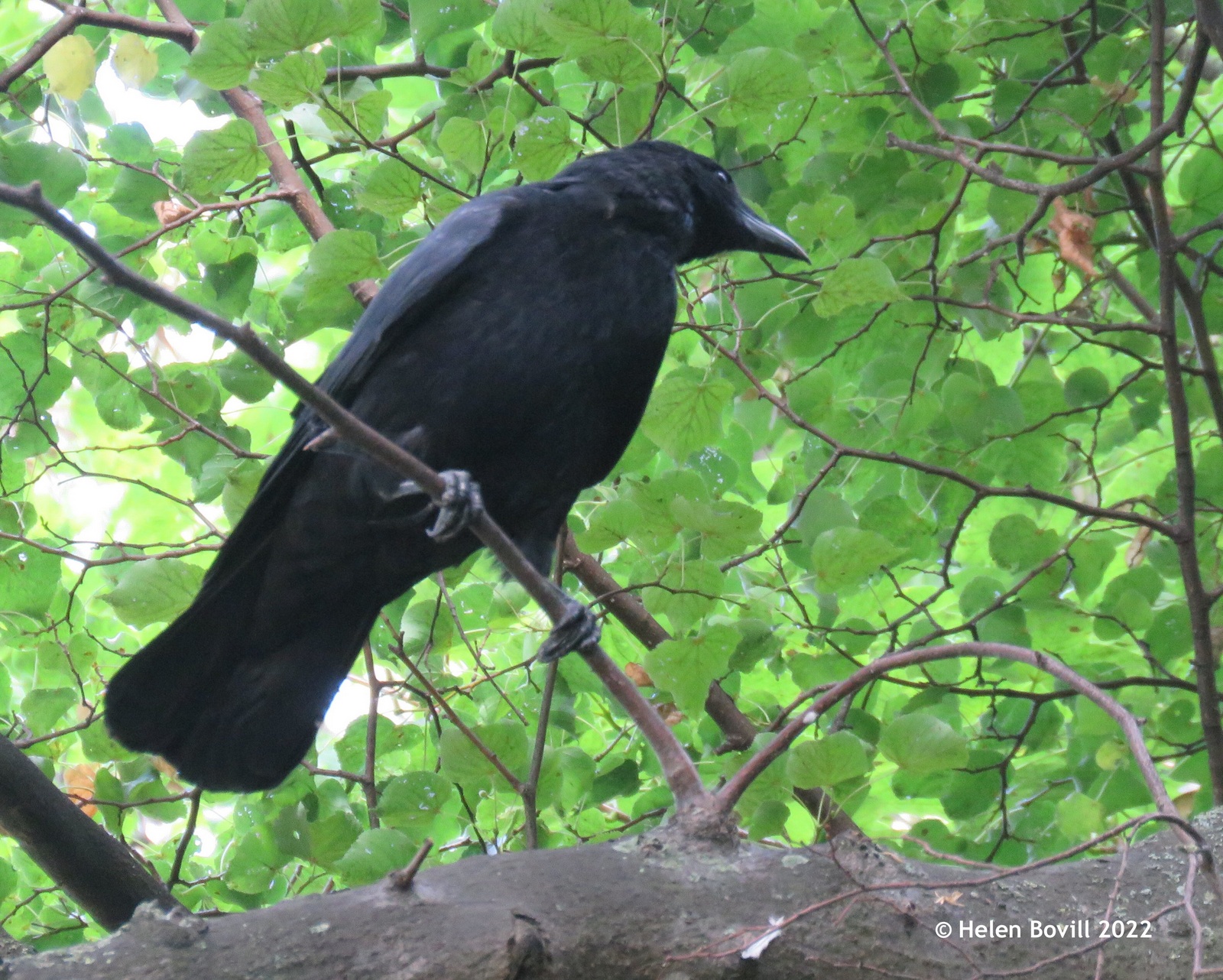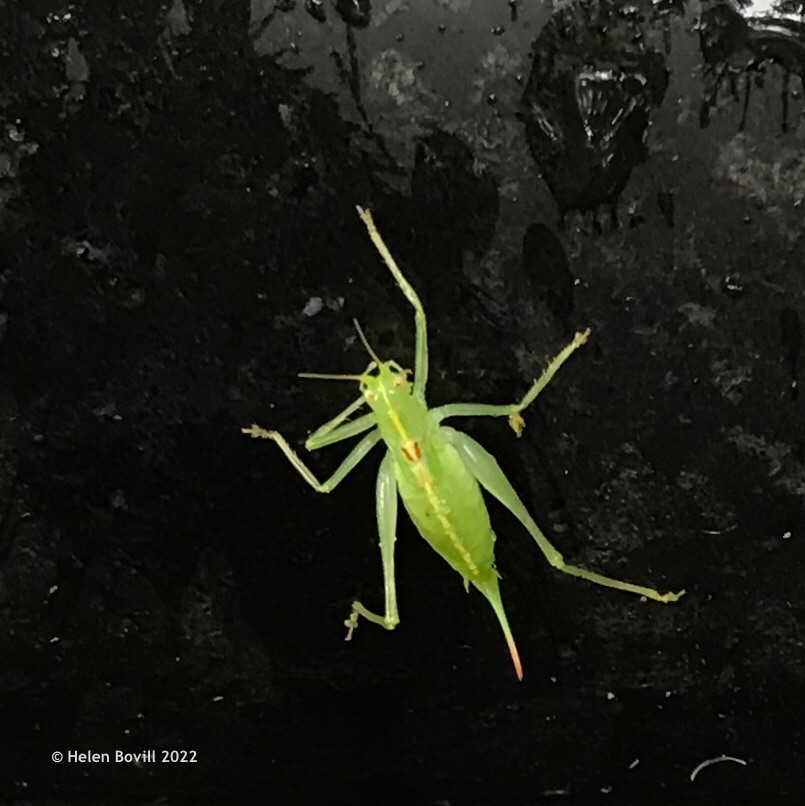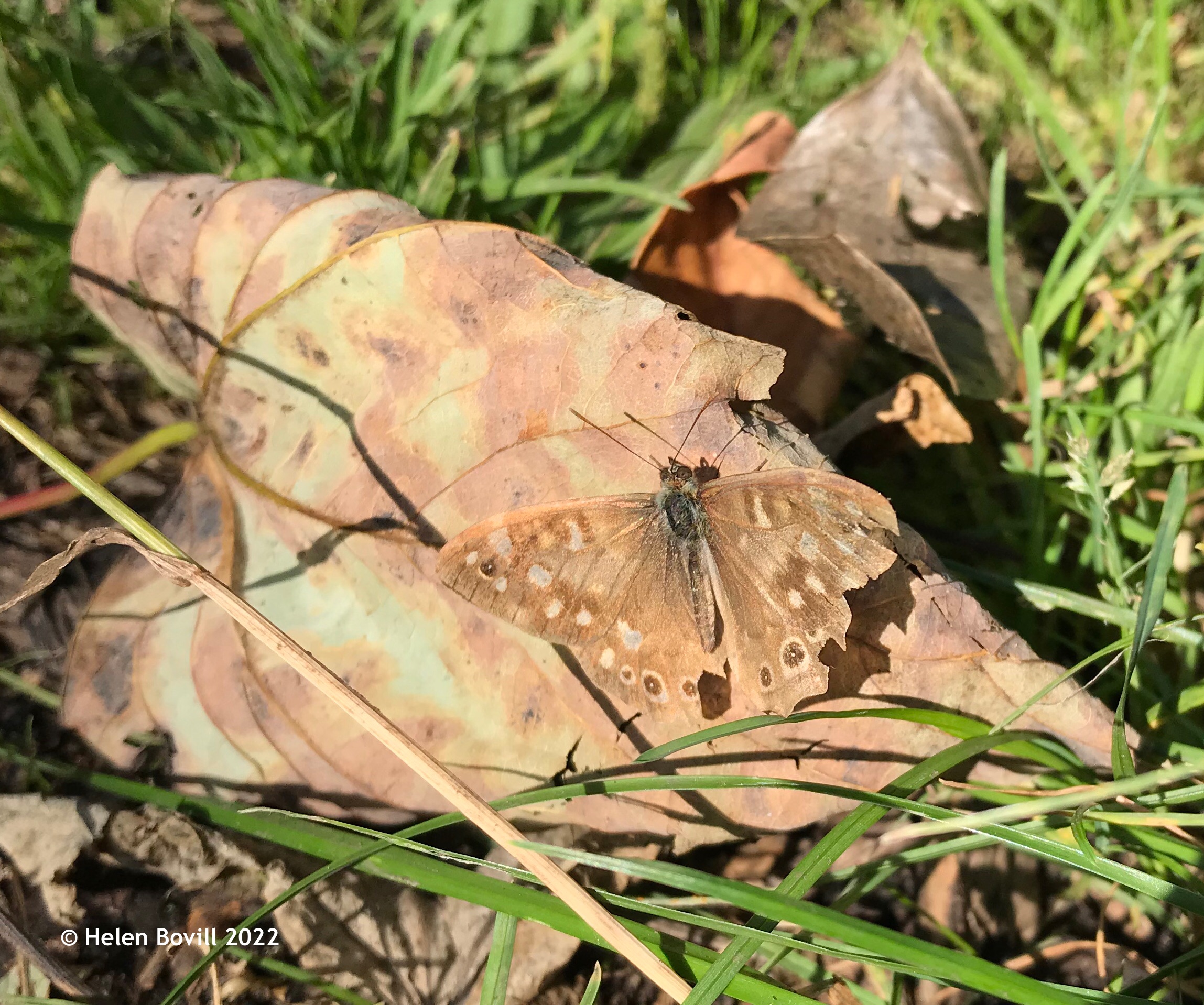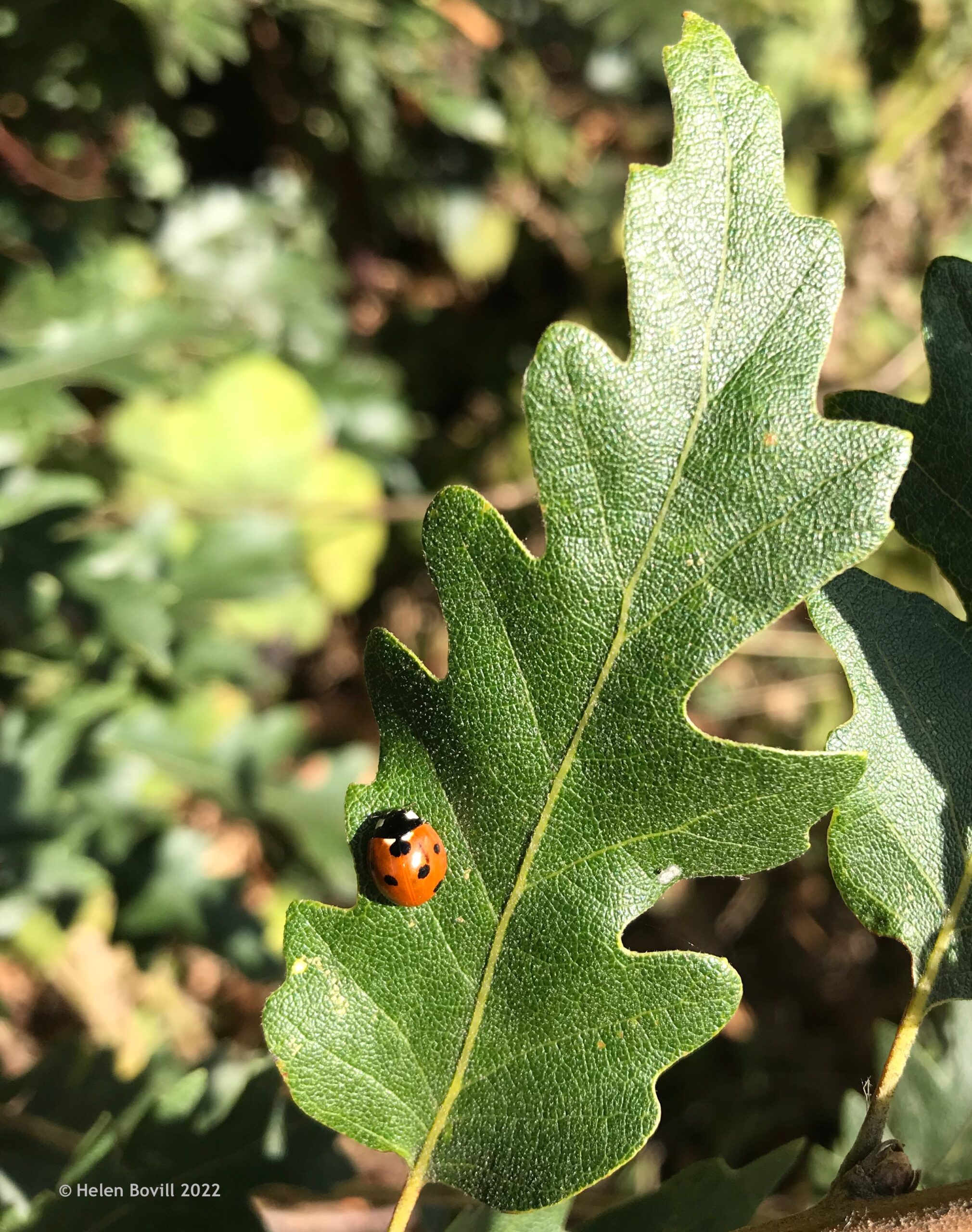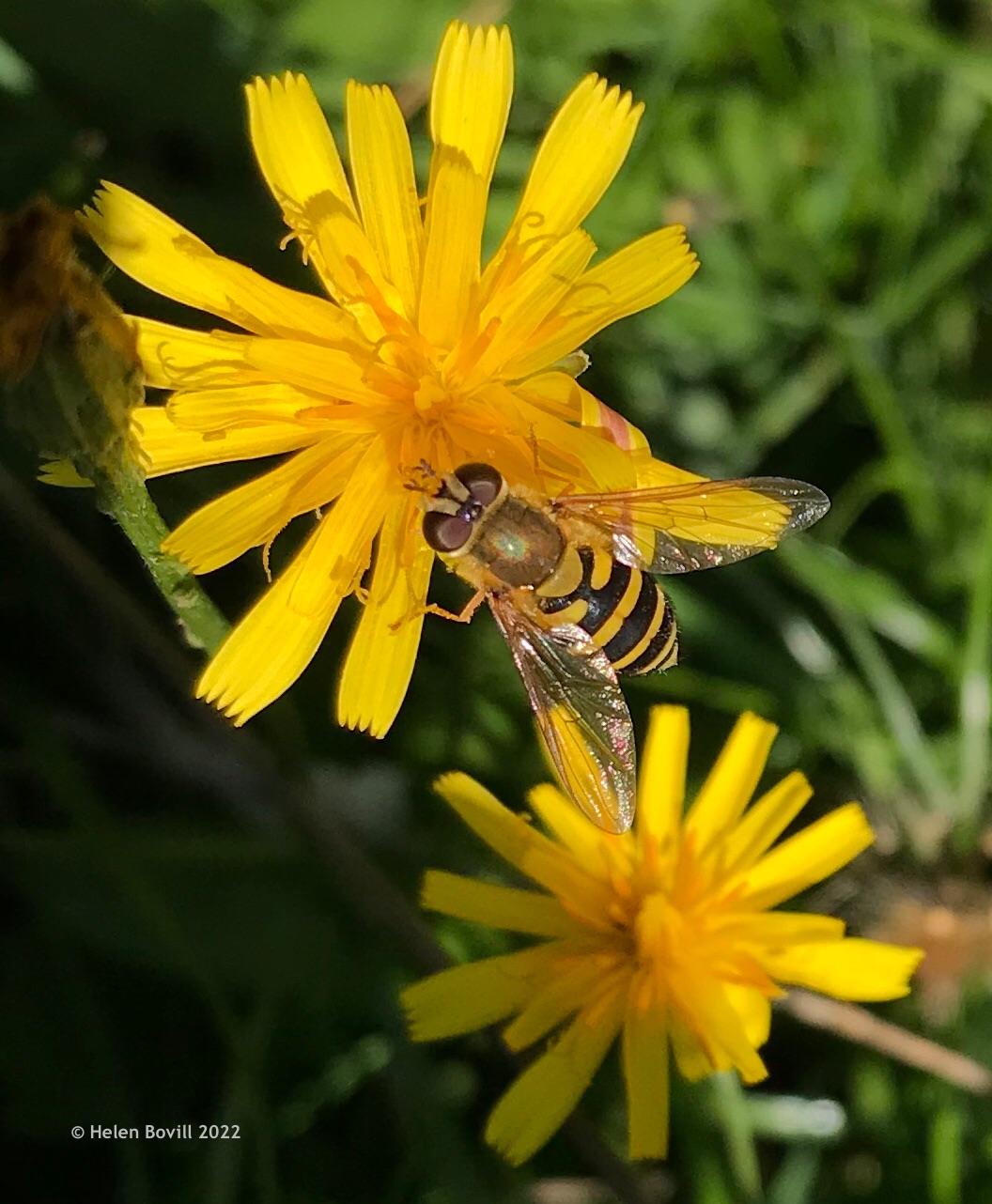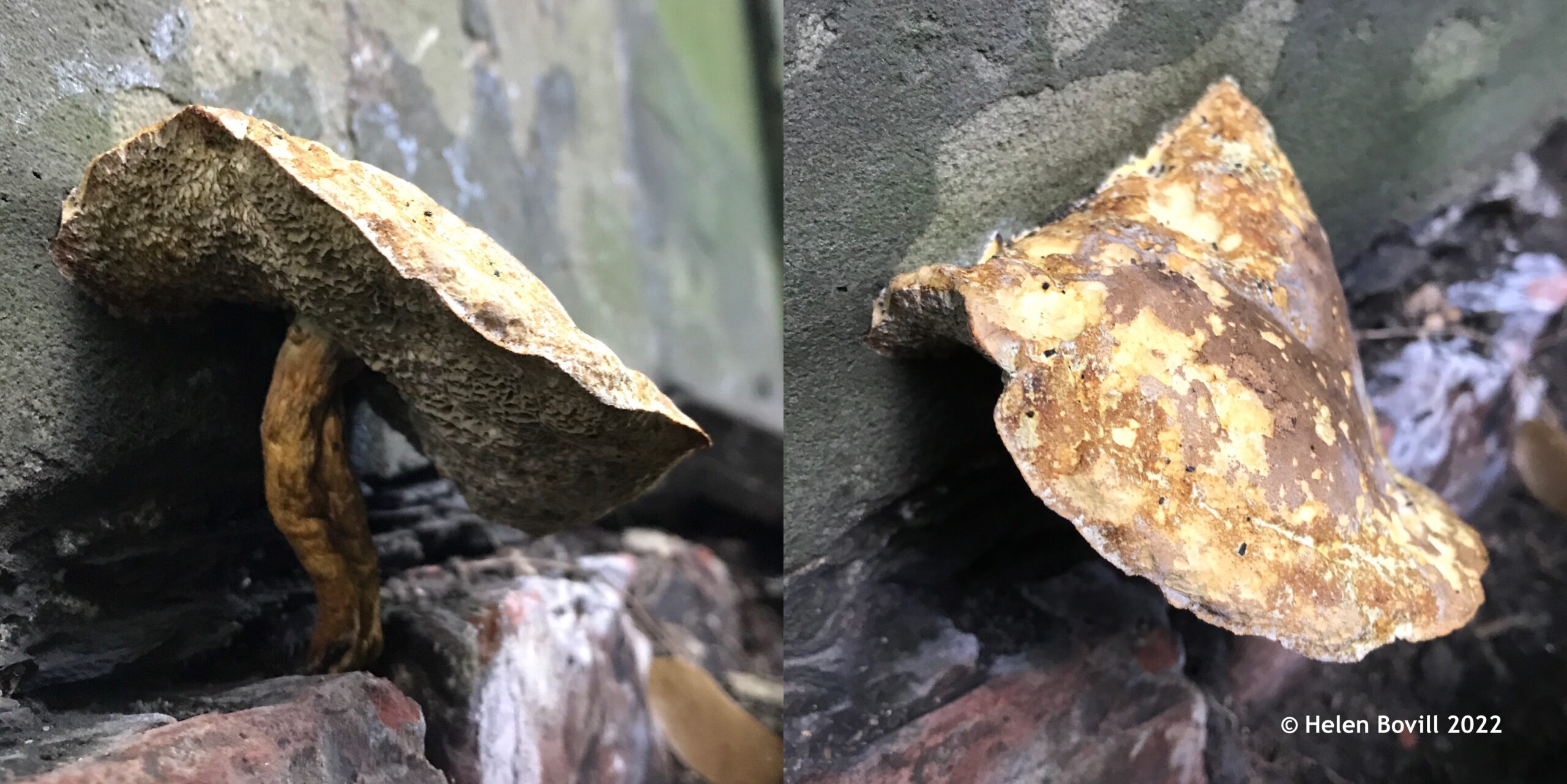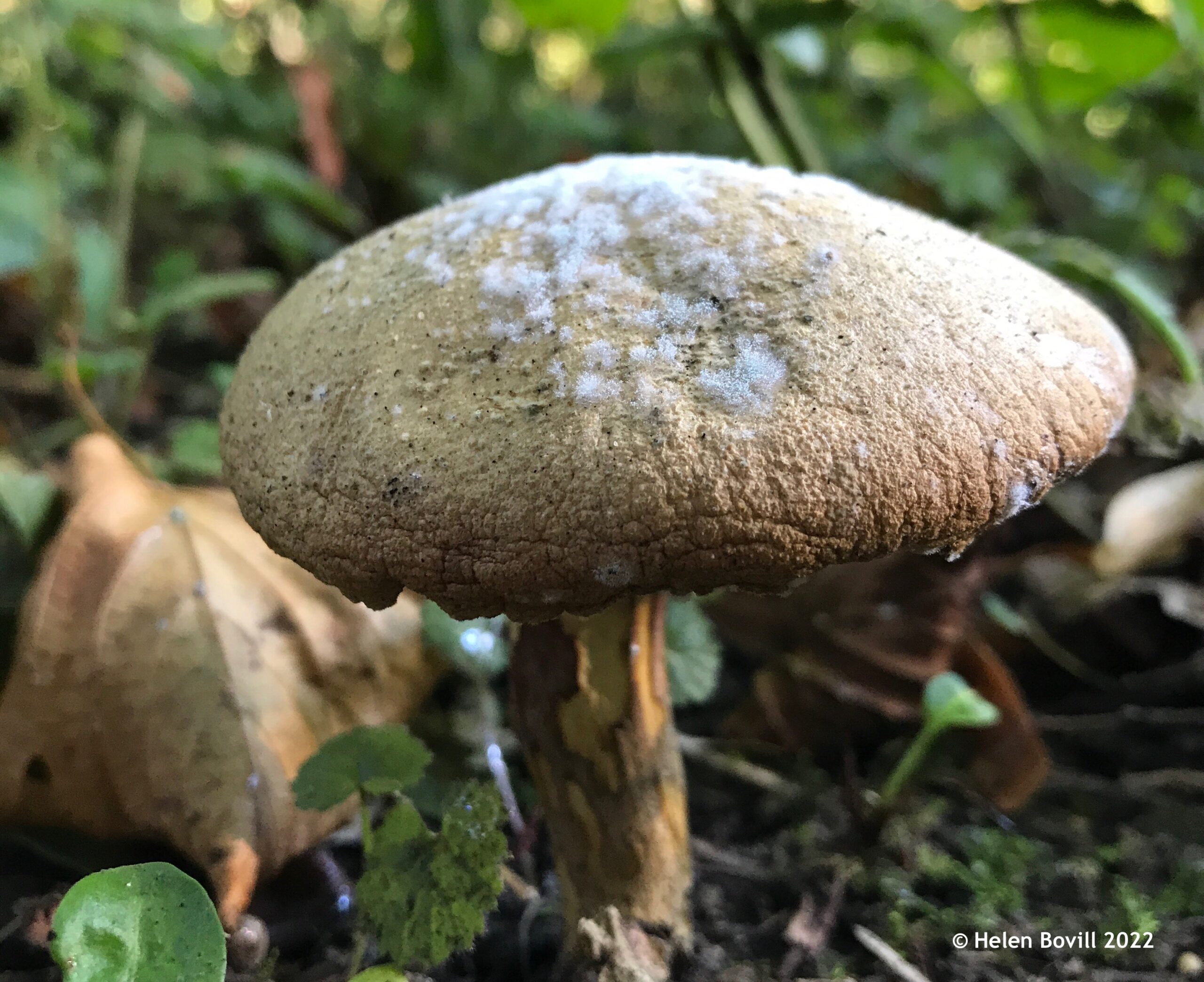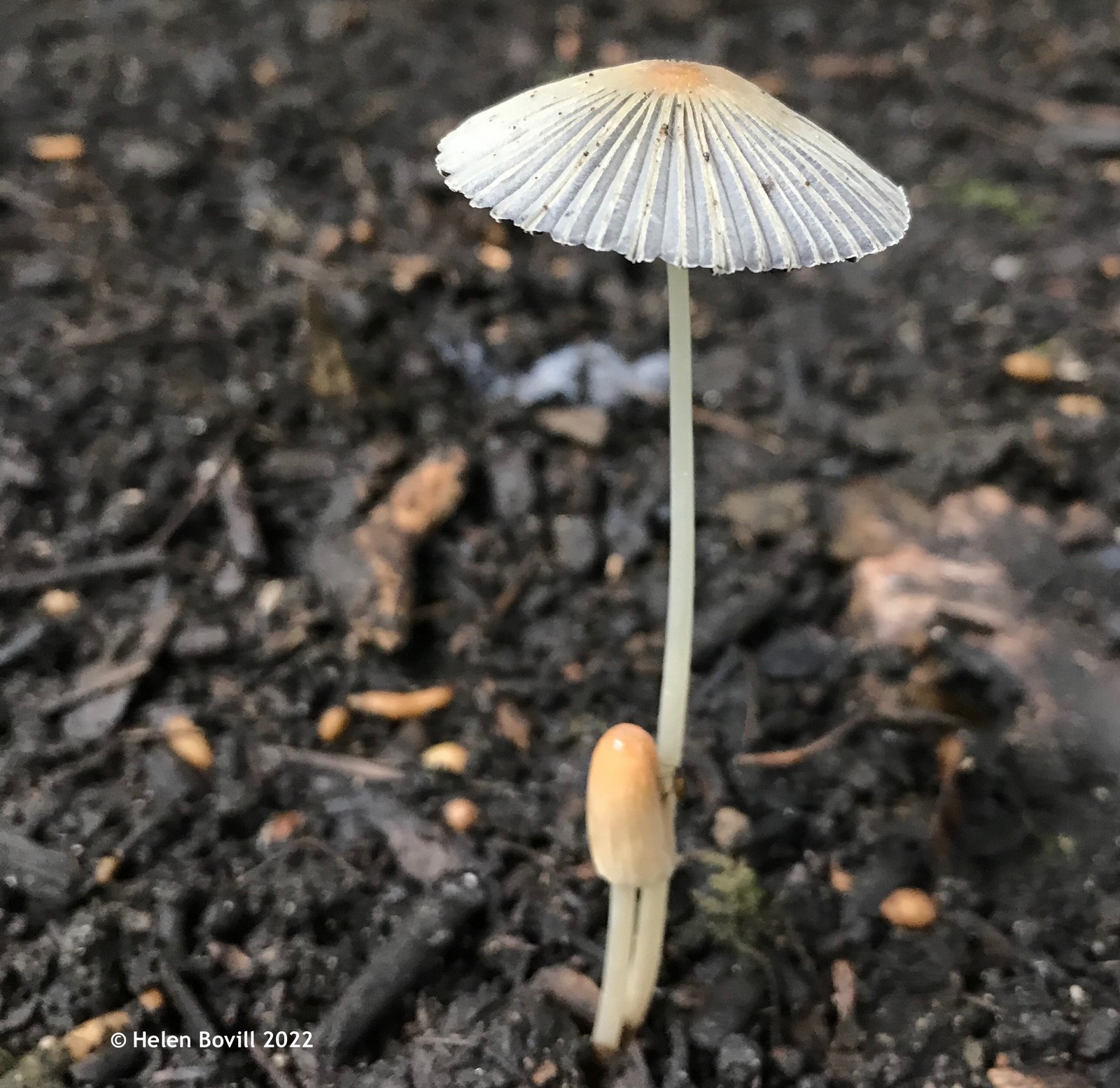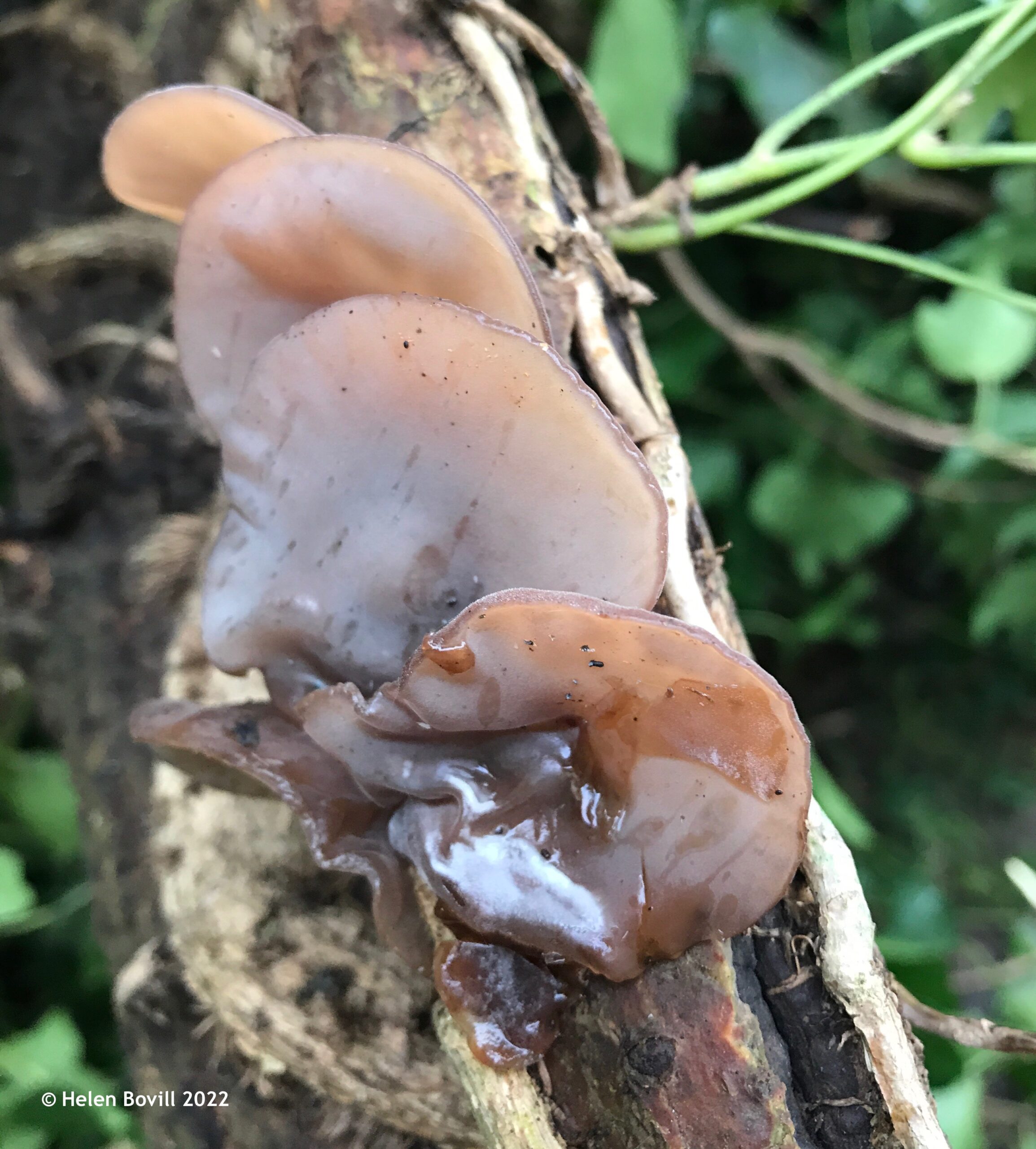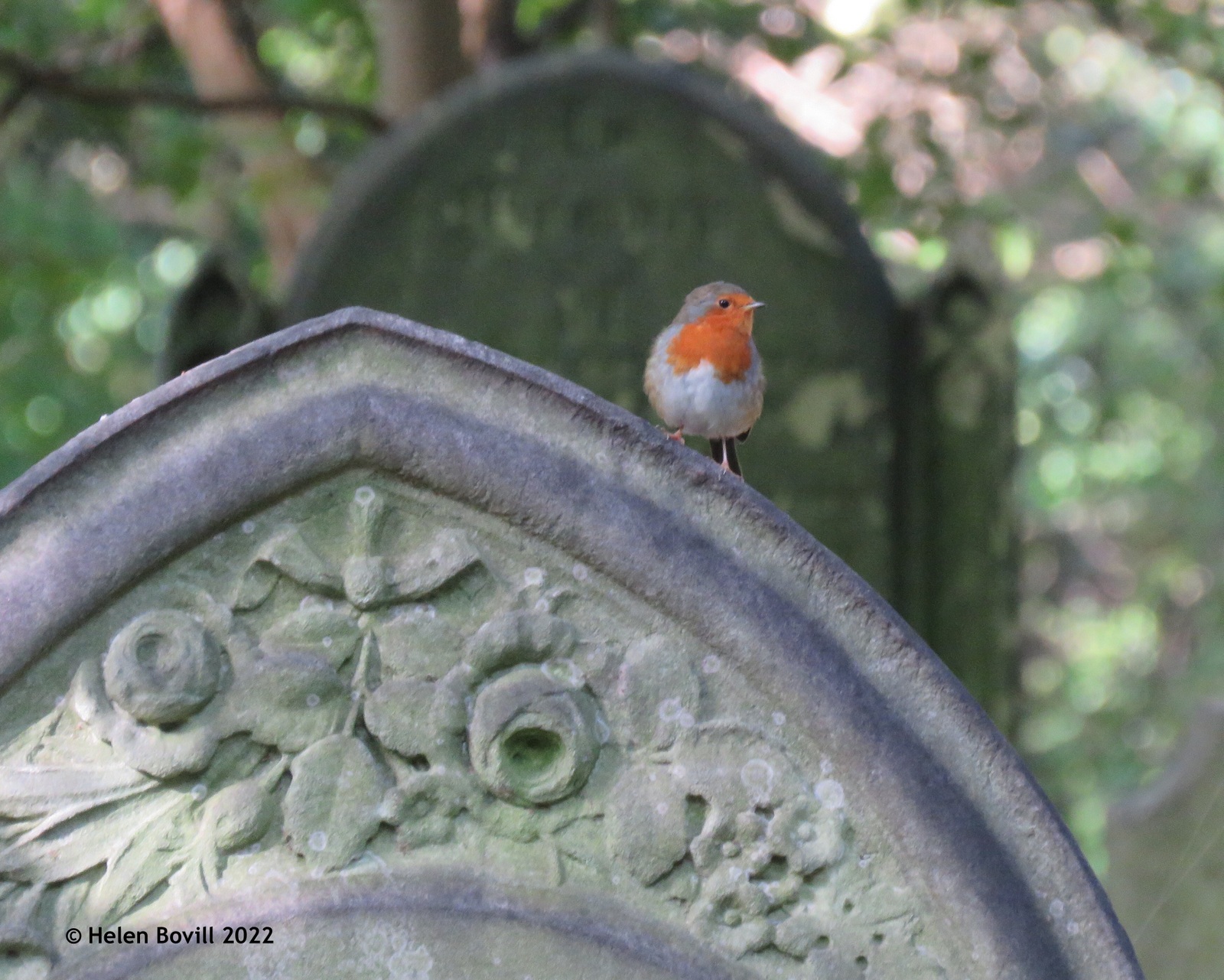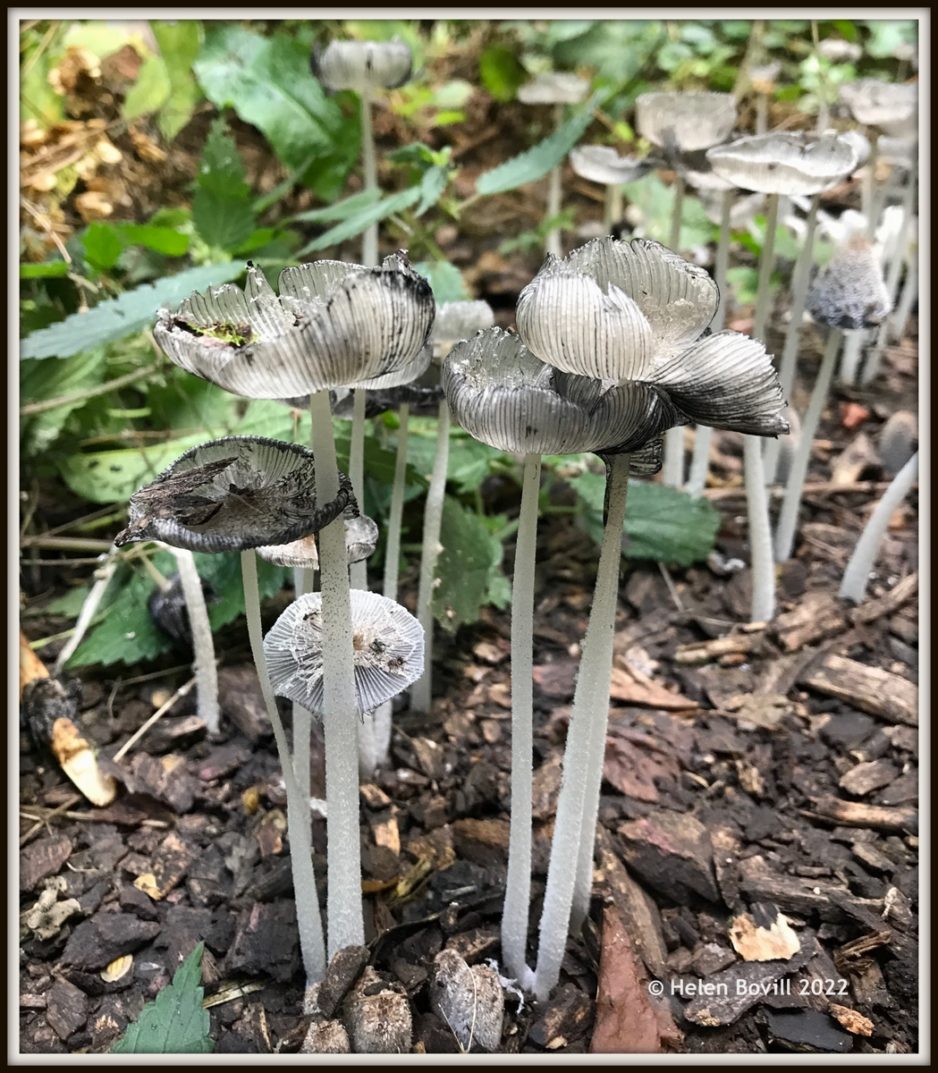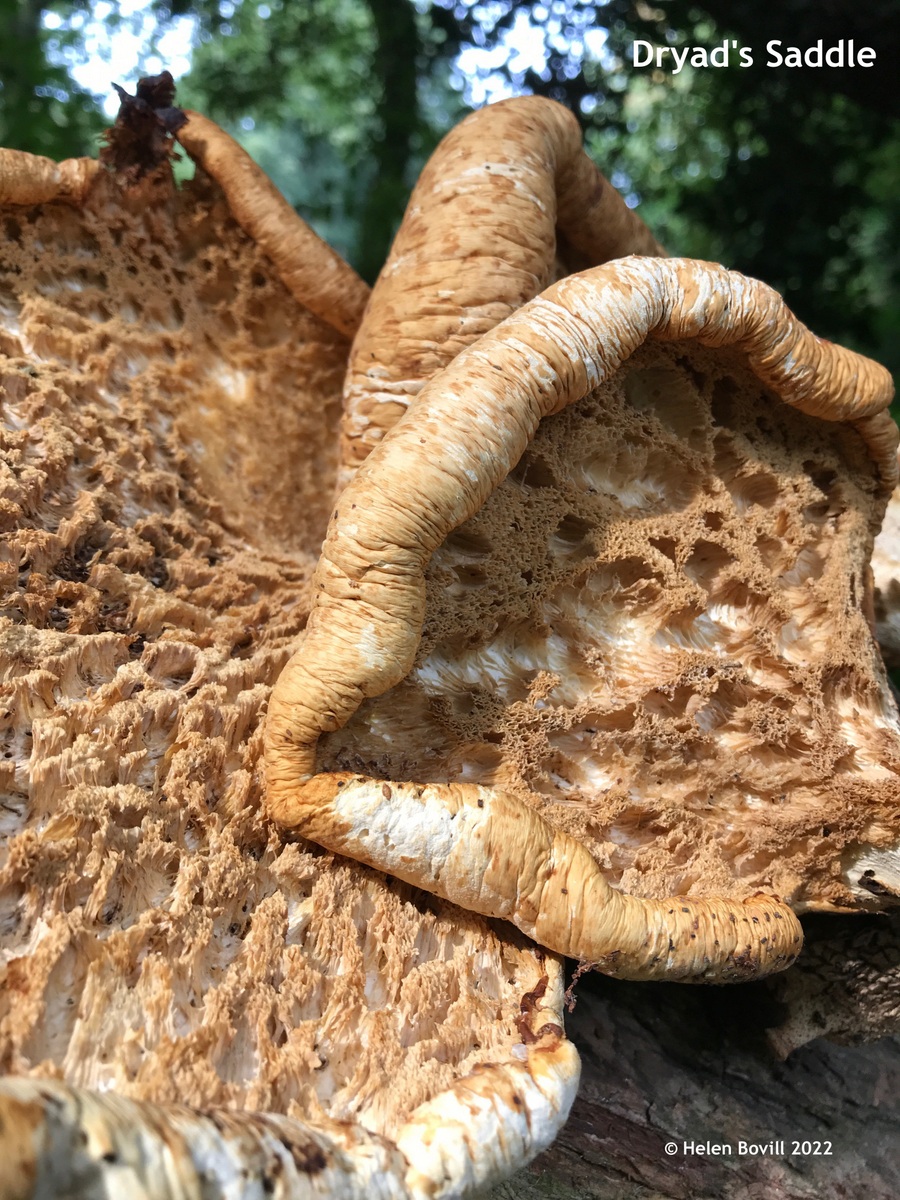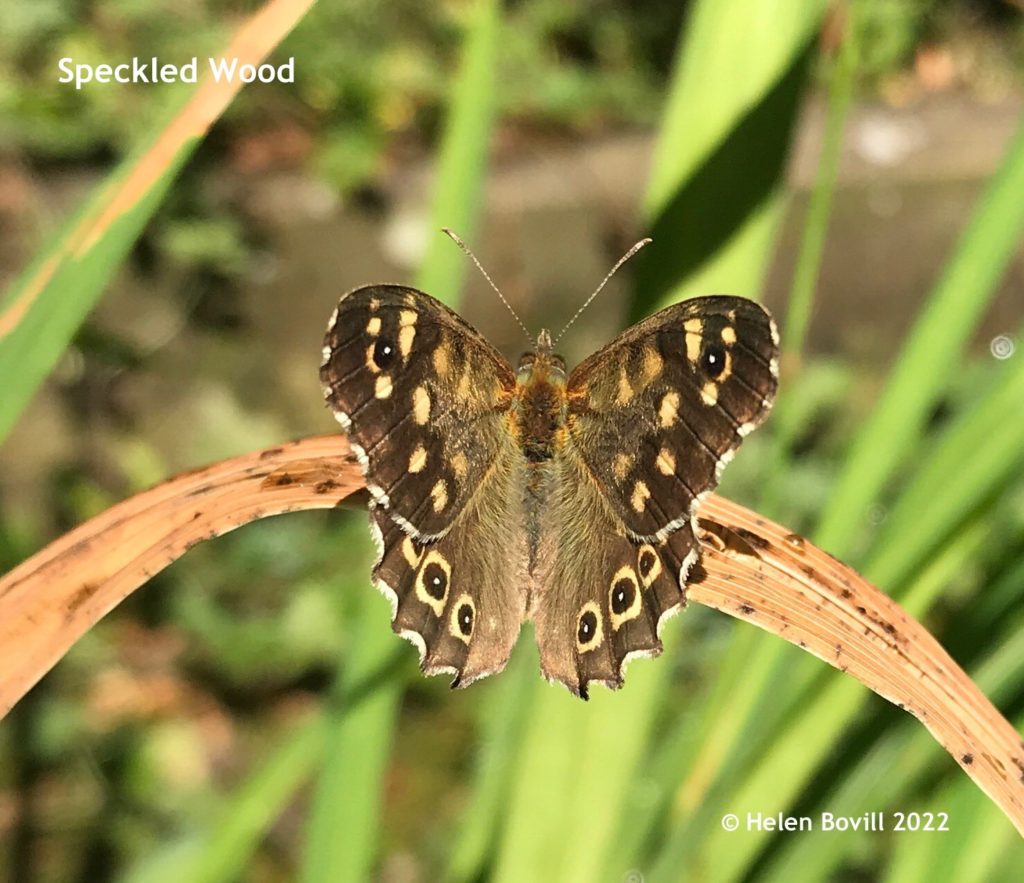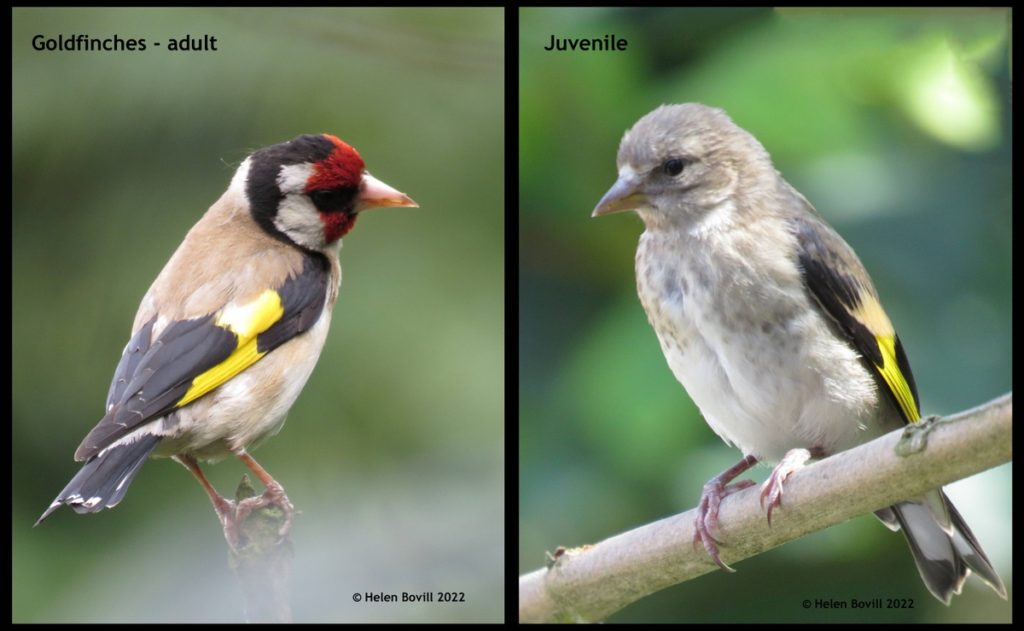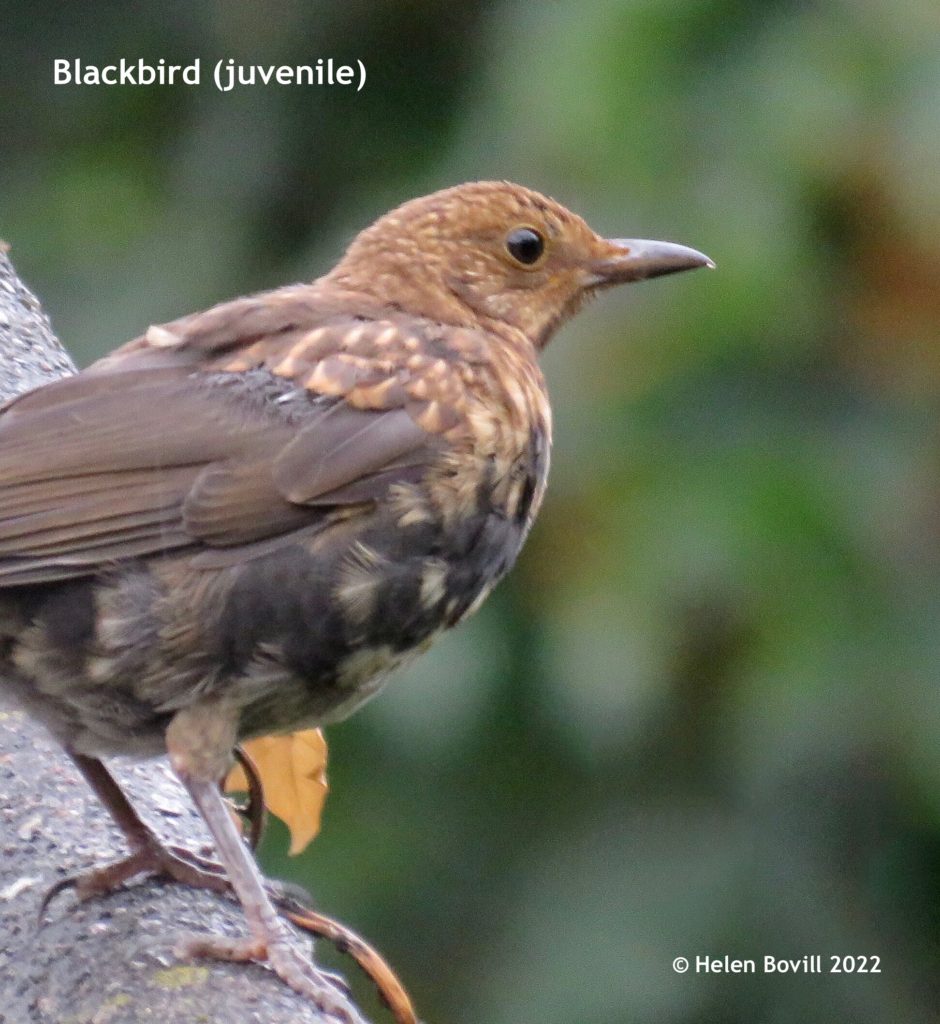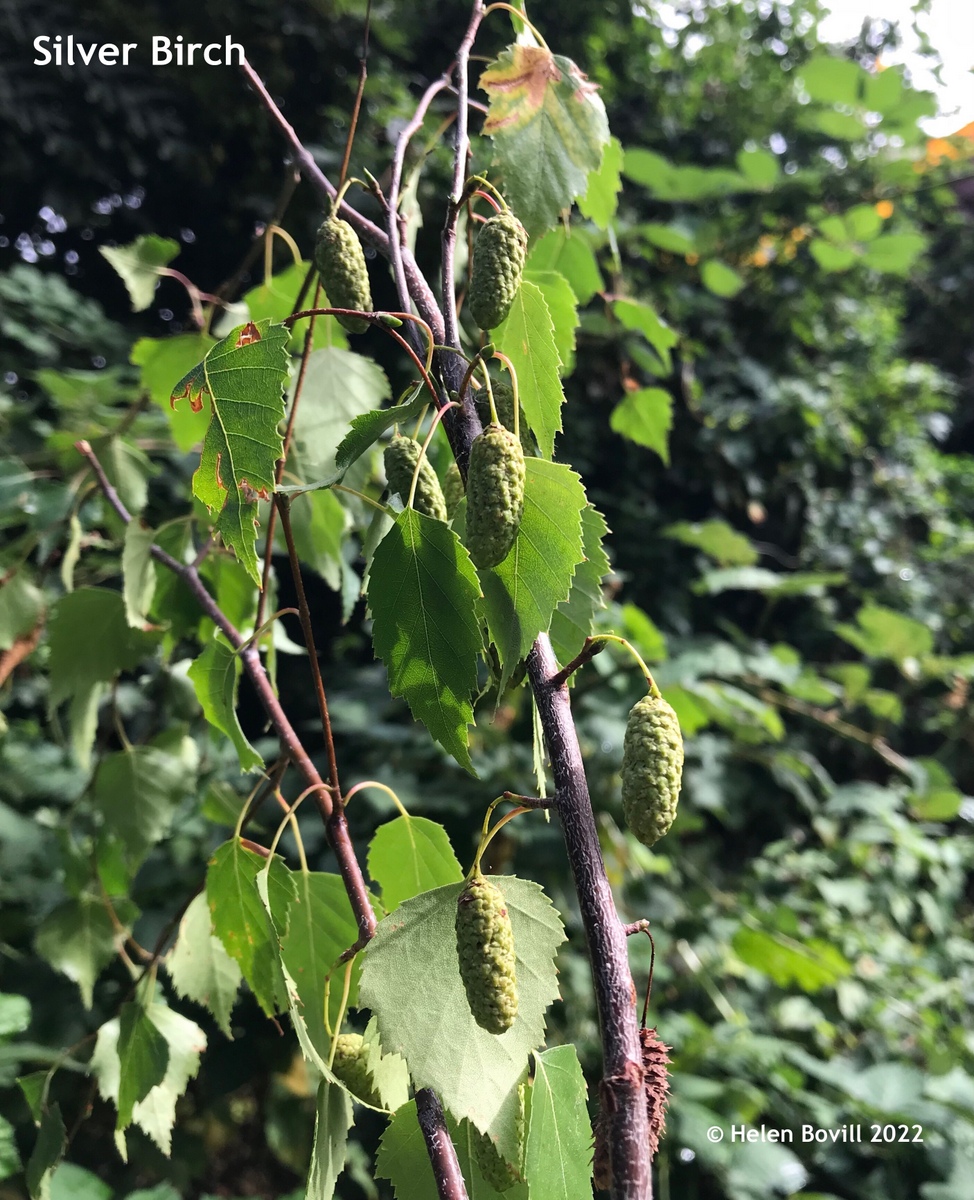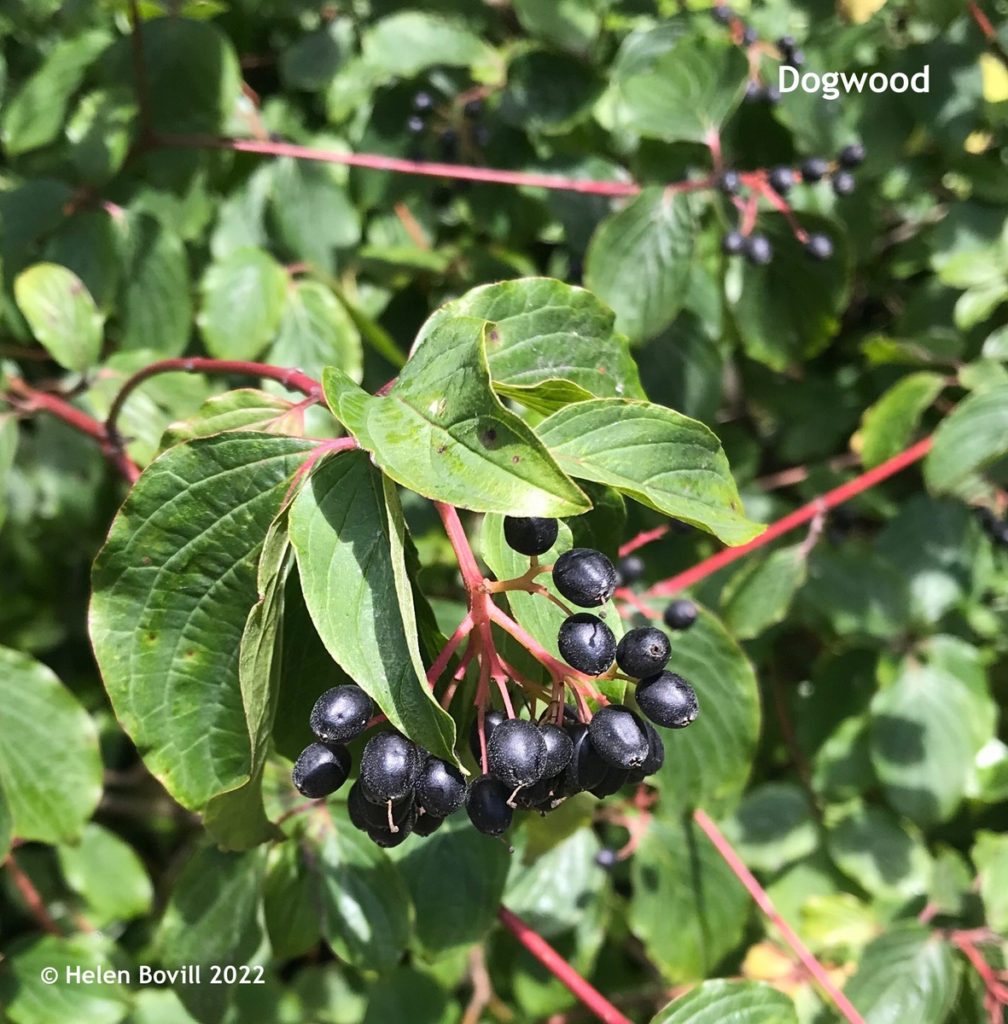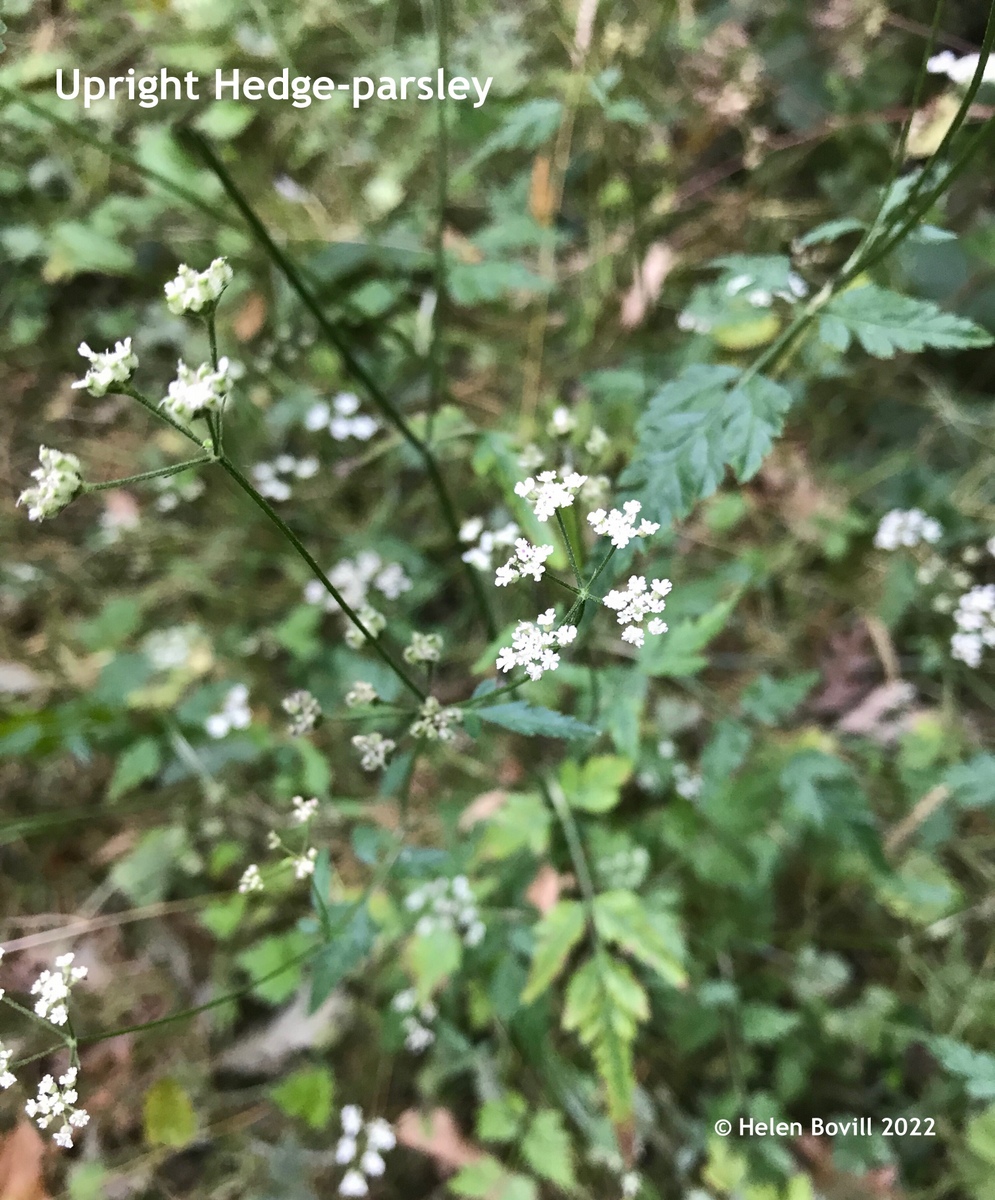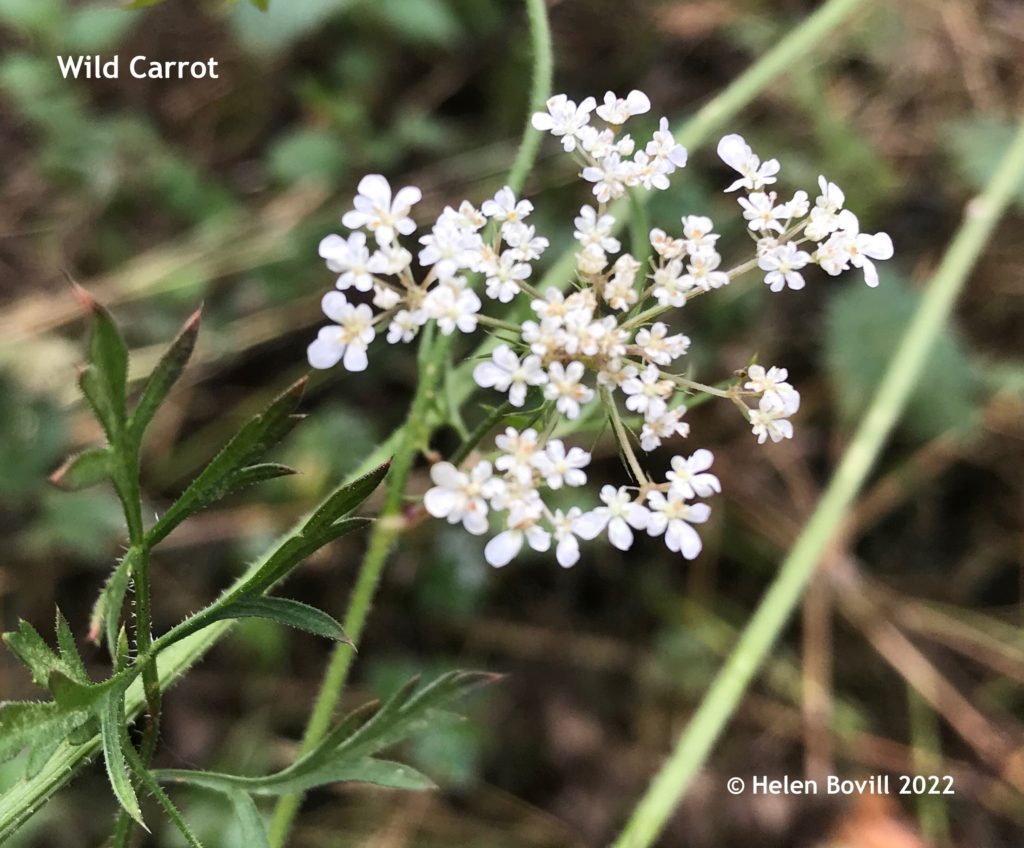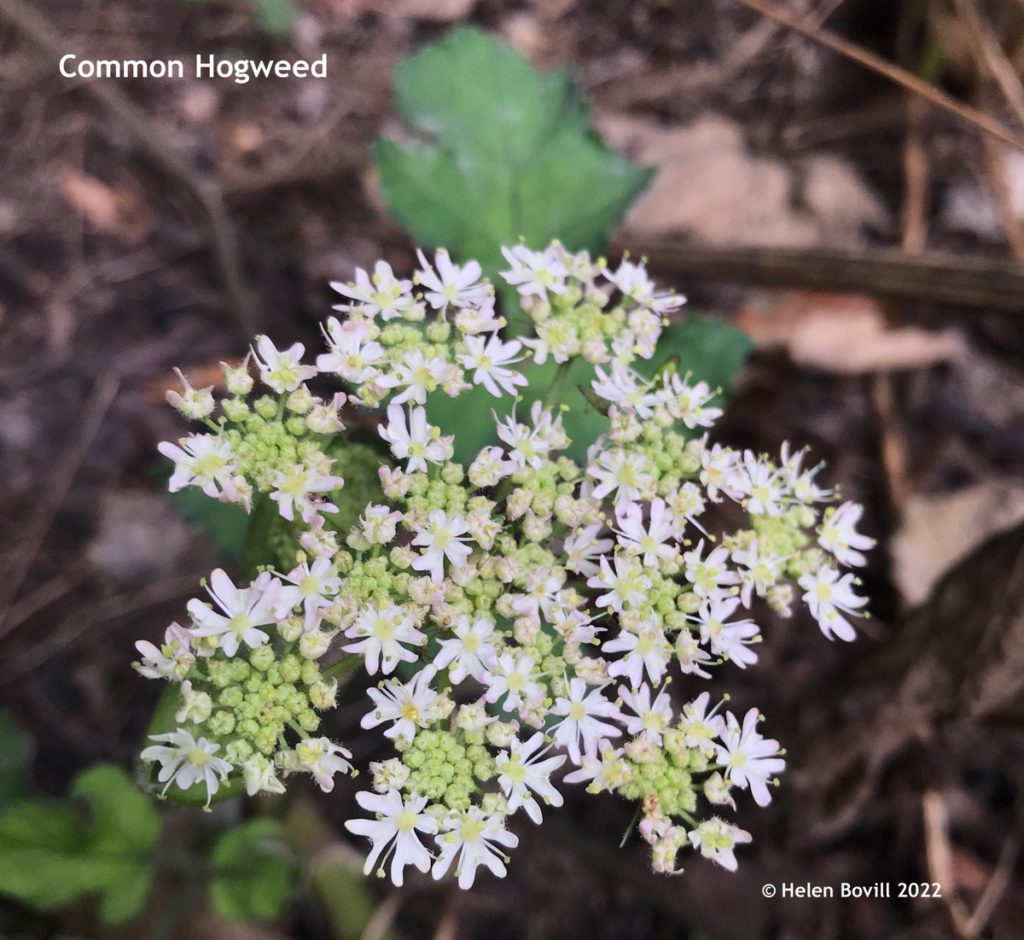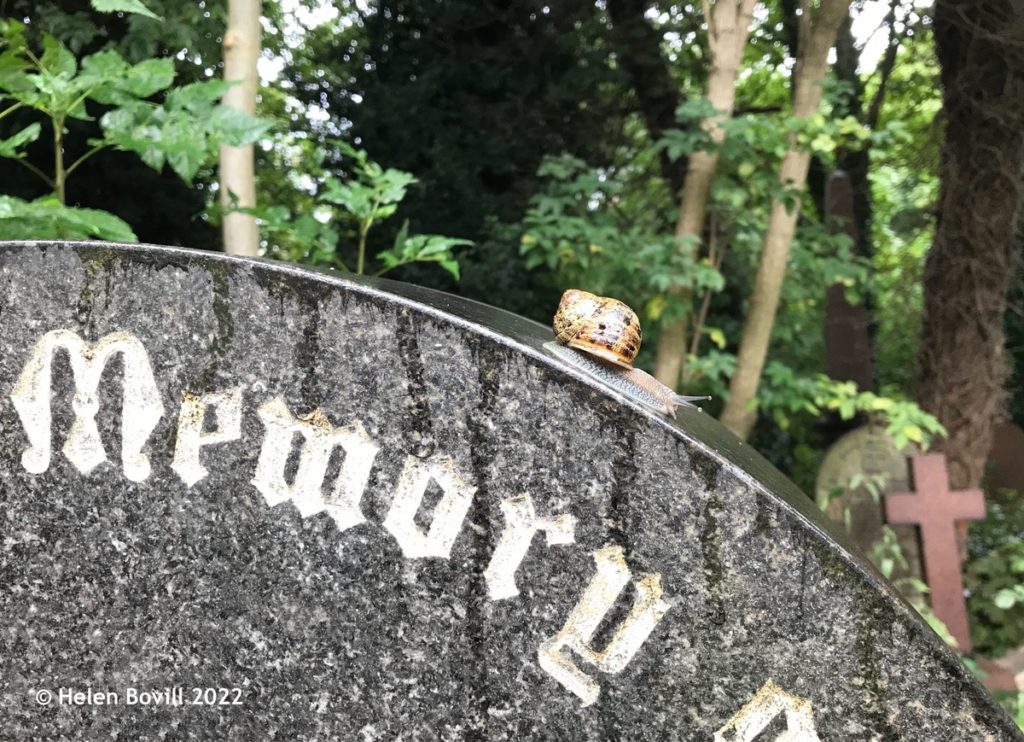May got off to a wet start, but there was plenty of warm sunshine throughout the month. I was away on holiday for 11 days in the middle of the month and when I got back home, I couldn’t believe the amount of growth there had been while I was away! The leaves on the trees are almost fully open, flowers are blooming everywhere and the cemetery wildlife is making the most of this late Spring abundance. The month ended on a cool but dry note.
Plants and flowers
The Bluebells were nearly at their peak when the above photo was taken. The vast majority of them are not the native British Bluebells but a Spanish variety. Most are blue of course, but I did see a few pink ones and quite a few white ones too. The stems have a more upright appearance whereas the native British ones have a more downward curving stem. Their flowering reached its peak in the middle of the month.
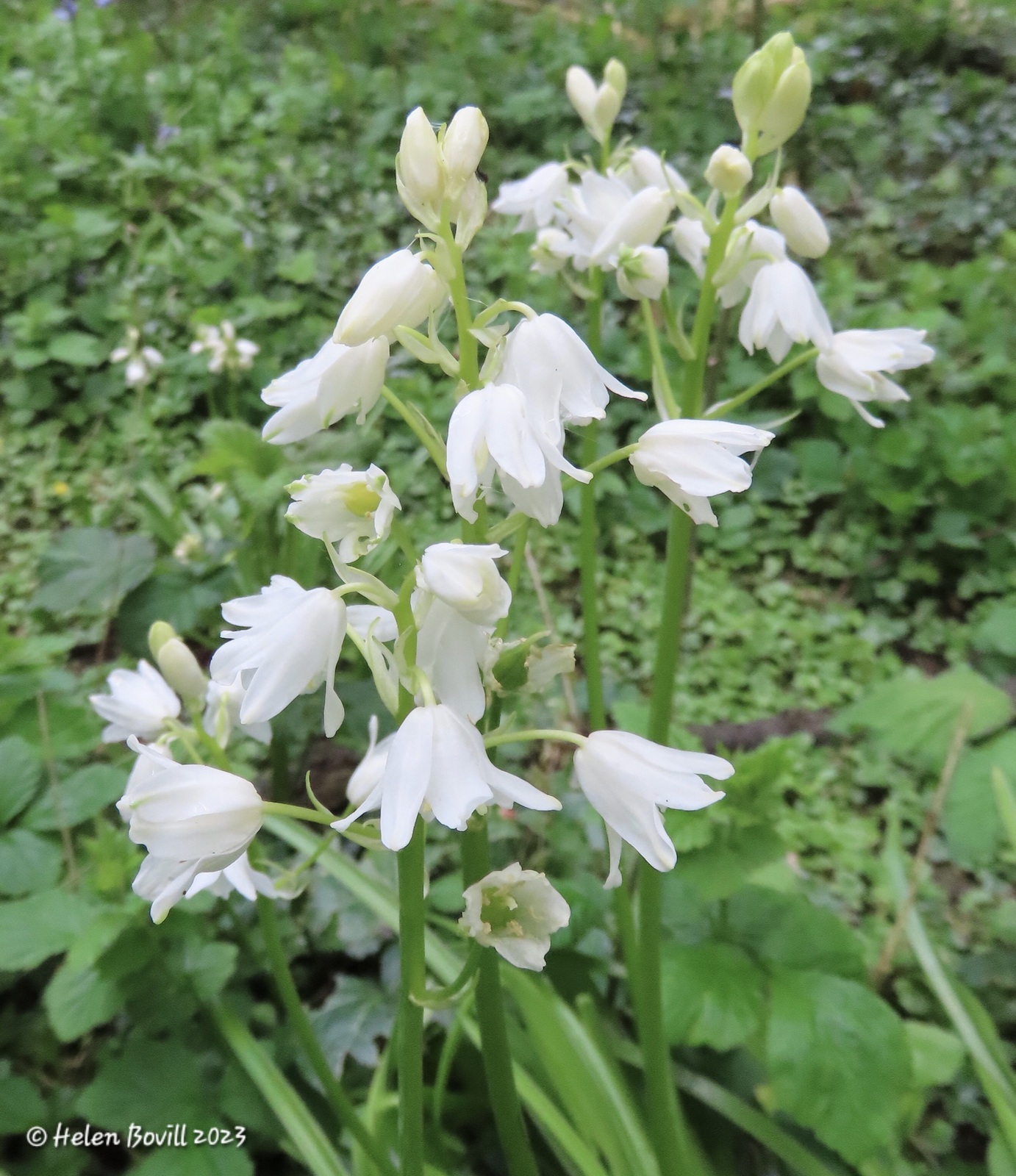
Another seasonally abundant plant in the cemetery is the Wild Garlic which is also known as Ramsons. It started to flower a bit later than usual but by the end of the month it had reached its peak.
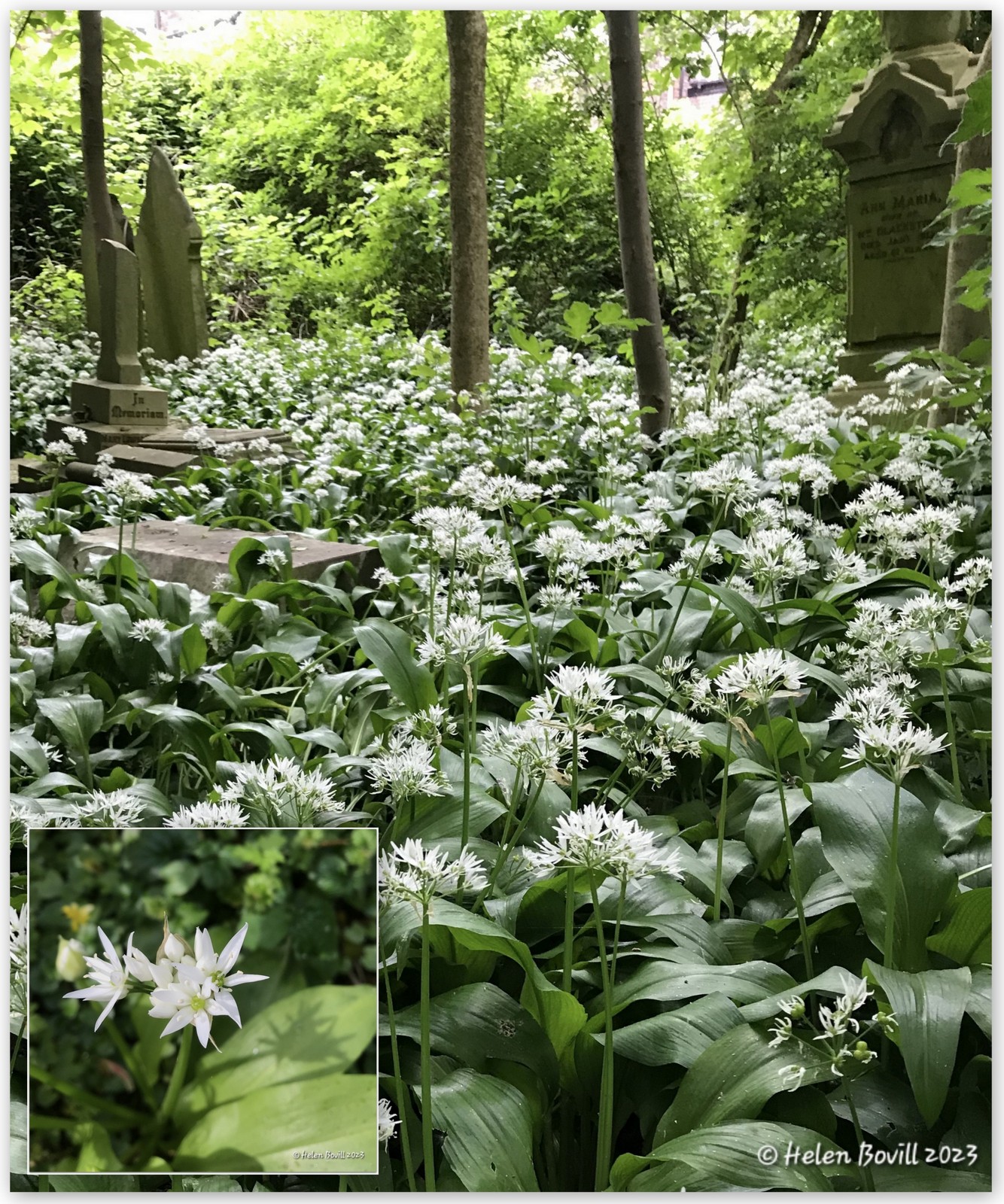
Some more of the wildflower plants the volunteers set along the Spring Bank West verge last Autumn are now in flower, including Oxeye Daisies, Red Campion and Ribwort Plantain.
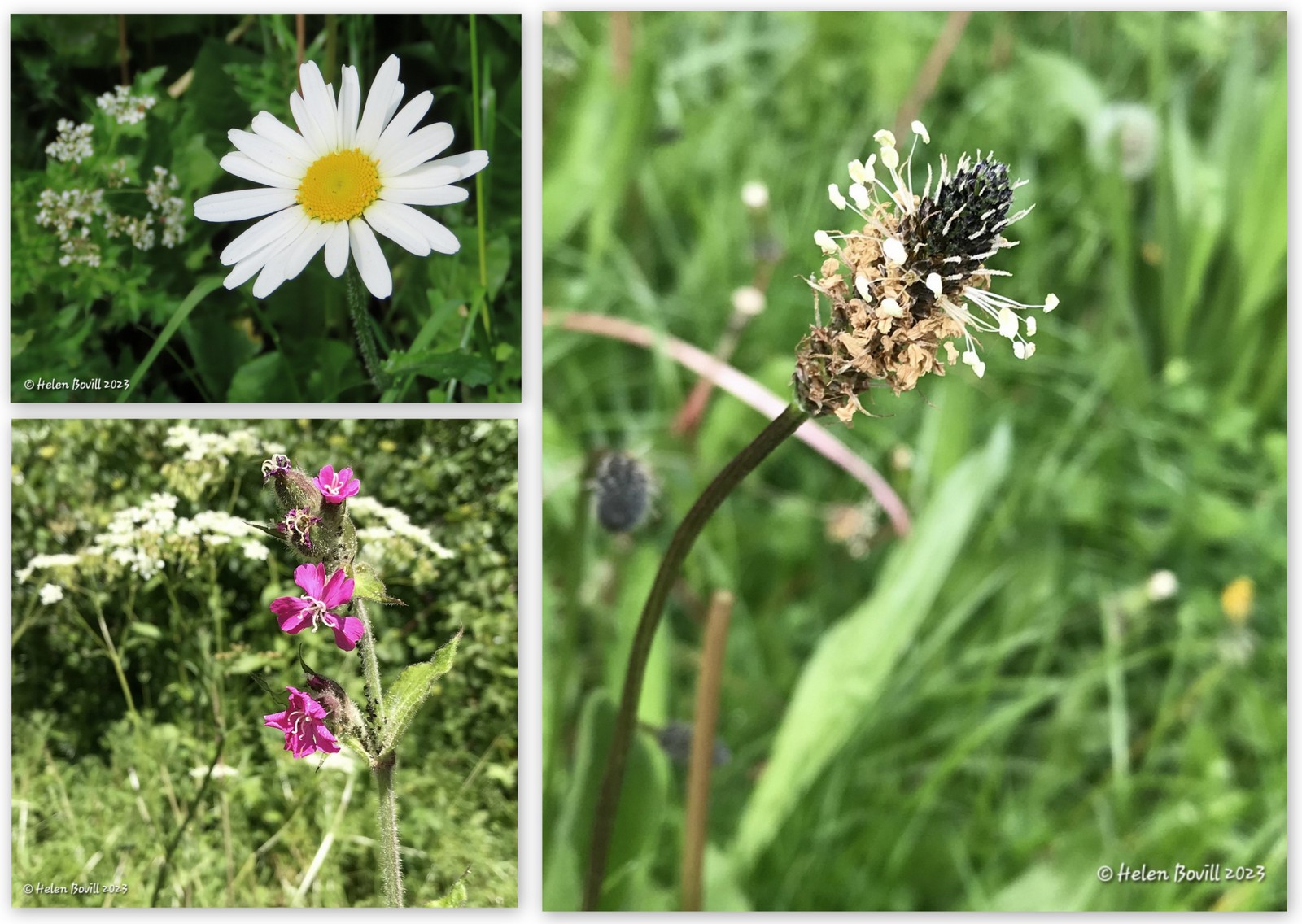
There is a lot of Cow Parsley growing along the verge. I also saw some more yellow flowers in the same family as Dandelions including Smooth Sow Thistle. There are many similar-looking yellow flowers growing in and around the cemetery, so it isn’t always easy to say what some of them are. But I think one of the plants is Hawk’s-beard.
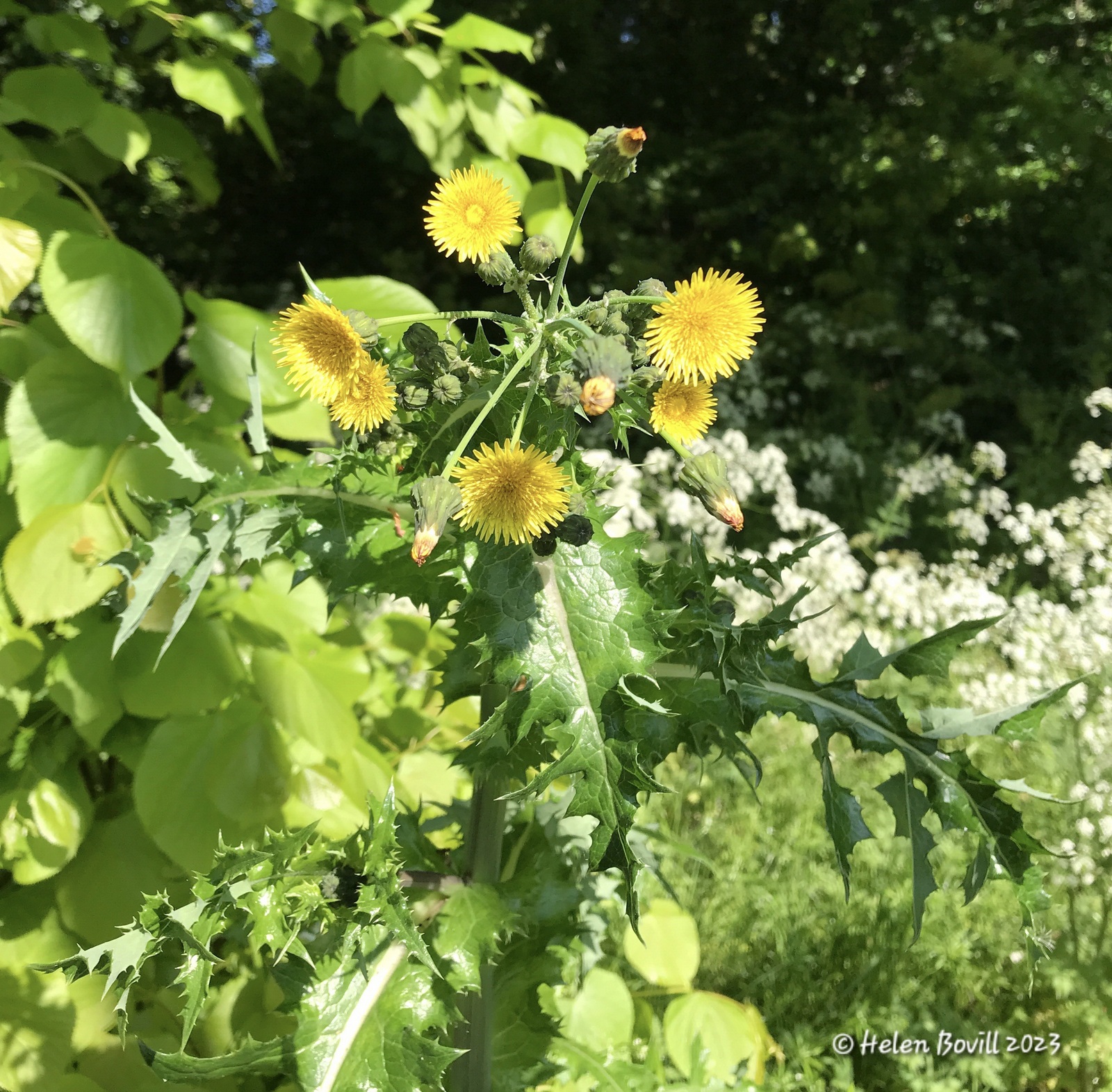
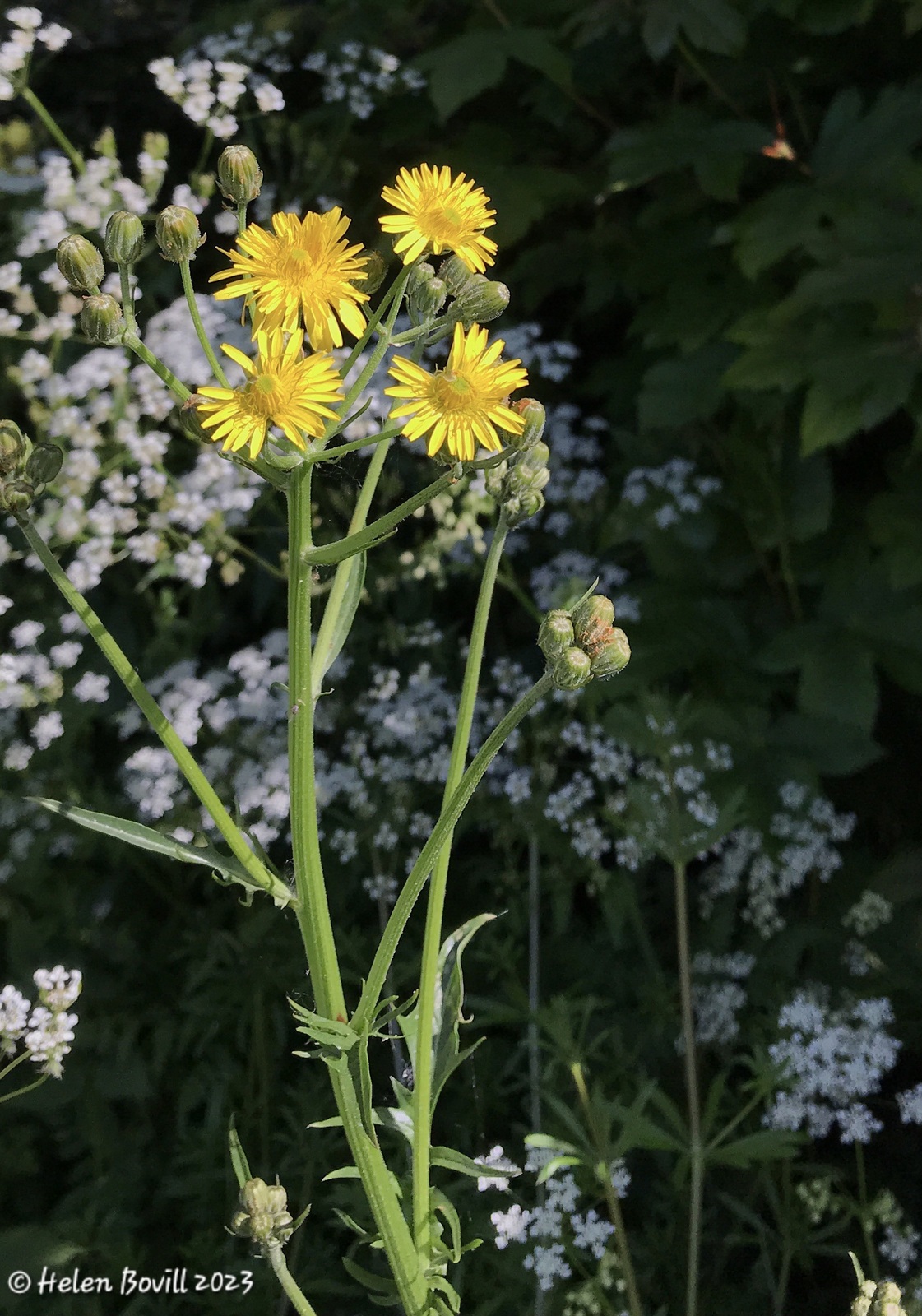
I found another yellow flower in the cemetery – this Greater Celandine. It’s much taller than the Lesser Celandine, of which there are still a few to be seen in the cemetery.
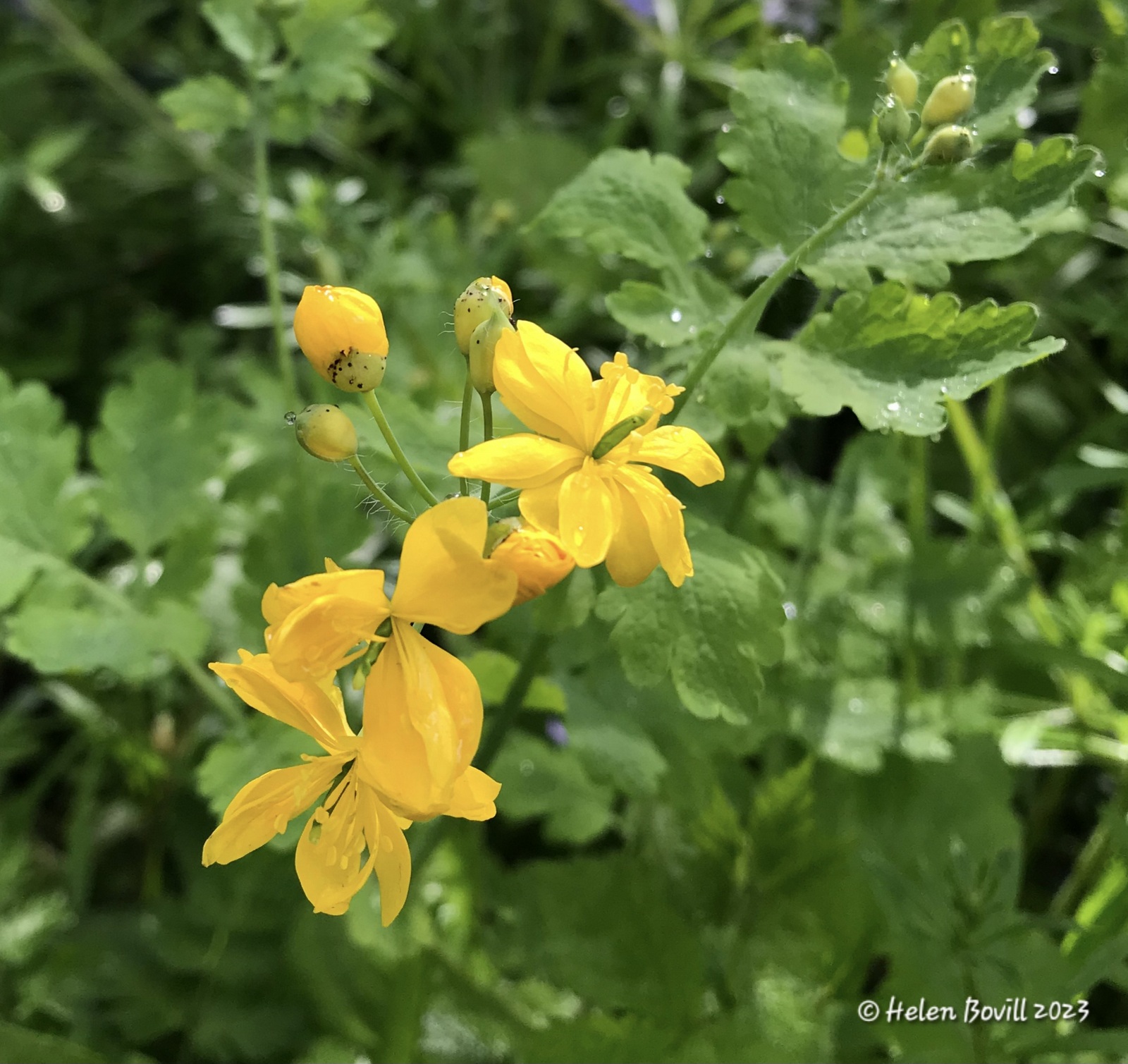
The Hedge Mustard is now flowering. This plant has a tiny yellow flower and is easy to miss, but the cemetery wildlife seems to like it as I often found butterflies on it.
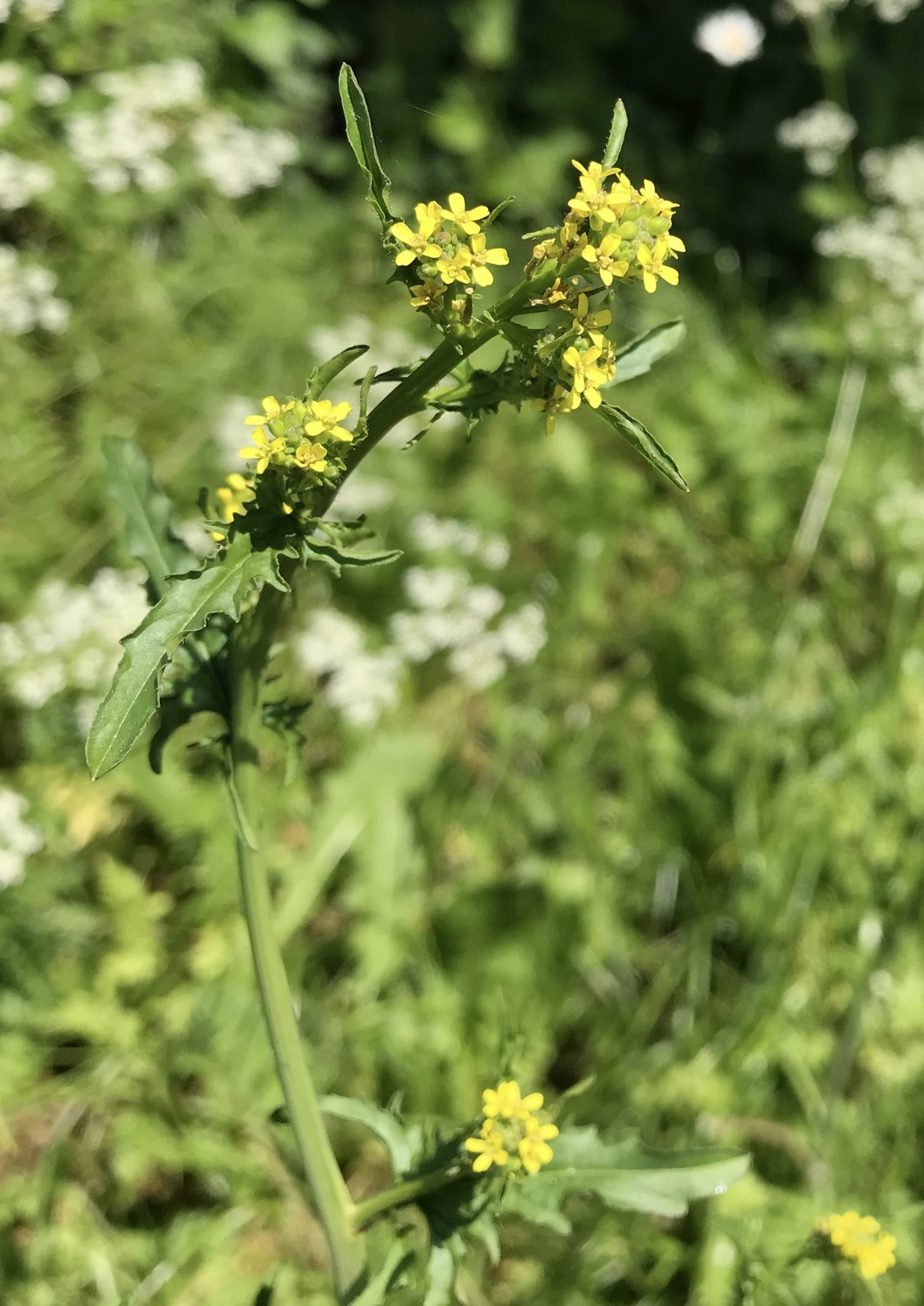
It’s nice to see other colours appearing in amongst all the white and yellow such as the Periwinkle, and a few of the plants are still in flower. There are a lot more Germander Speedwell growing in the cemetery this year and their vivid little blue flowers are easy to spot among the greenery. But the plant with the tiniest flowers must surely be the Ivy-leaved Speedwell. There is a lot of it growing in various places but you might not have noticed the flowers because they’re such a pale colour and they’re only about 4 mm wide.
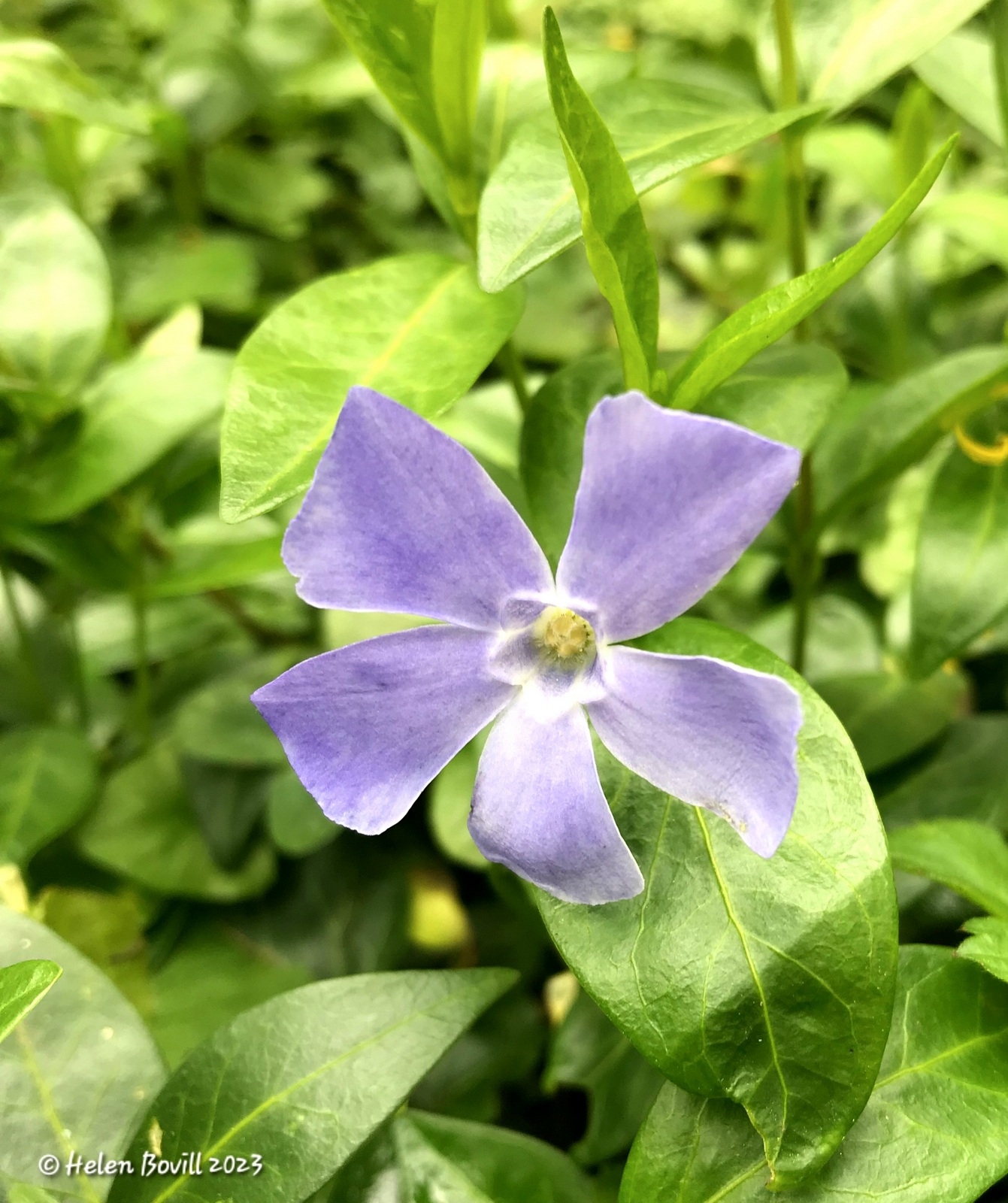


I also found some Rock Crane’s-bill growing in the Cemetery, and some Herb Robert. These splashes of pink contrast nicely with the greenery.

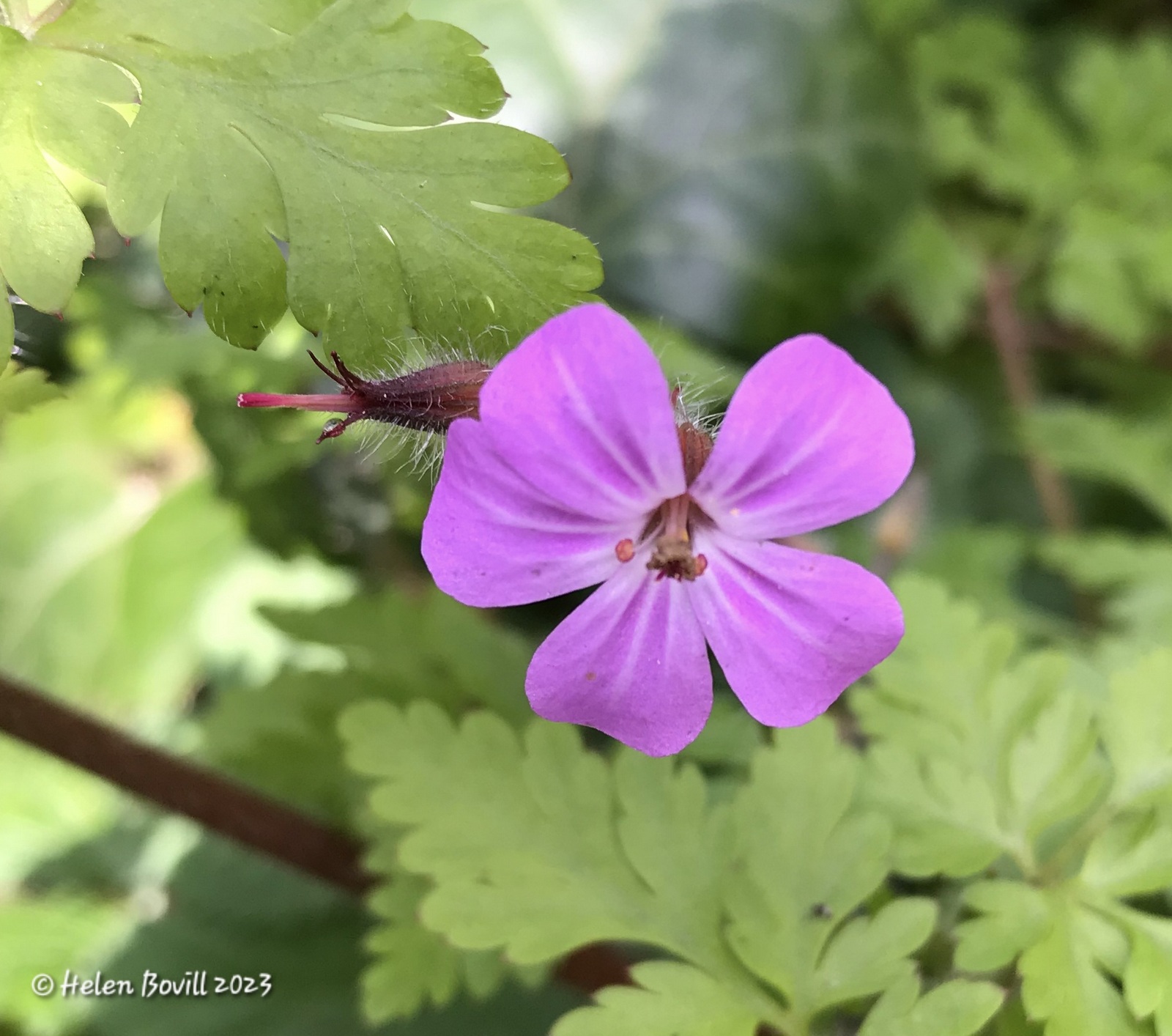
Herb Robert
Insects
I haven’t seen any new species of butterfly this month. Those that I did see on several occasions were the Orange-tip, Green-veined White, Small White, Large White and Holly Blue on the grass verge. And I could almost guarantee seeing a Speckled Wood in the Quaker Burial Ground every sunny day this month!
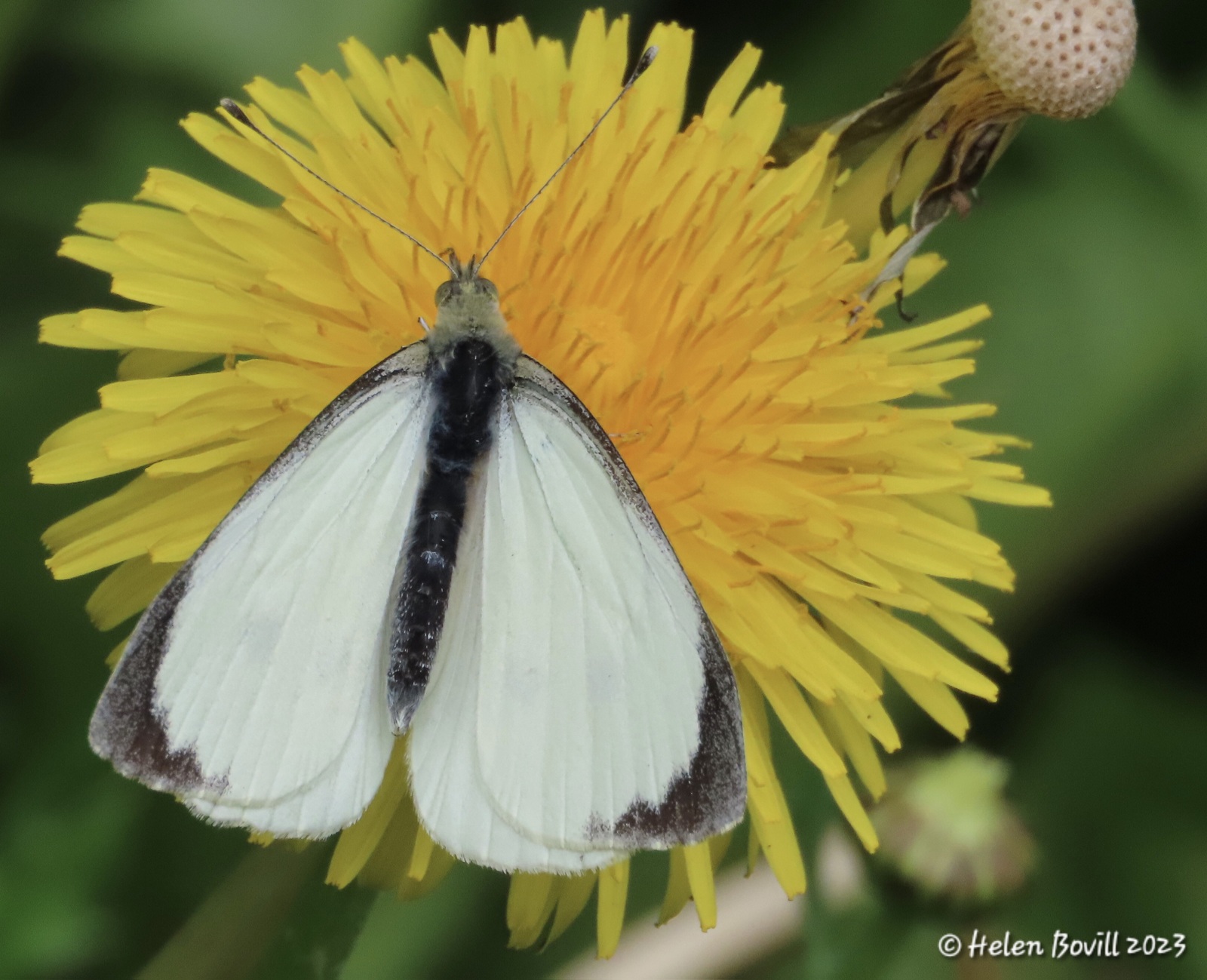
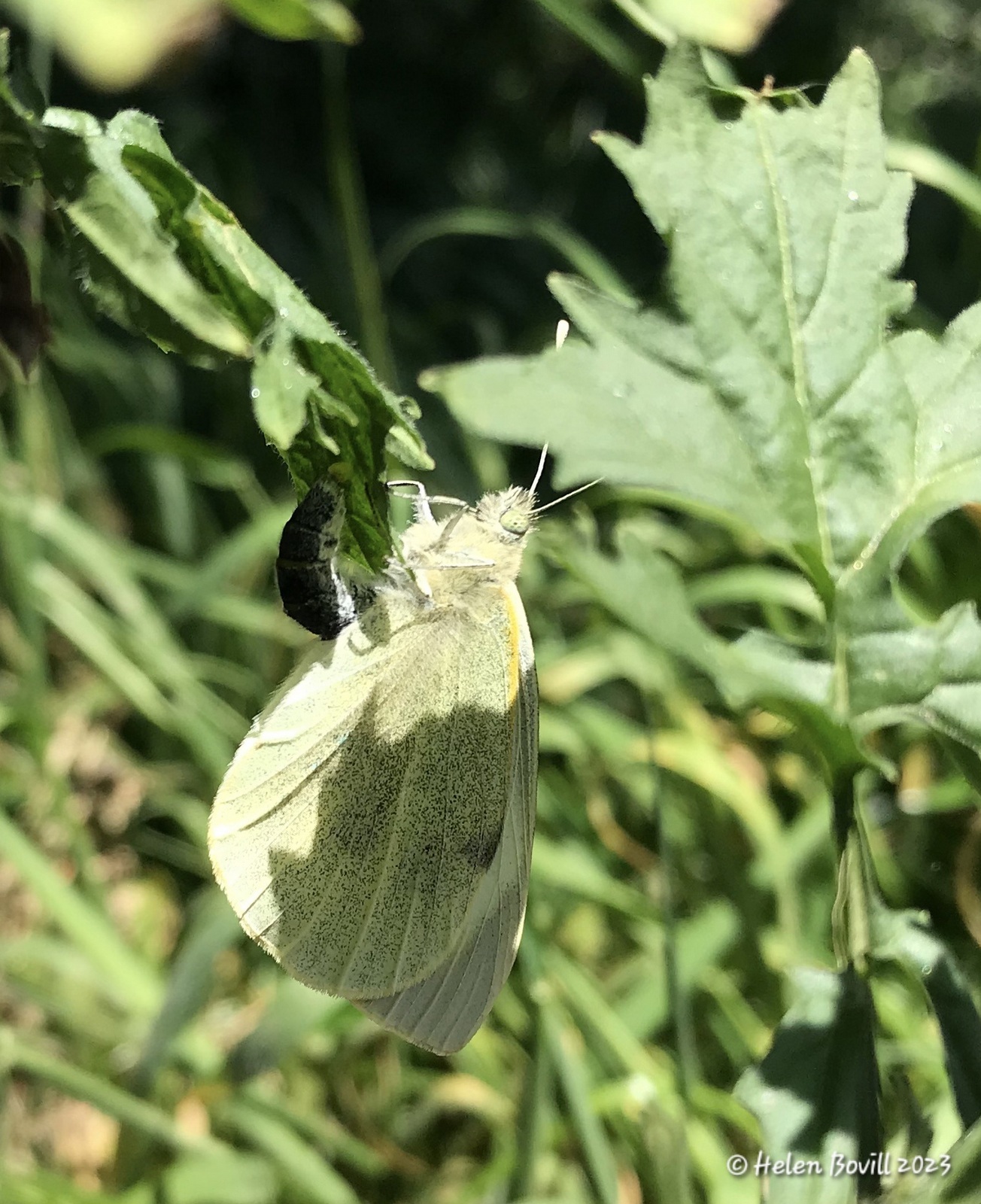

I was very pleased to see this – a Common Green Shield Bug – early in the month. There are several species of Shield Bug native to the UK and they get their name from a shield-shaped mark on their backs, although it’s not particularly visible in this photo.

The grass verge was buzzing with hoverflies and several species of bee this month, including this Red Mason Bee.

Birds
I saw the usual species I’d expect to see throughout the month, such as Magpies, Carrion Crows, Wood Pigeons, Blue Tits, Great Tits, Chaffinches, Wrens, Blackbirds and Robins. I occasionally saw Dunnocks, Long-tailed Tits and Stock Doves but I didn’t see any Coal Tits this month. In fact it’s been a while since I last saw one.
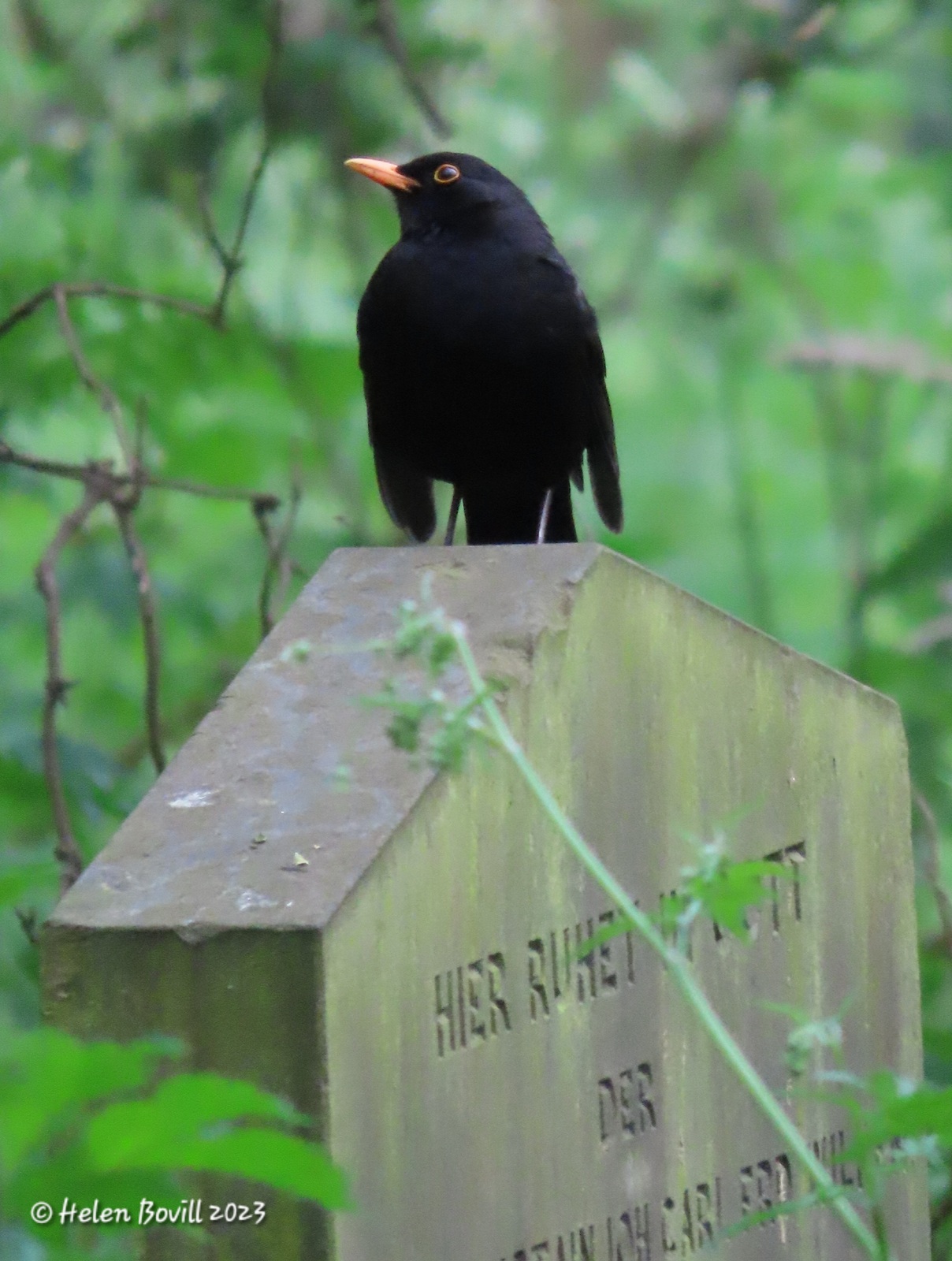
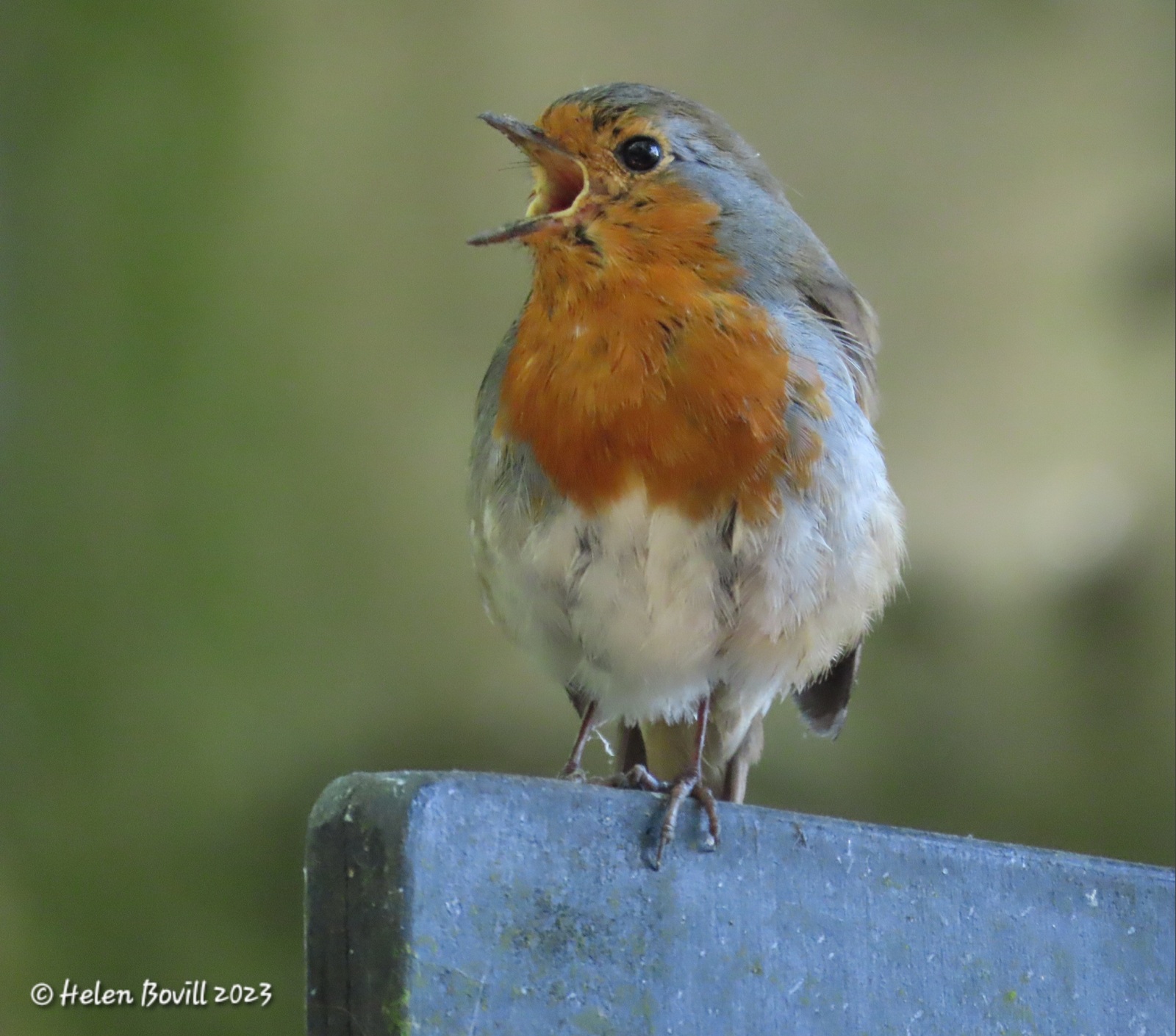
I also heard Chiffchaffs calling from high up in the trees, hidden by the leaves. I also saw what I think was a Sparrowhawk perched atop the tower of Thoresby Street school but this was just as the sun was setting and it was mostly in silhouette. Later in the month I got a brief glimpse of a male Blackcap but my most thrilling sighting was of a male Bullfinch one day, and then a couple of days later I saw a male and a female together. Unfortunately, I didn’t manage to get any photos.
Conclusion
I’ve concentrated on the flowers and insects this month because there was so much variety to be seen. I also took part in the iNaturalist City Nature Challenge for Hull at the start of the month. Some of the photos I took for that project are included here. Each submission to the website/app is called an observation, and I made most of these observations in the Cemetery or on the grass verge. Here’s a link to the results for Hull:
https://www.inaturalist.org/observations?place_id=any&project_id=152160&subview=table&view=observers



